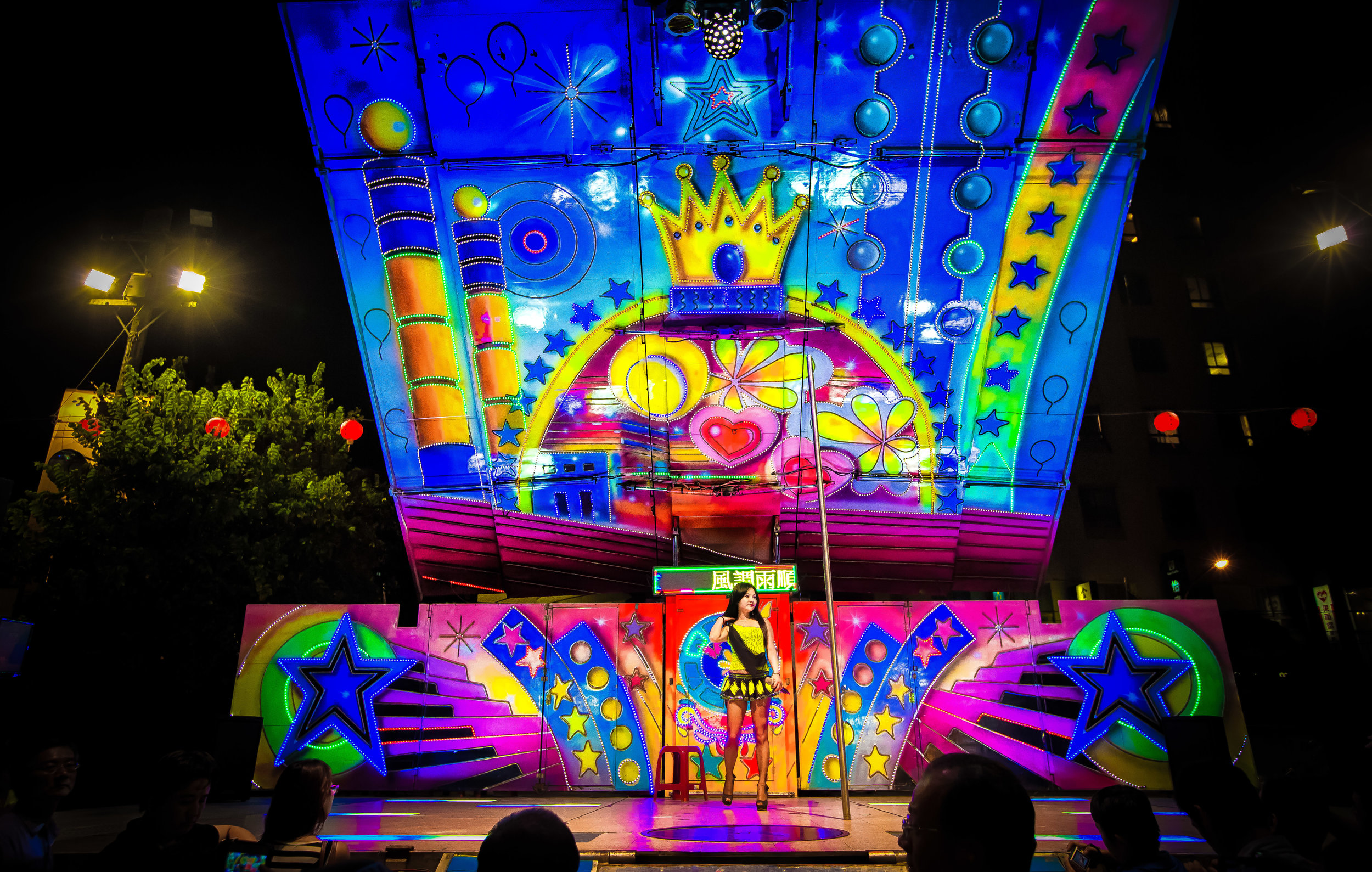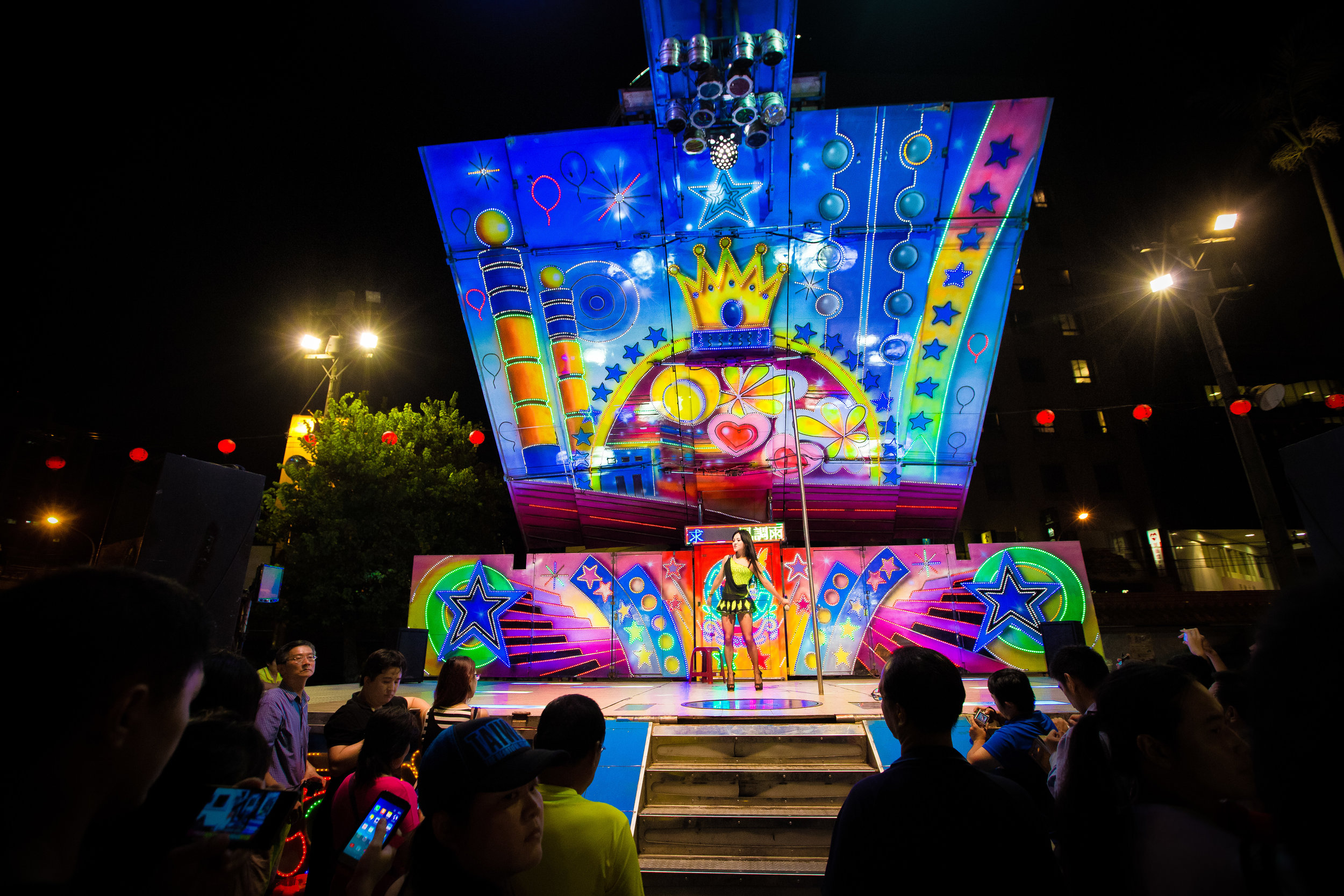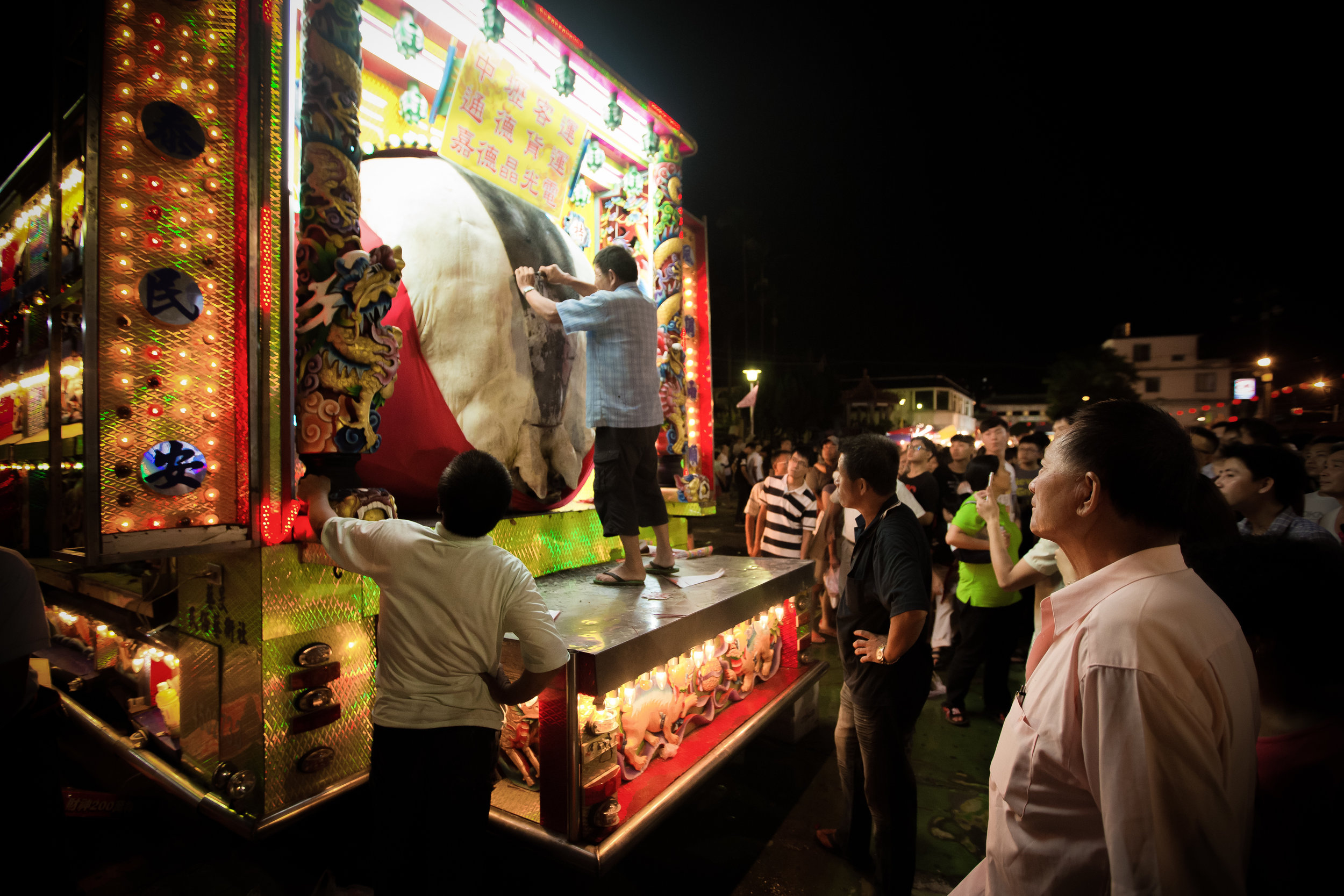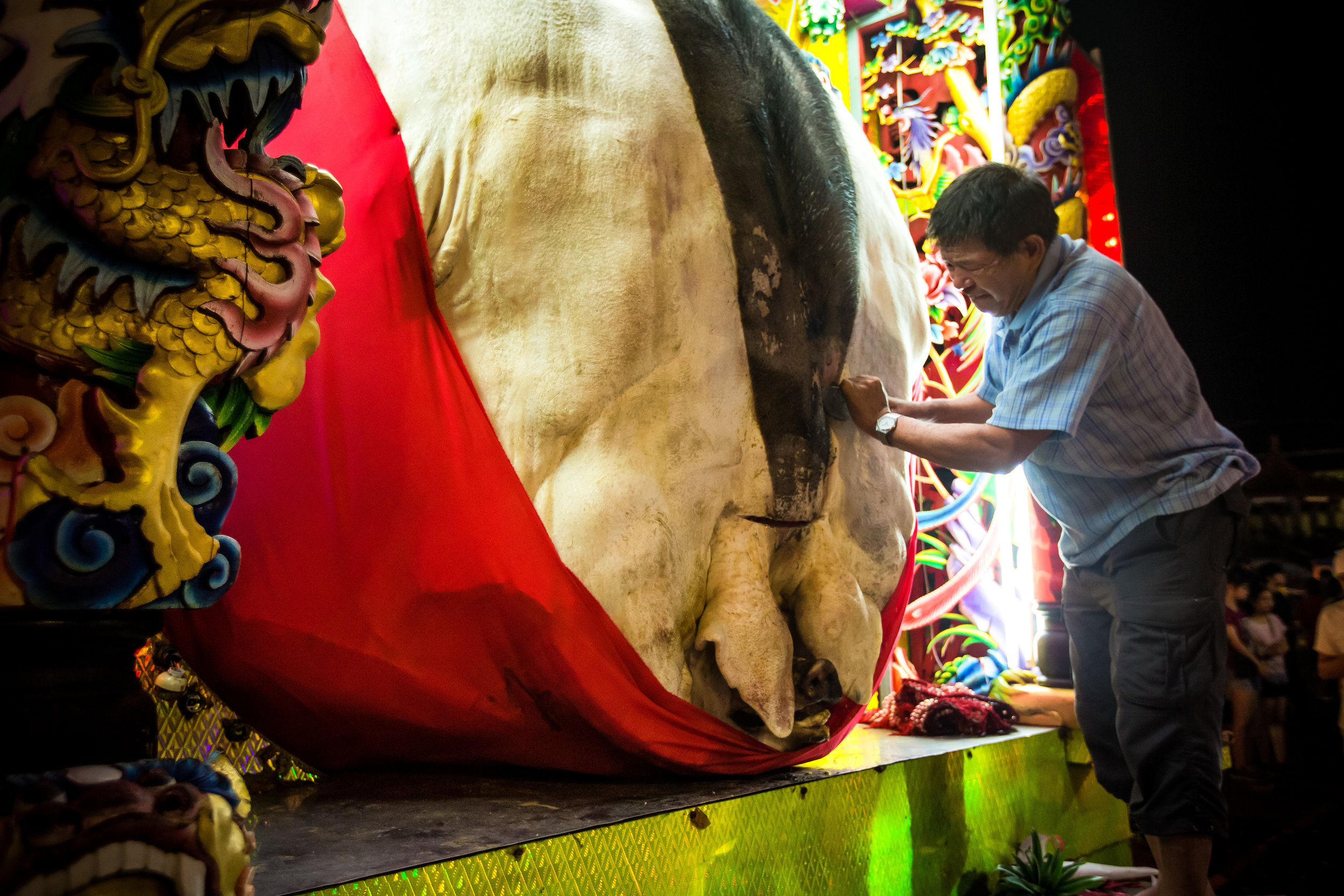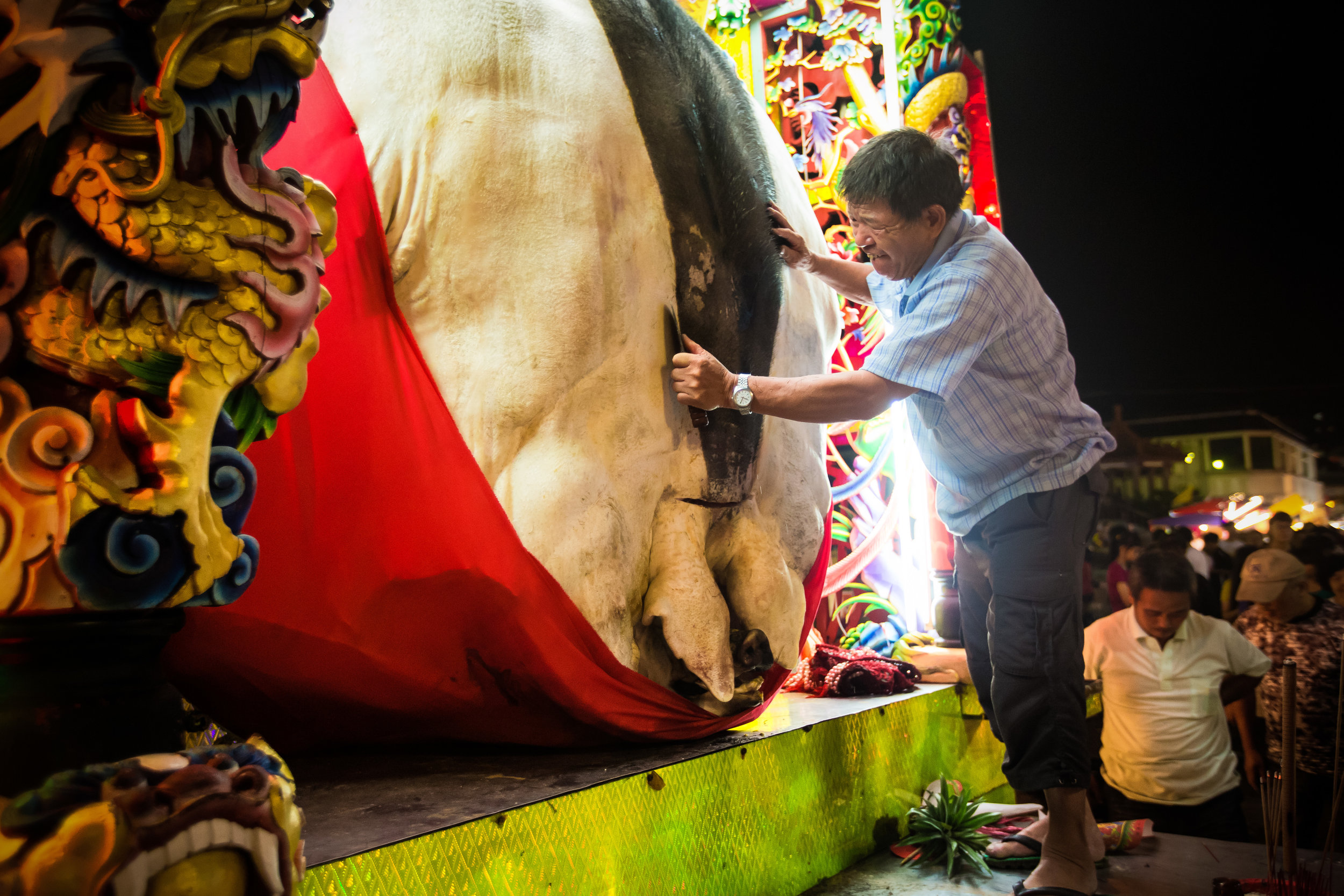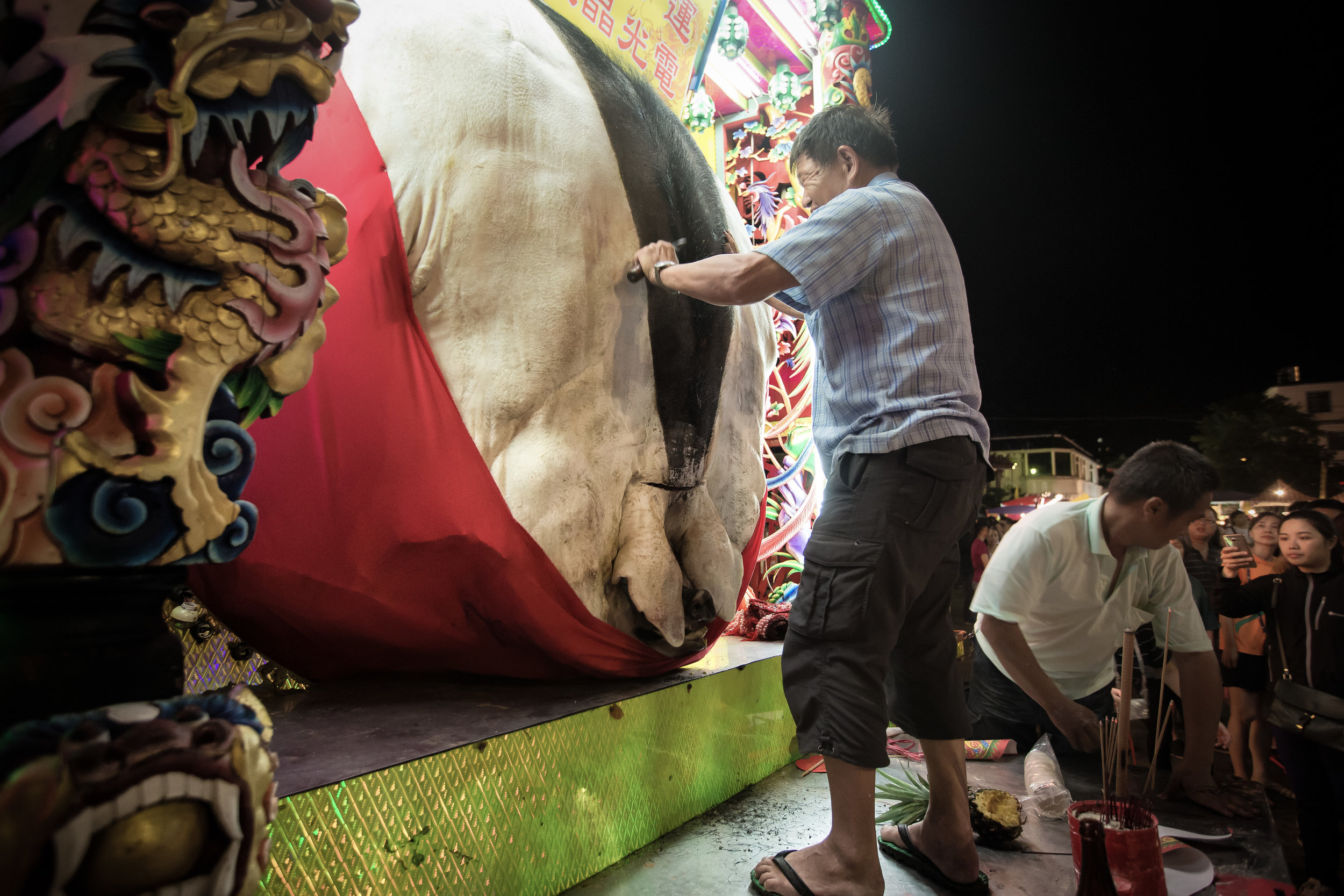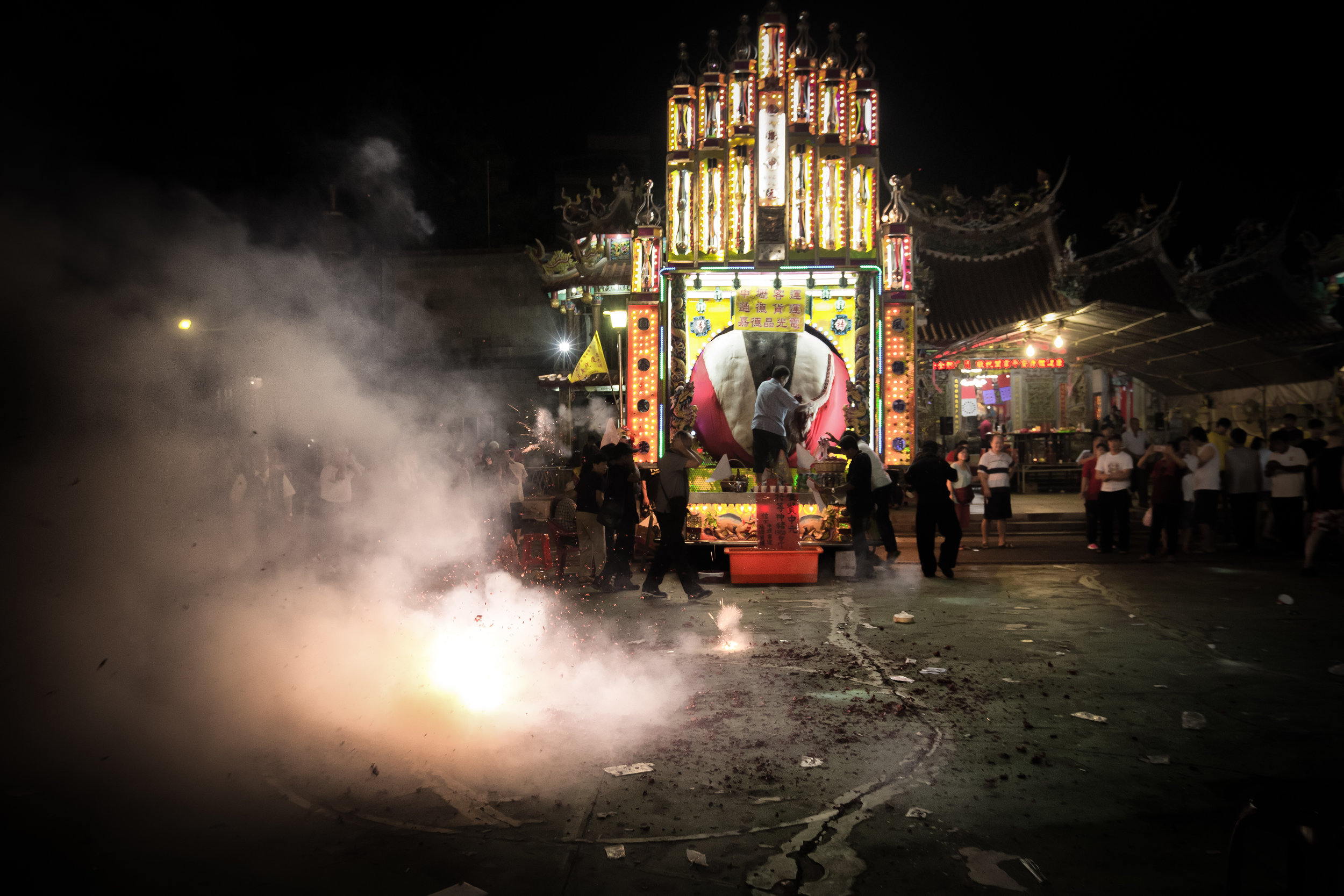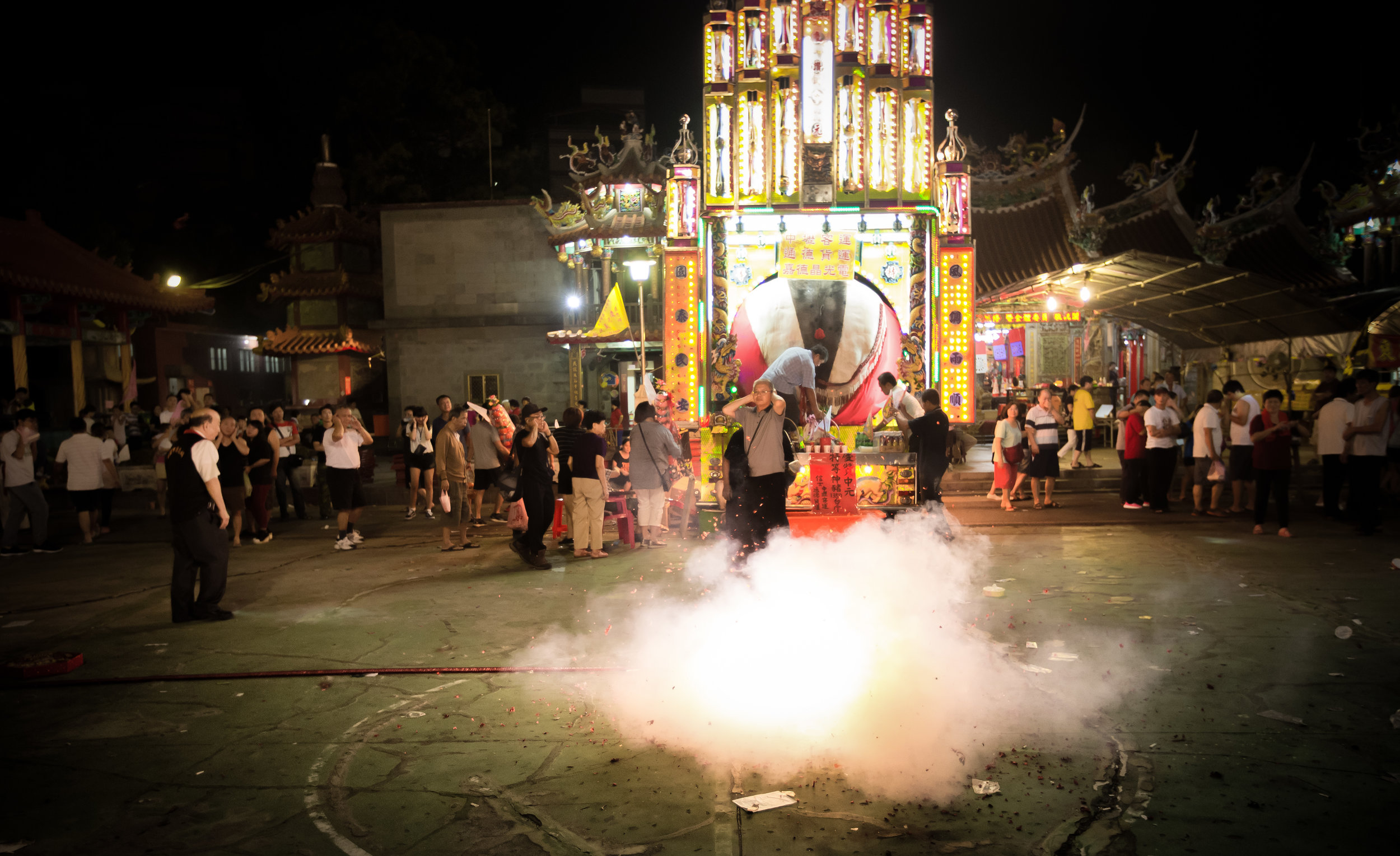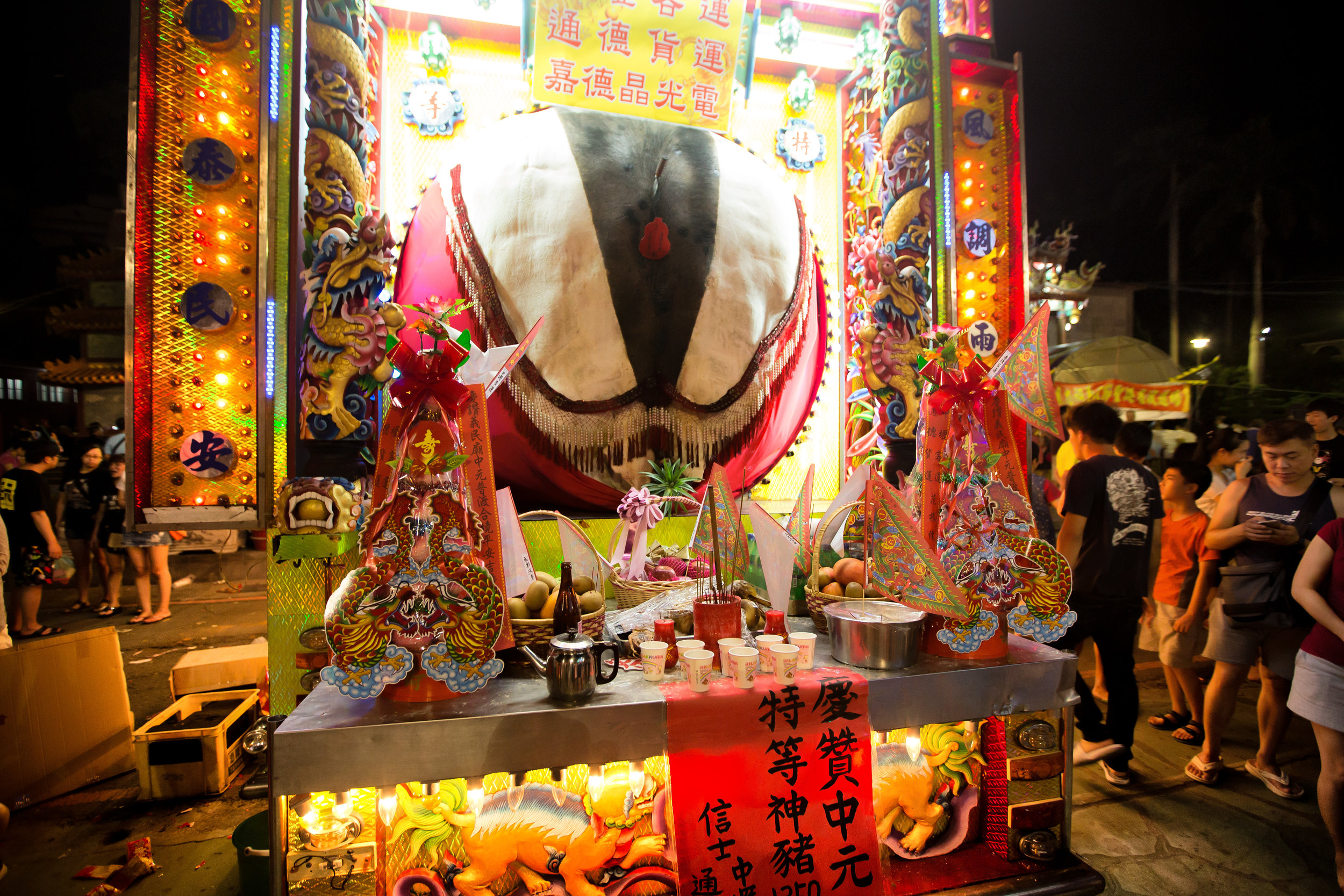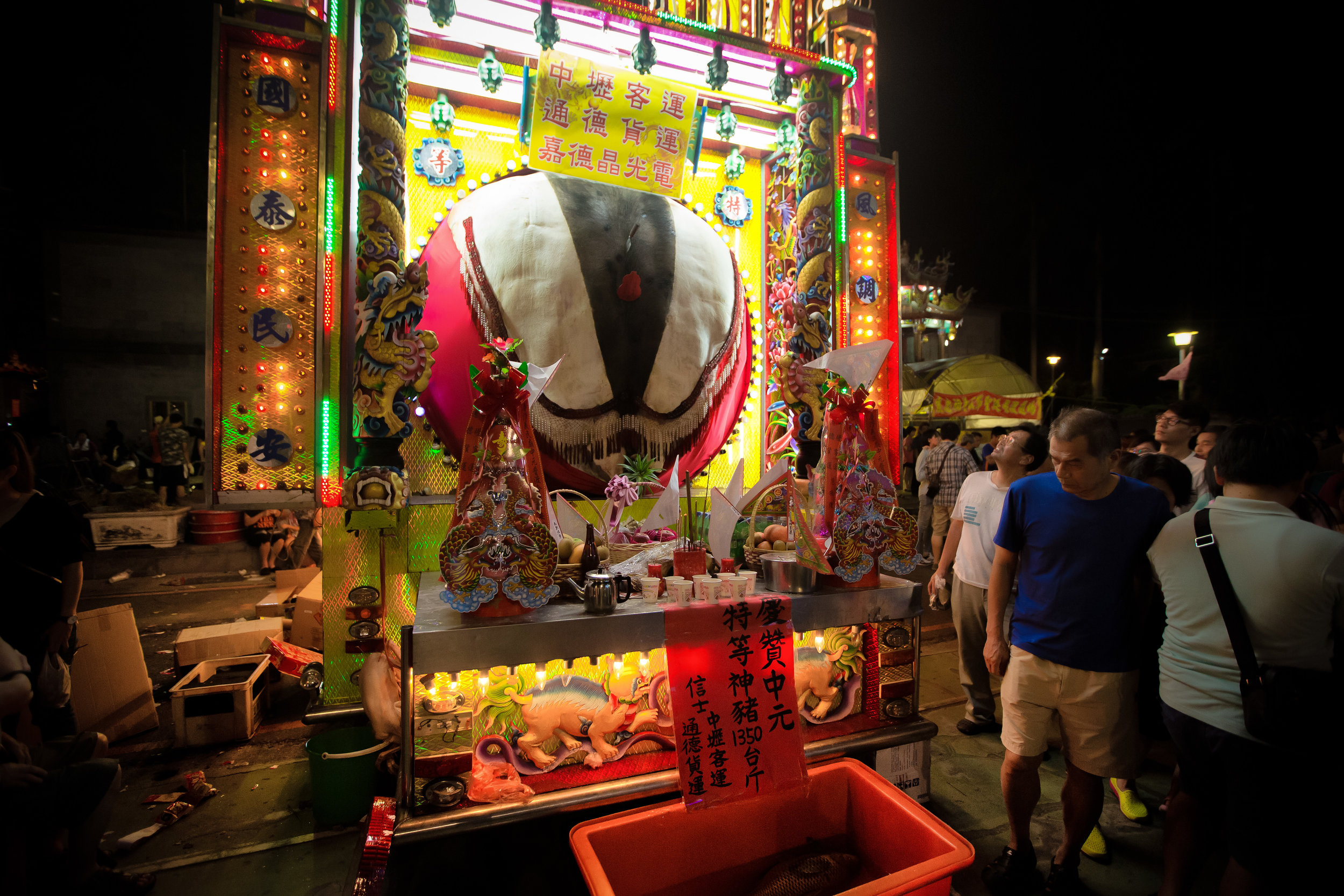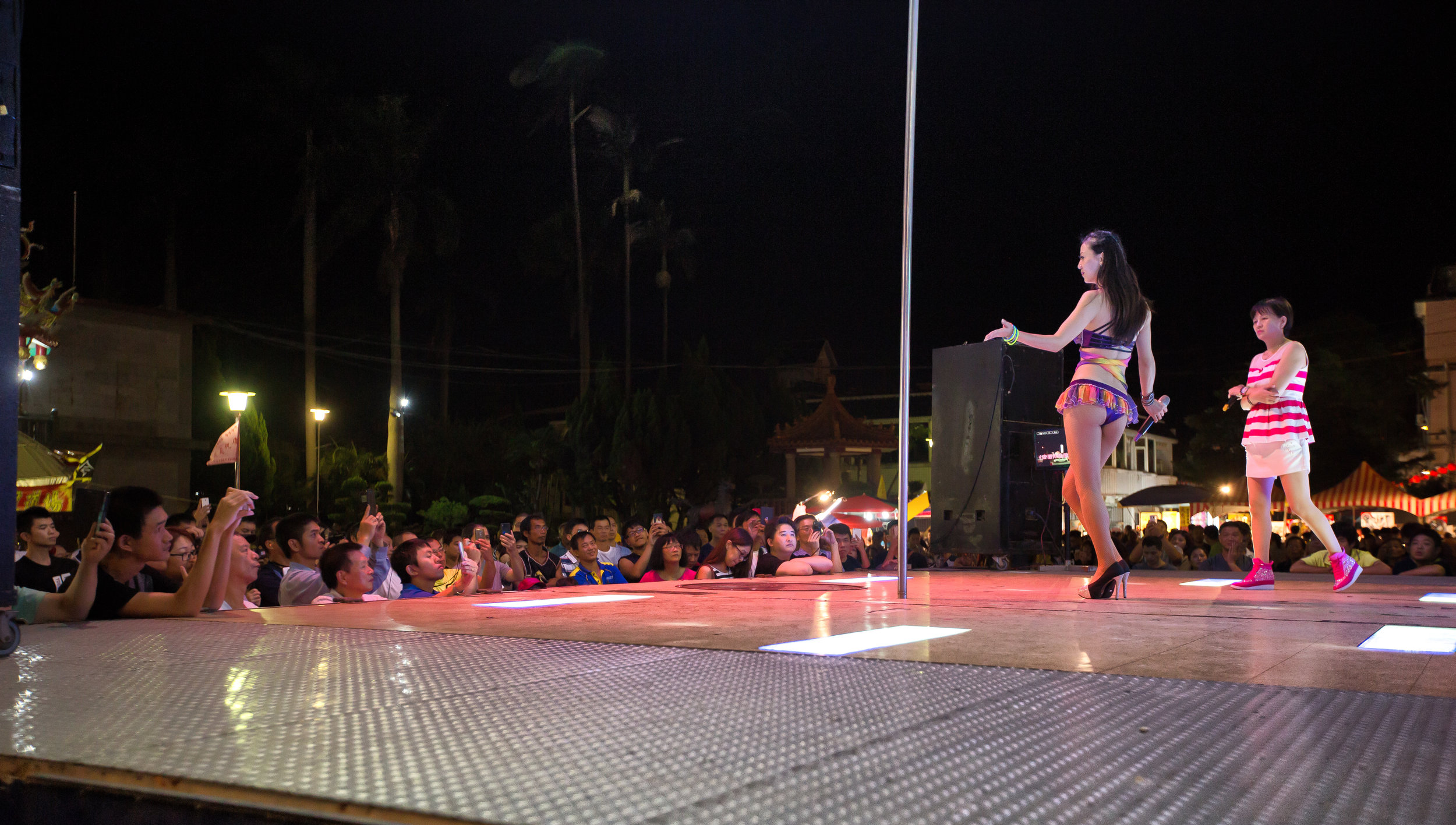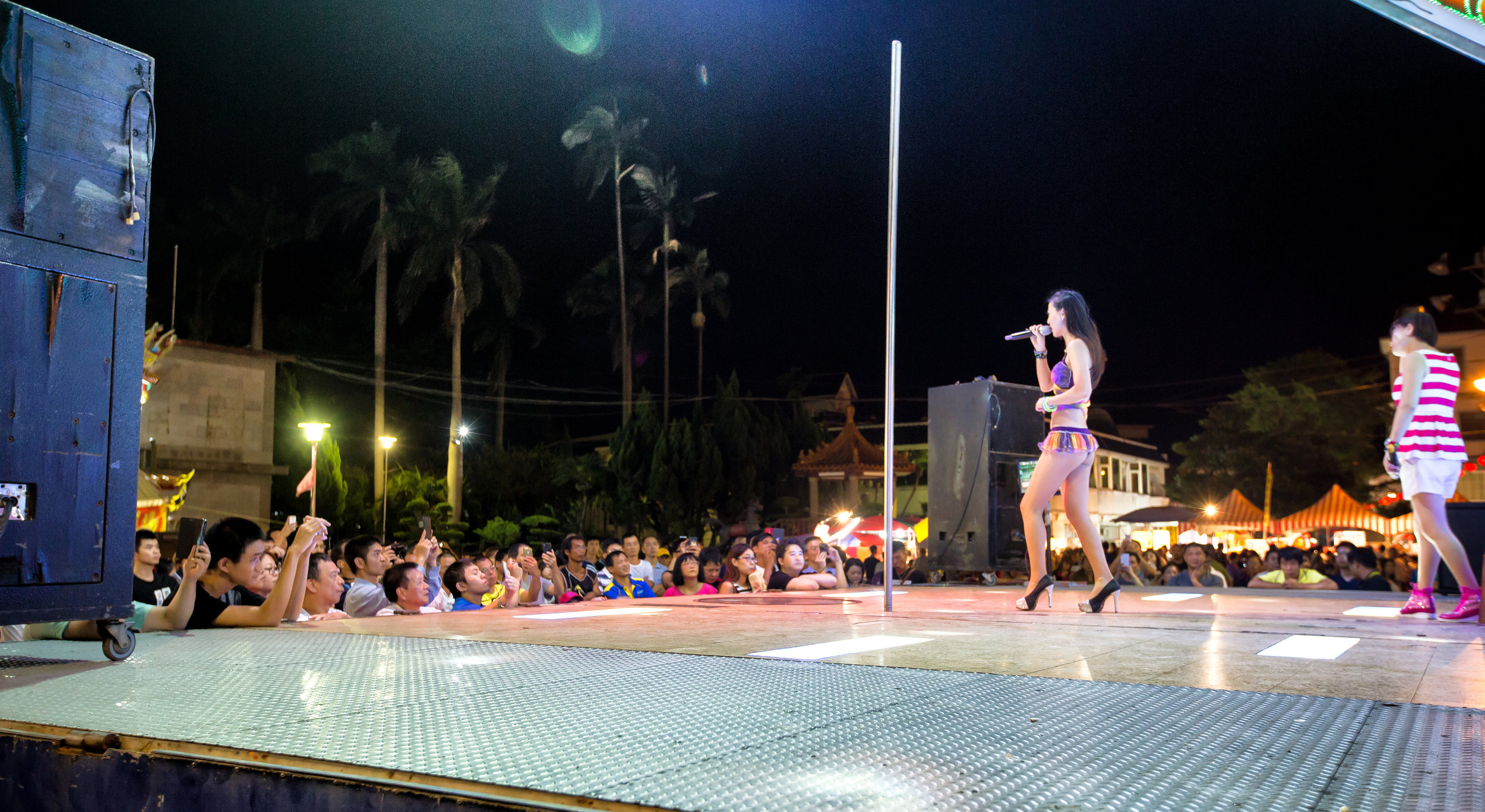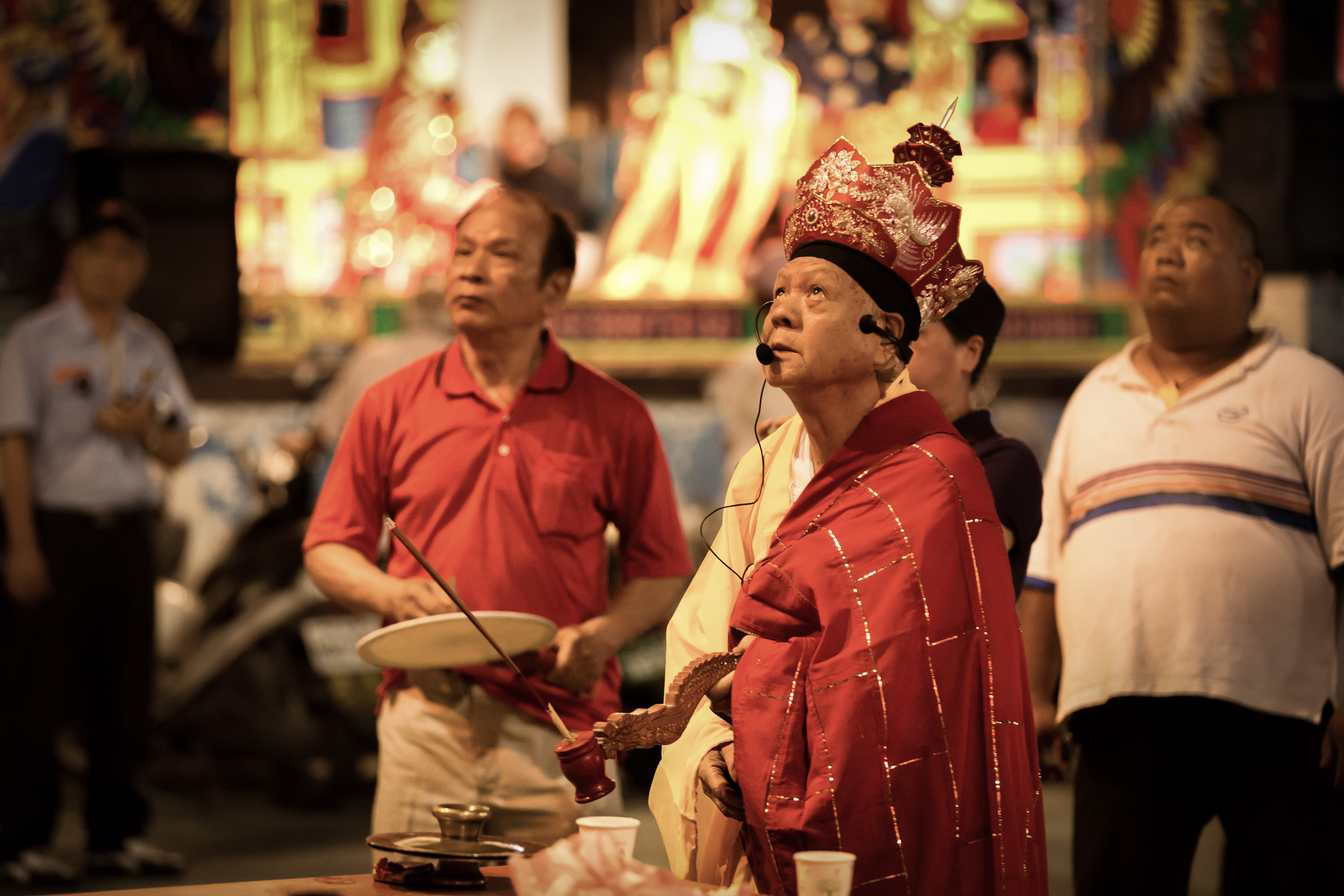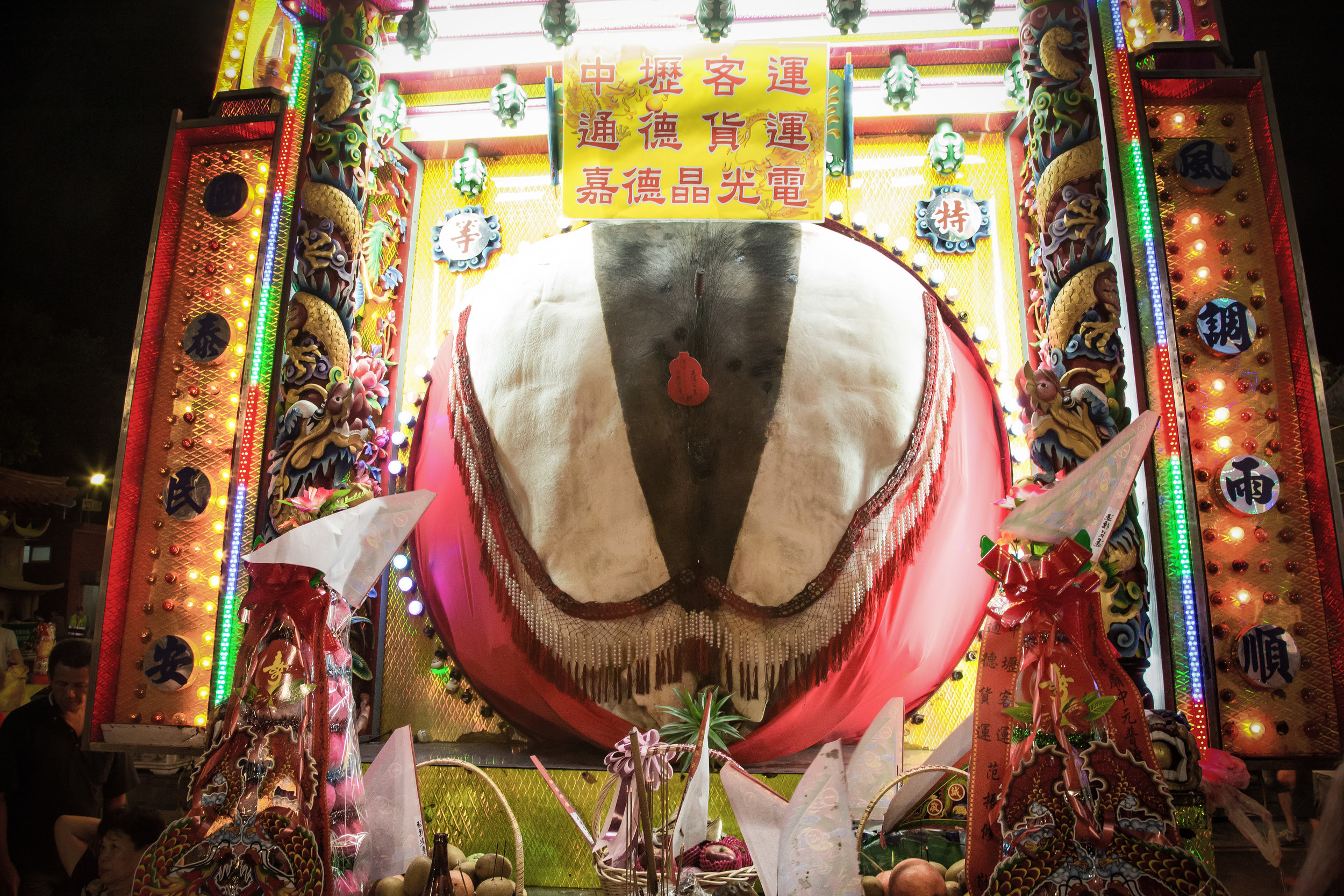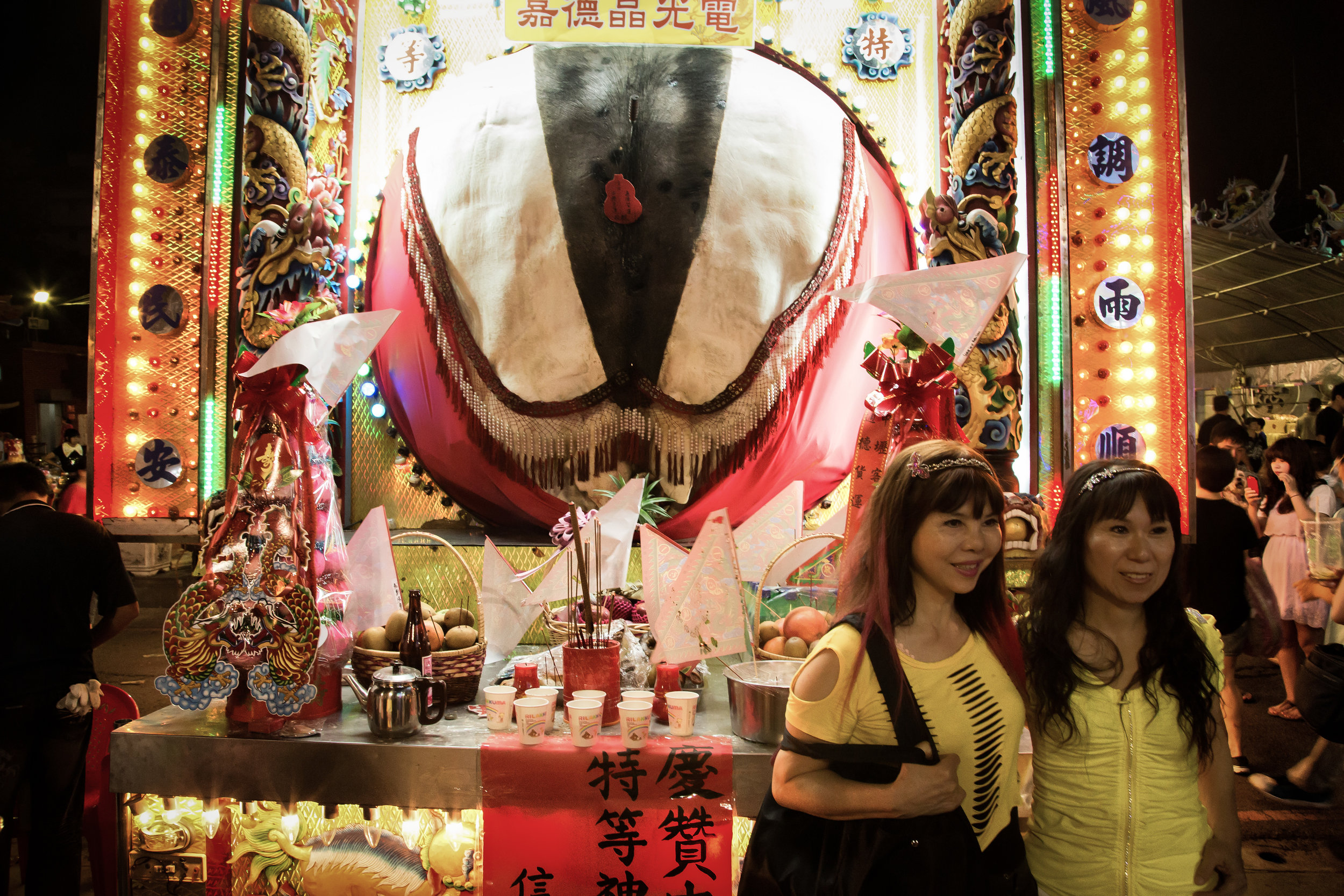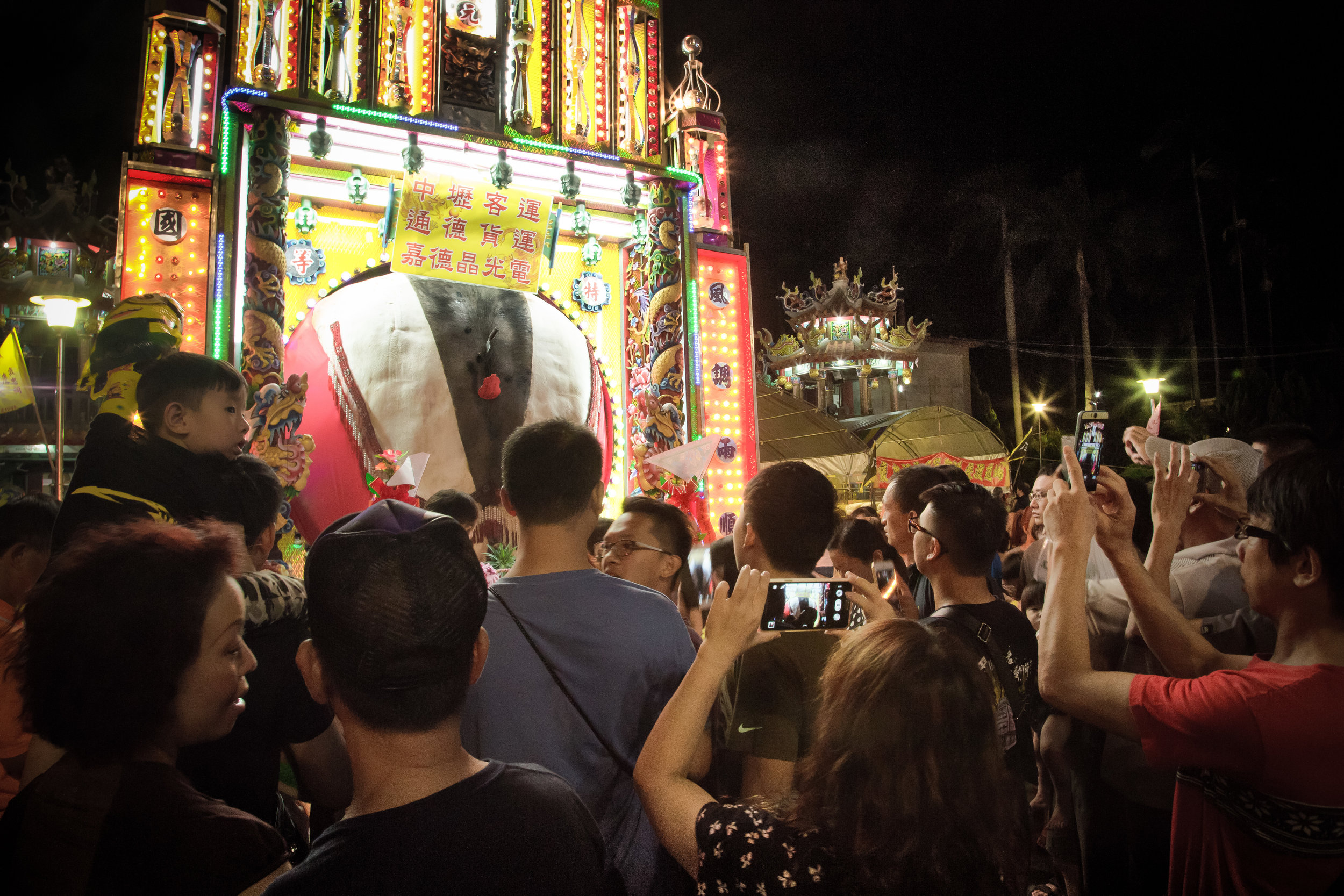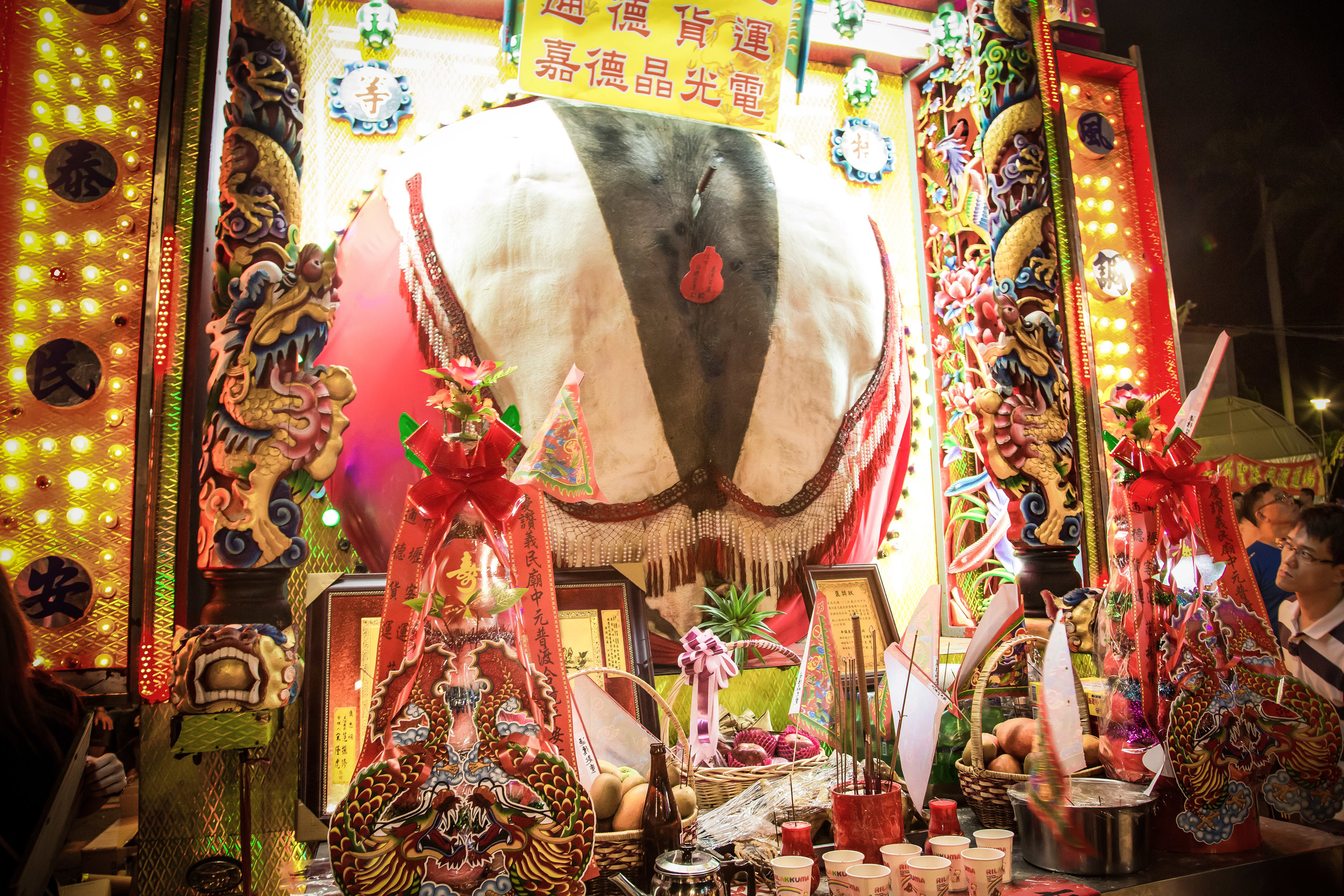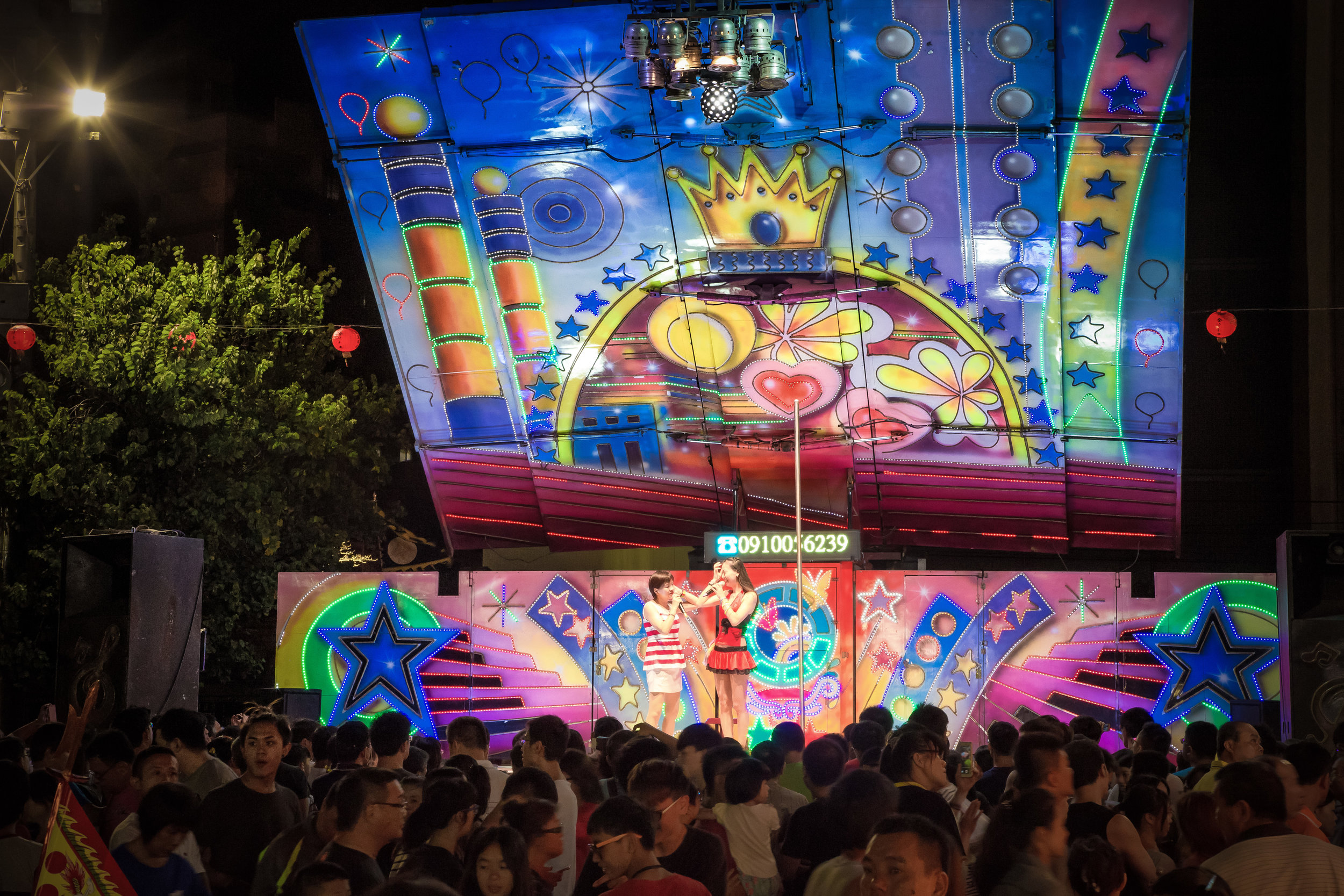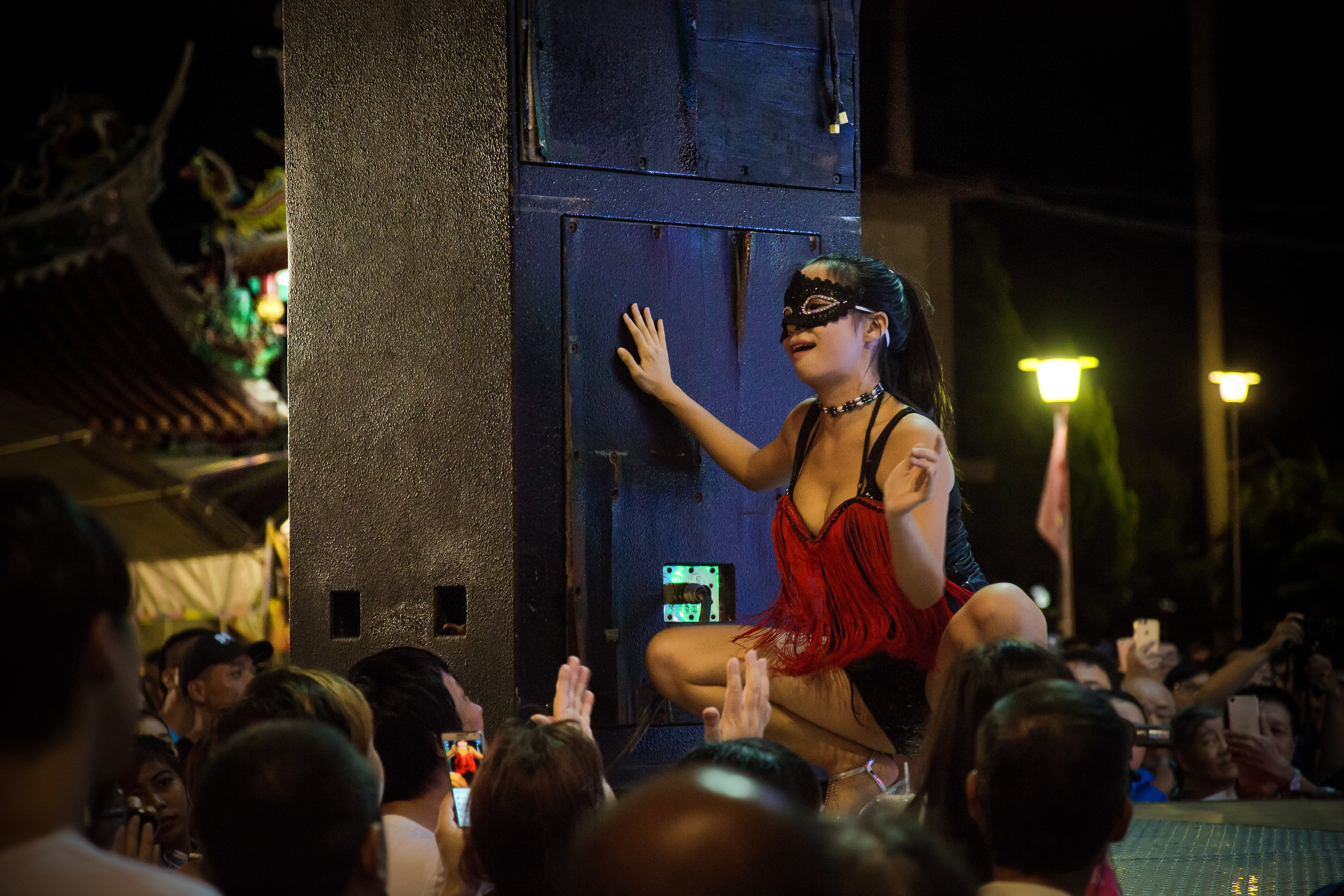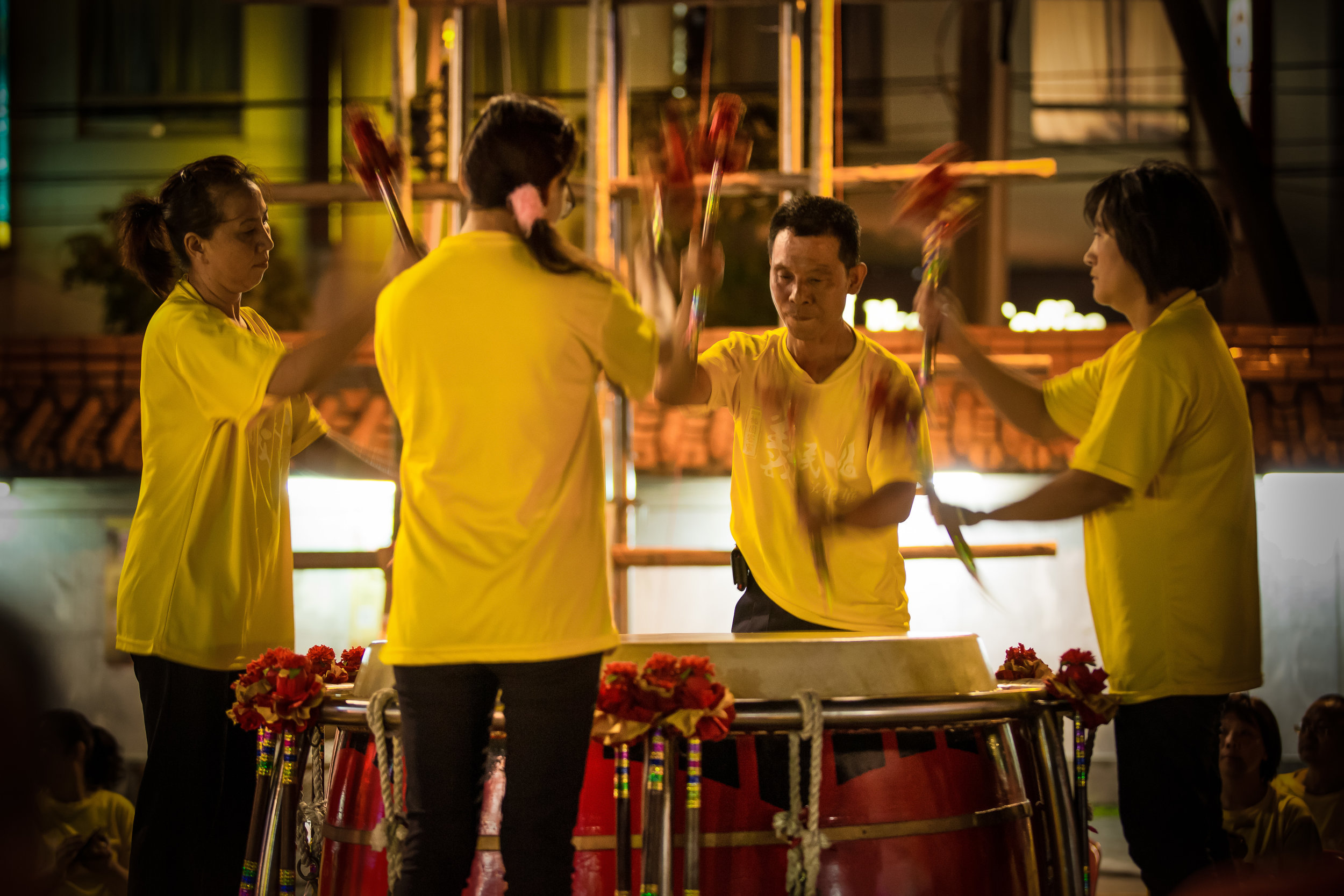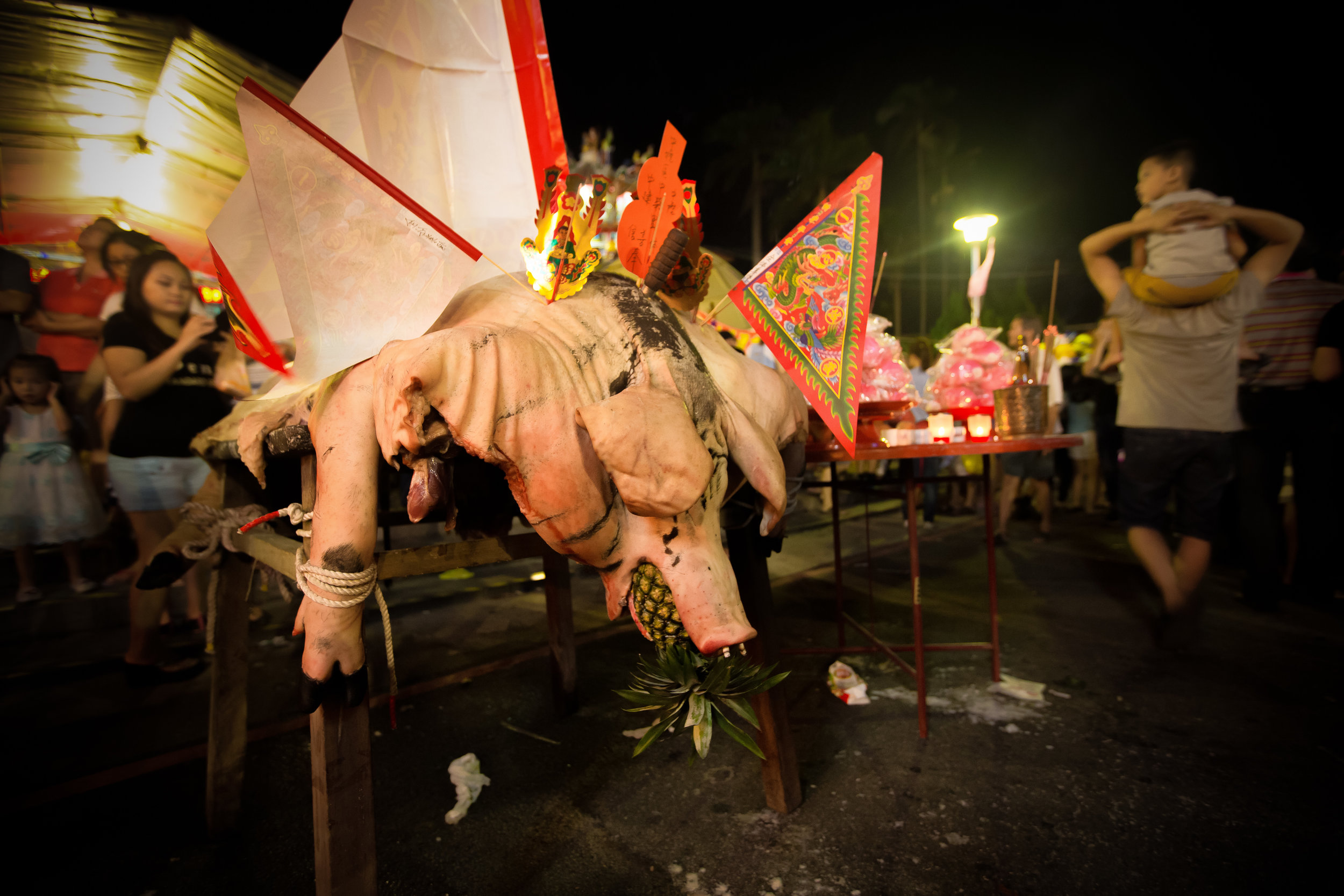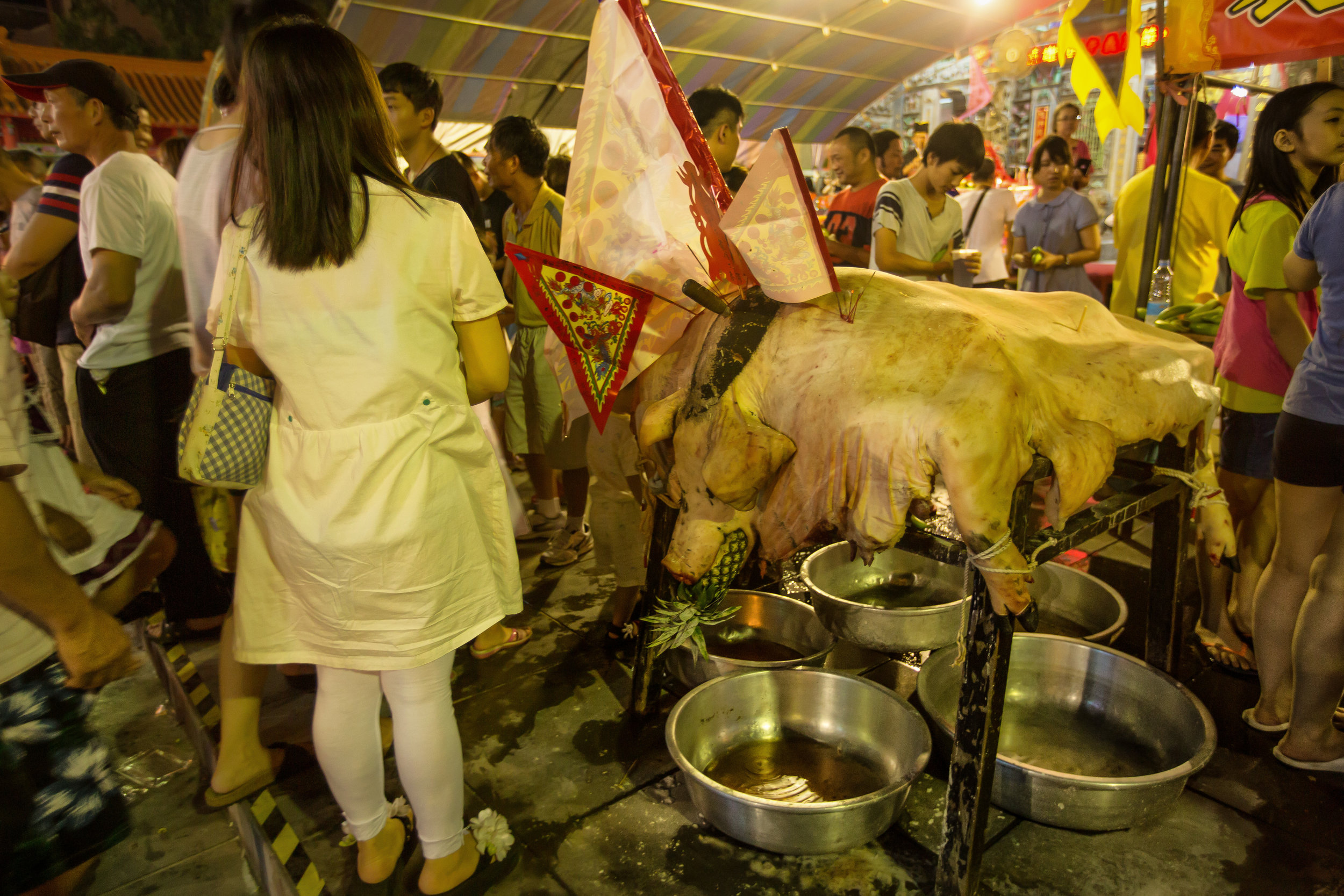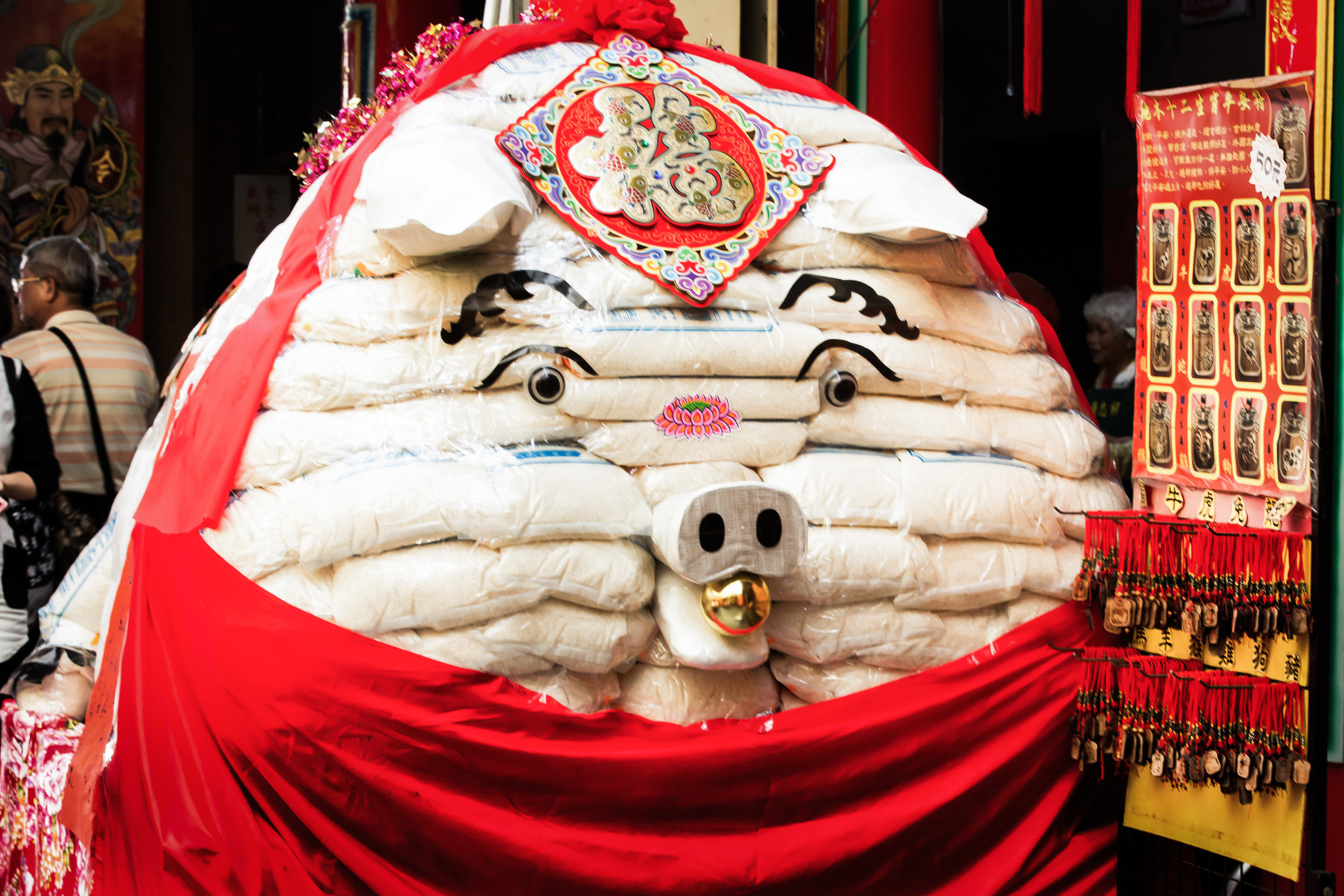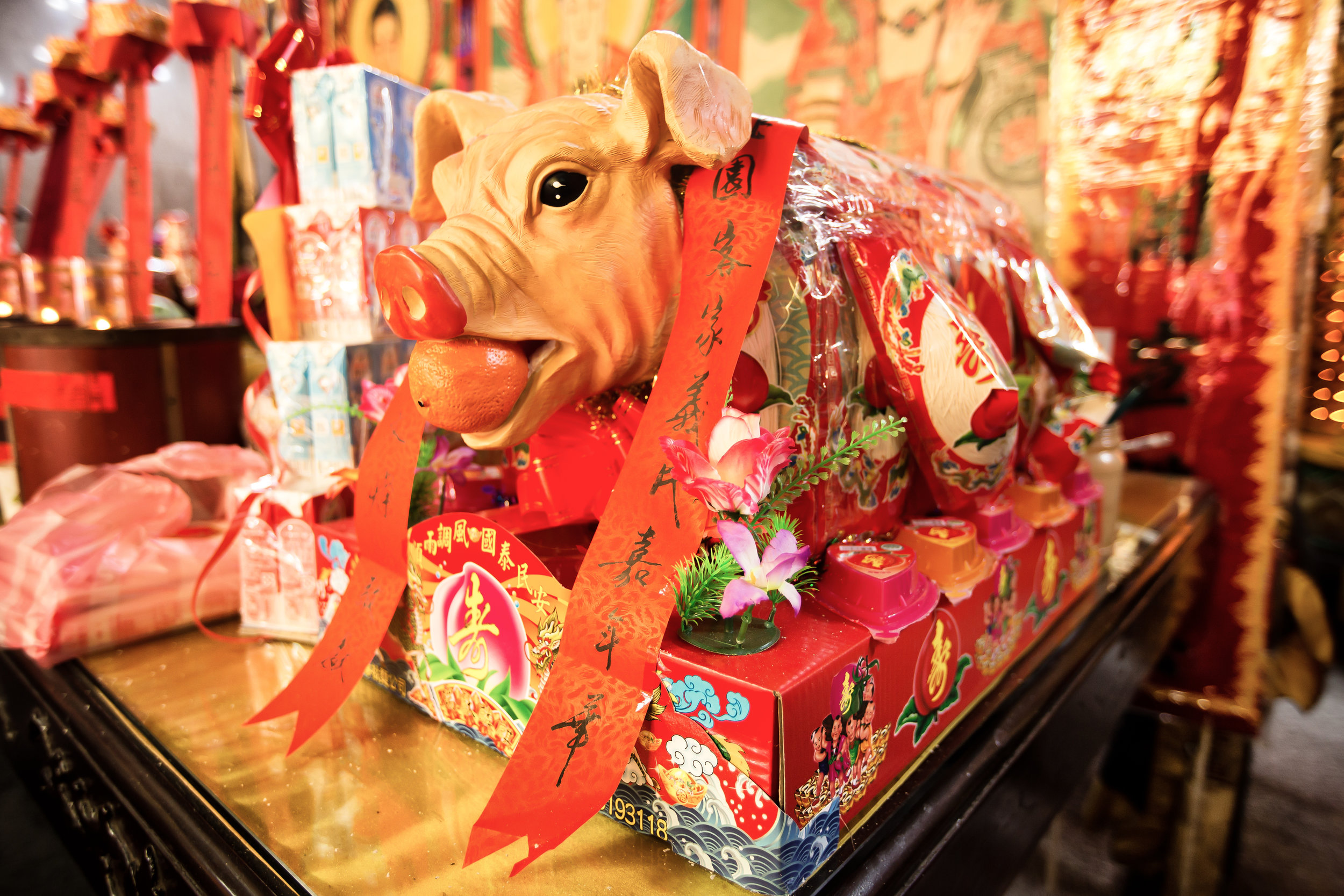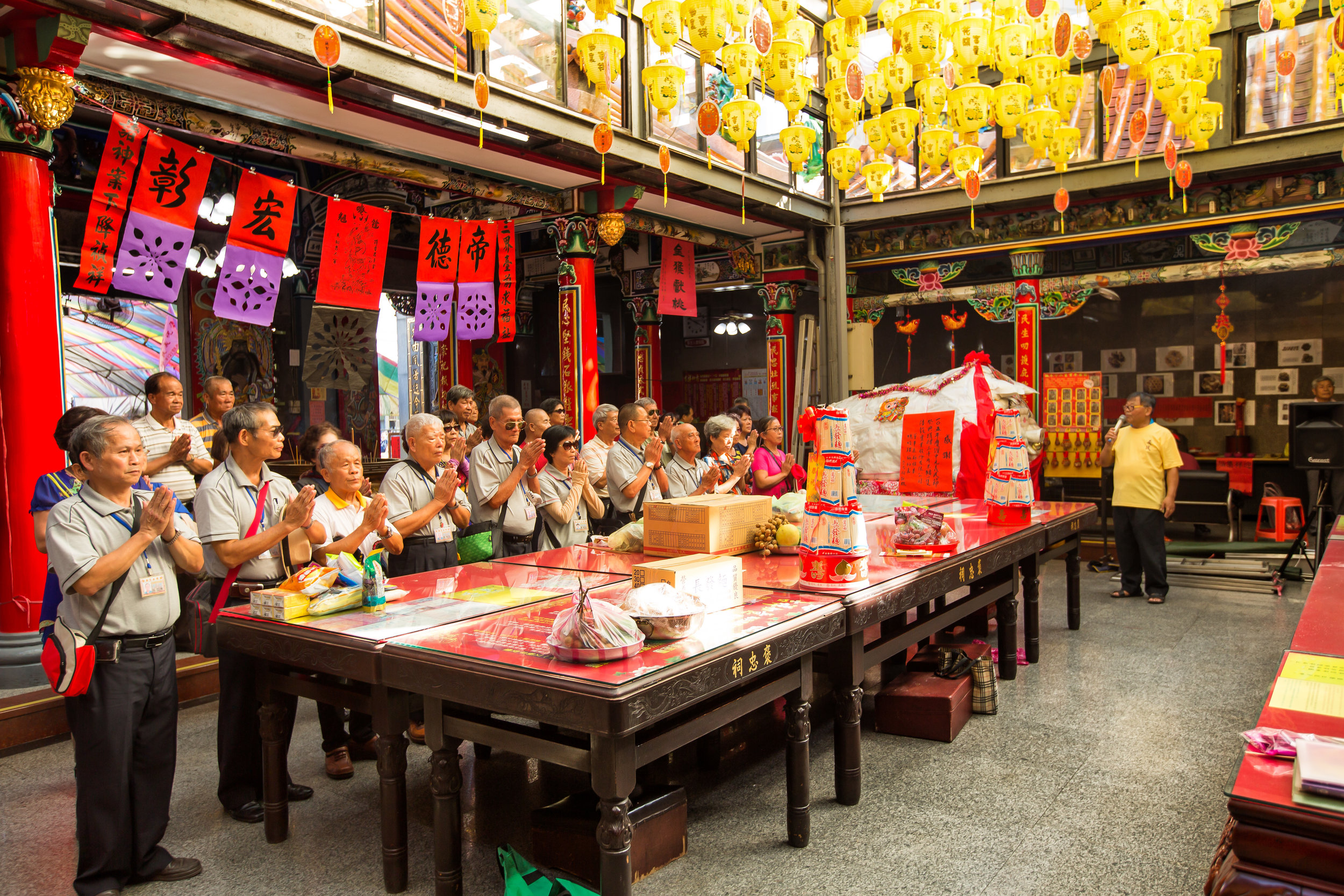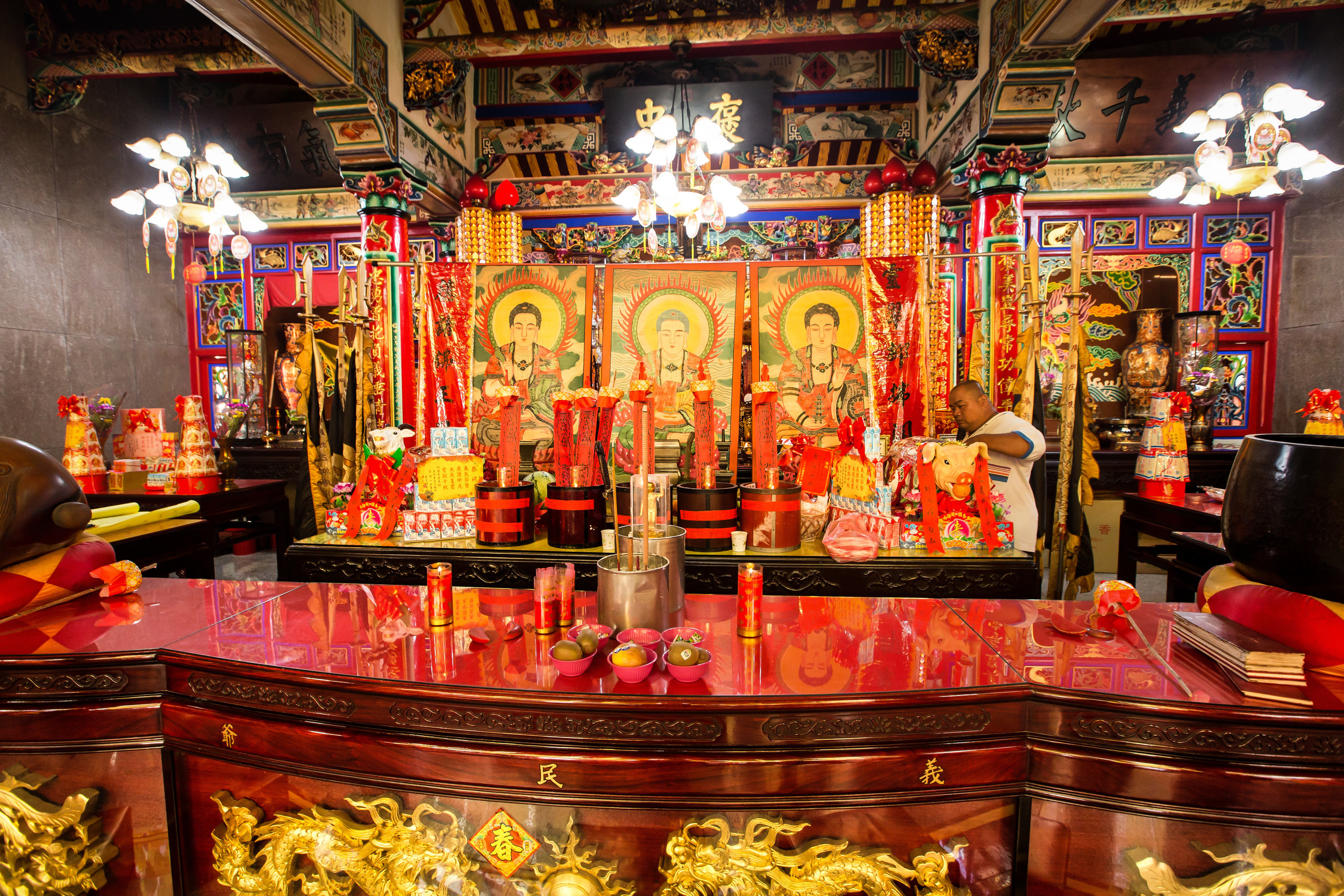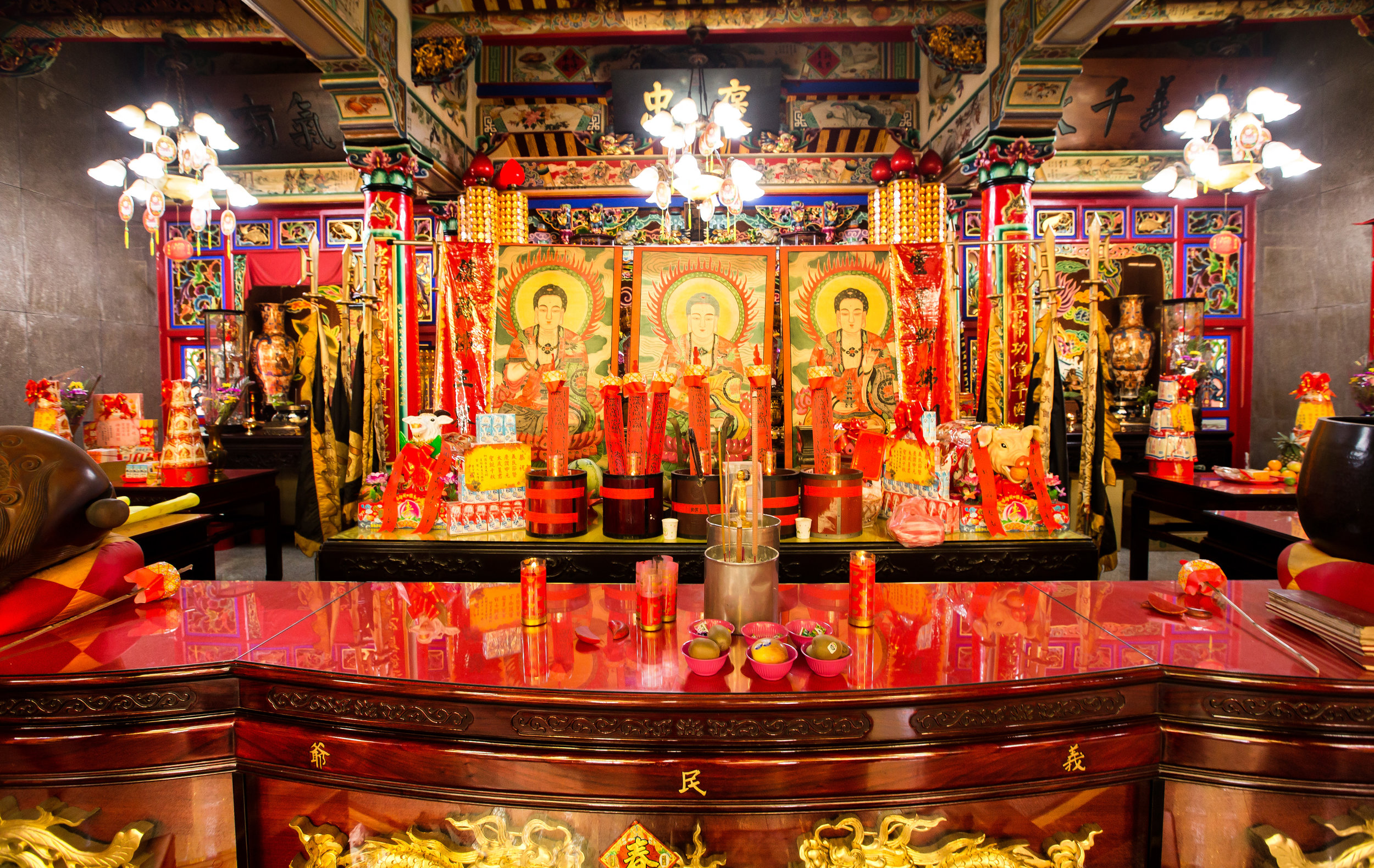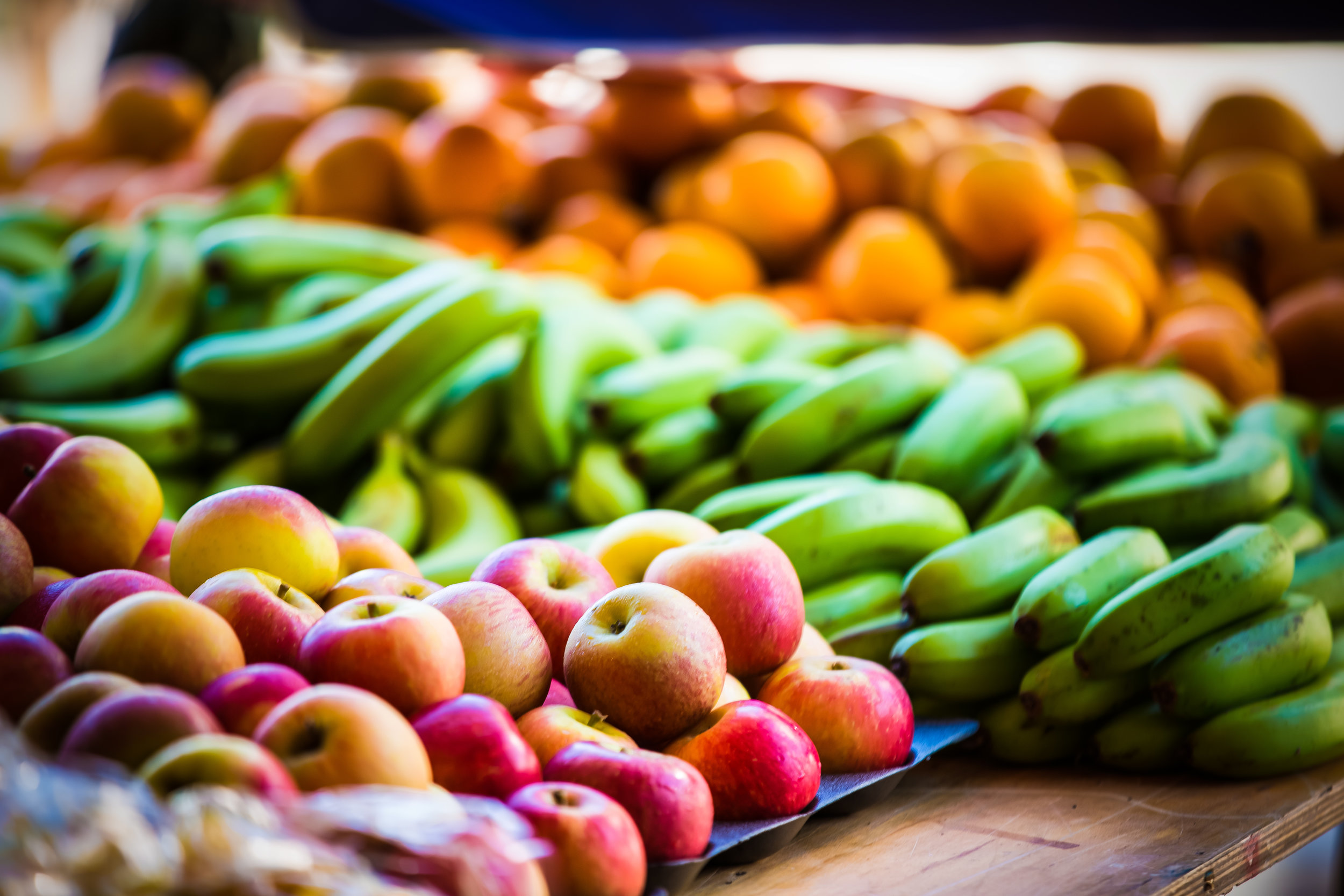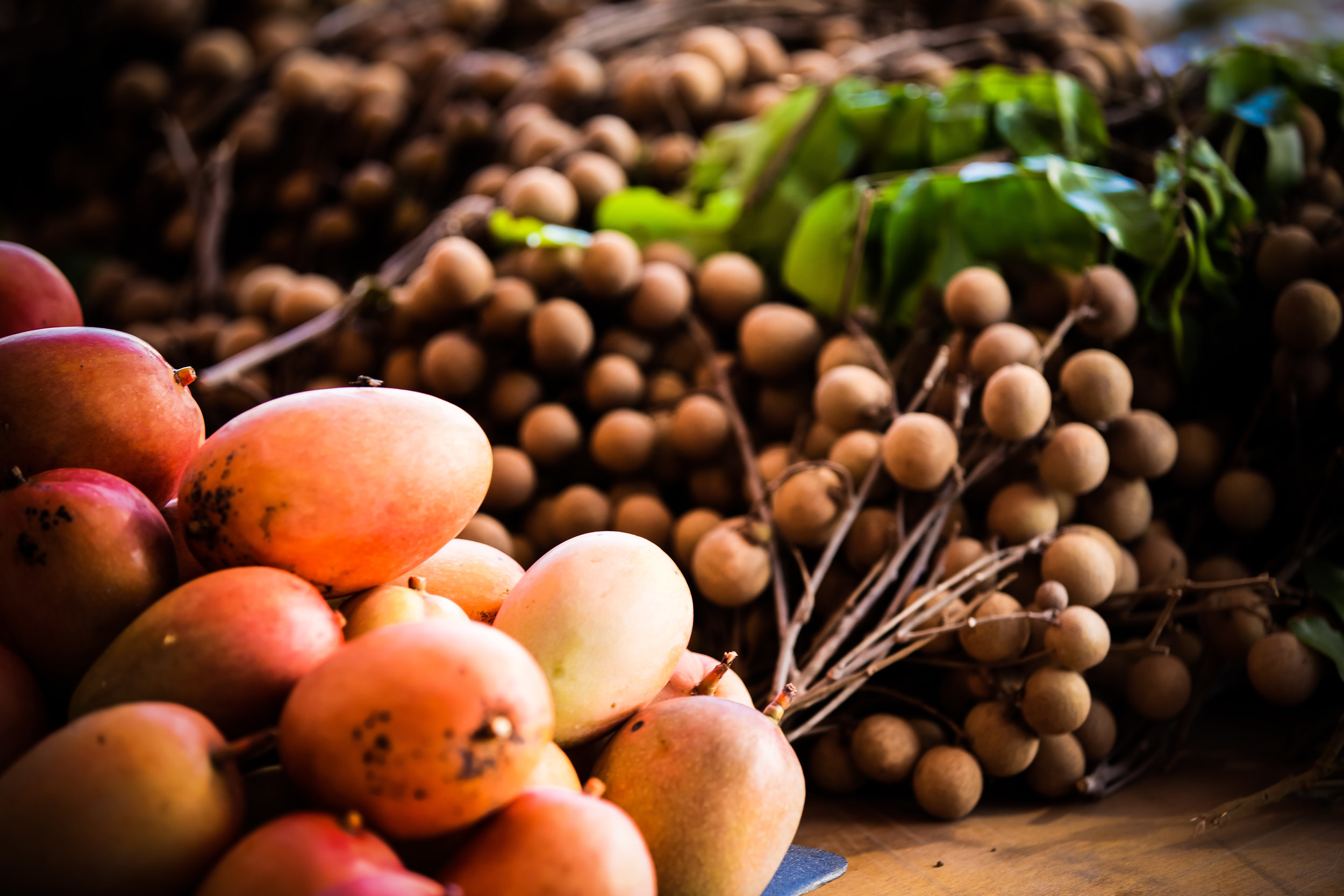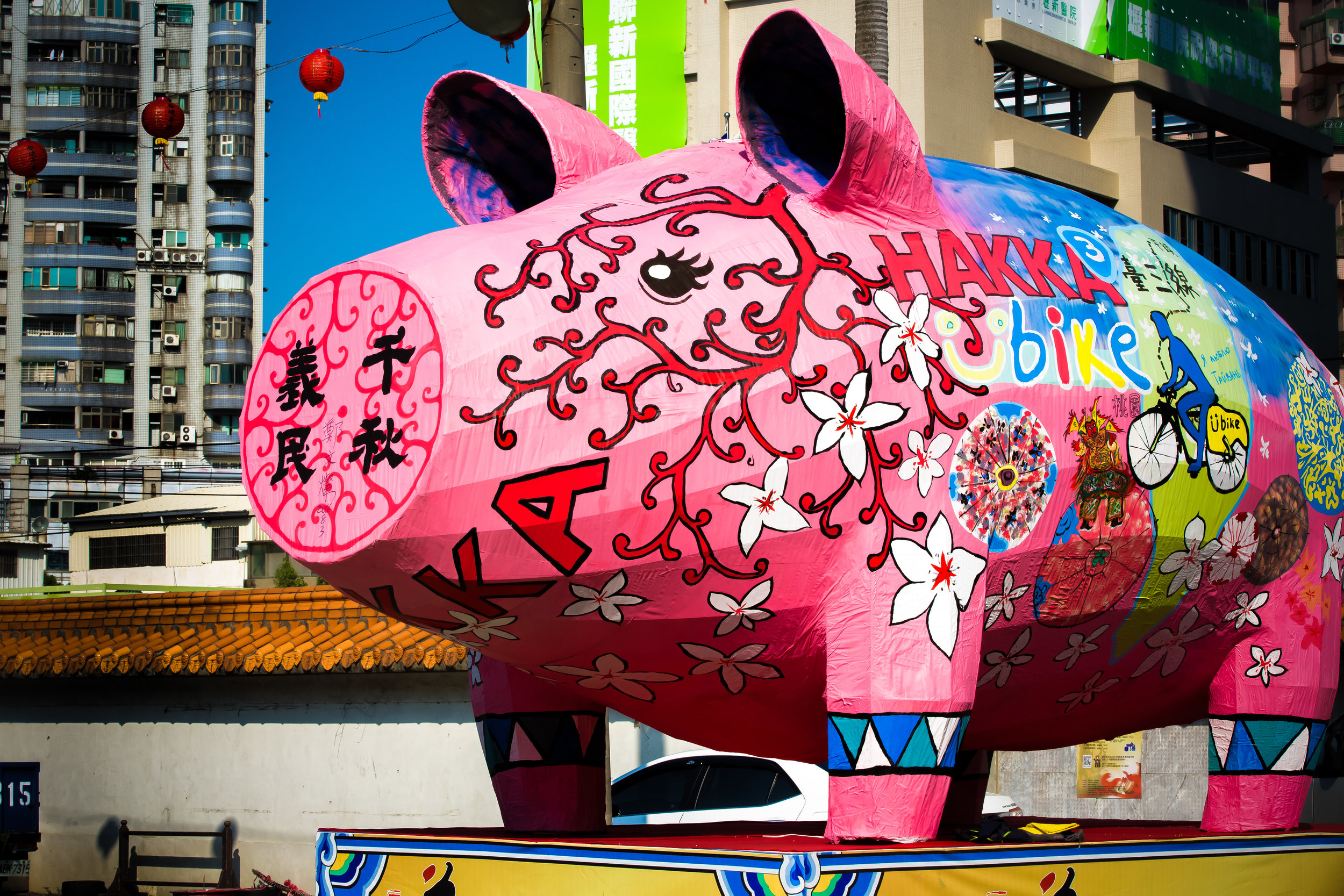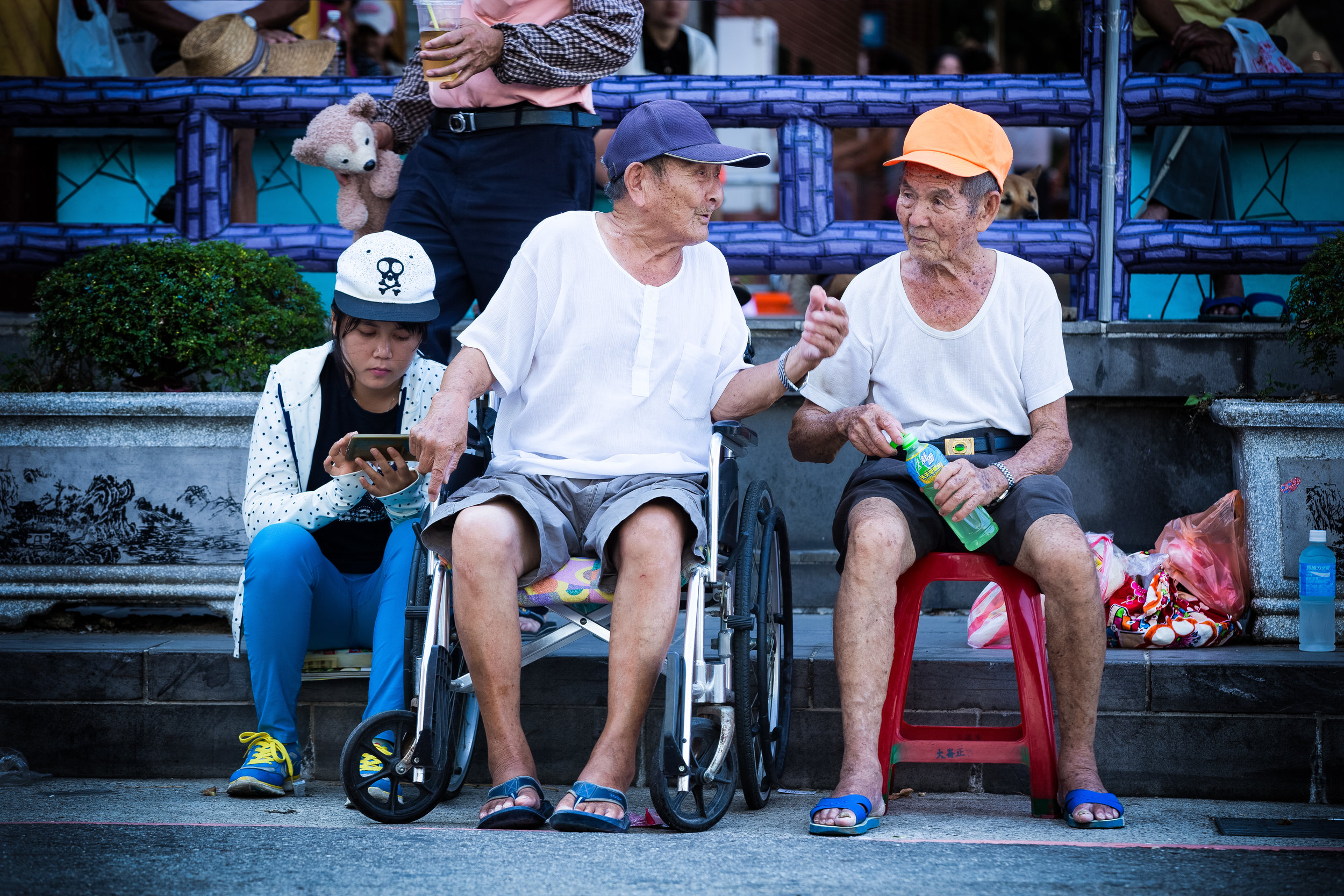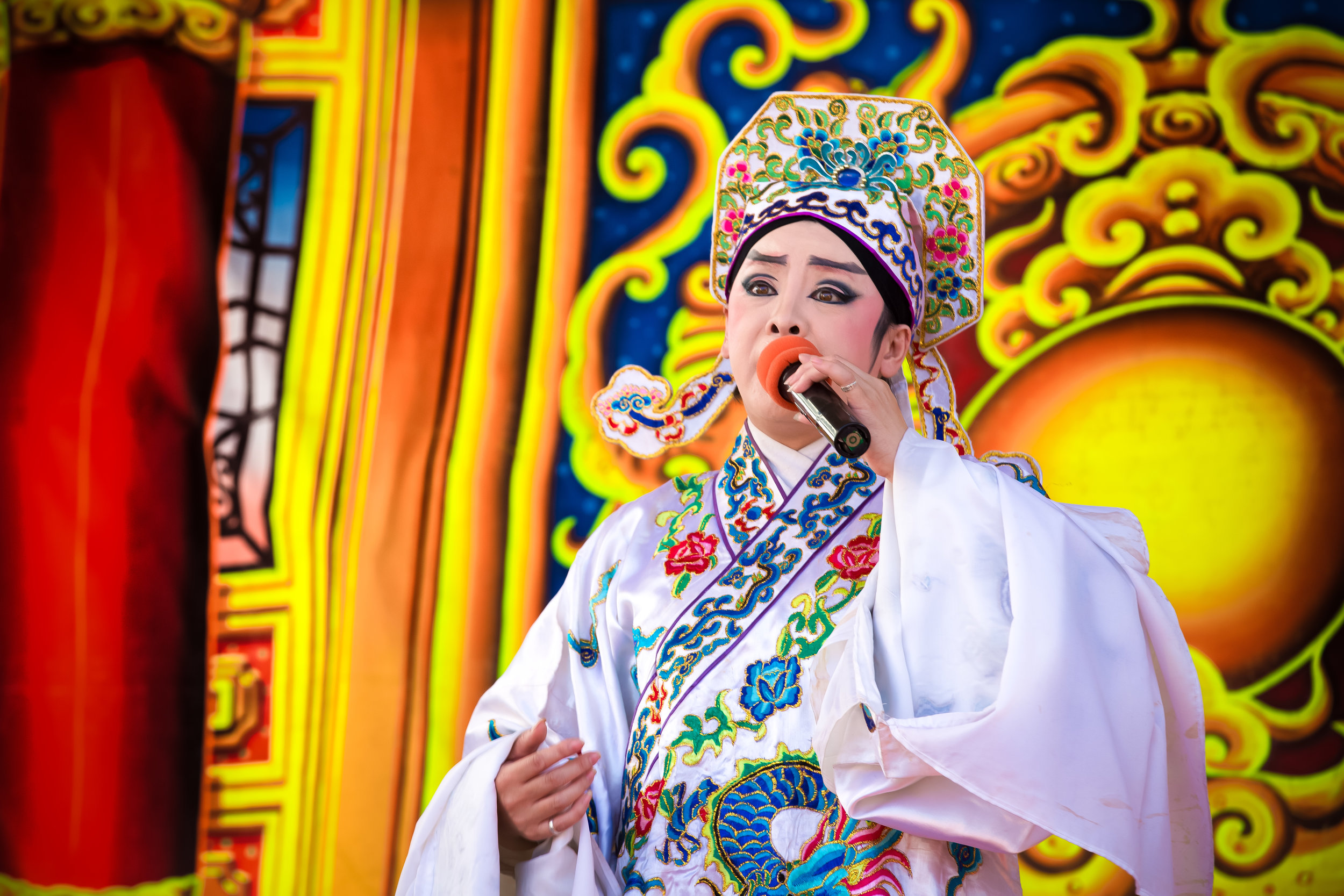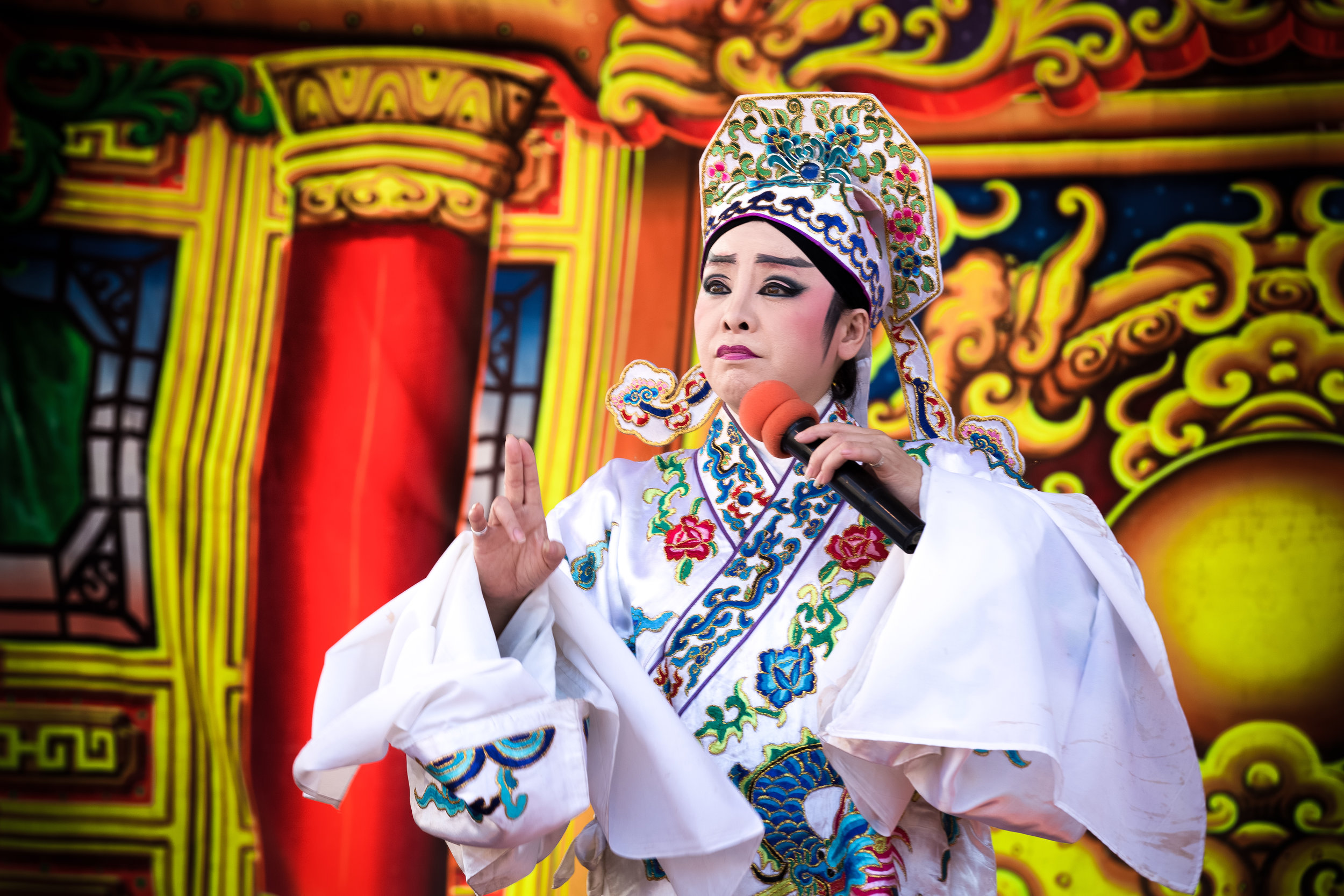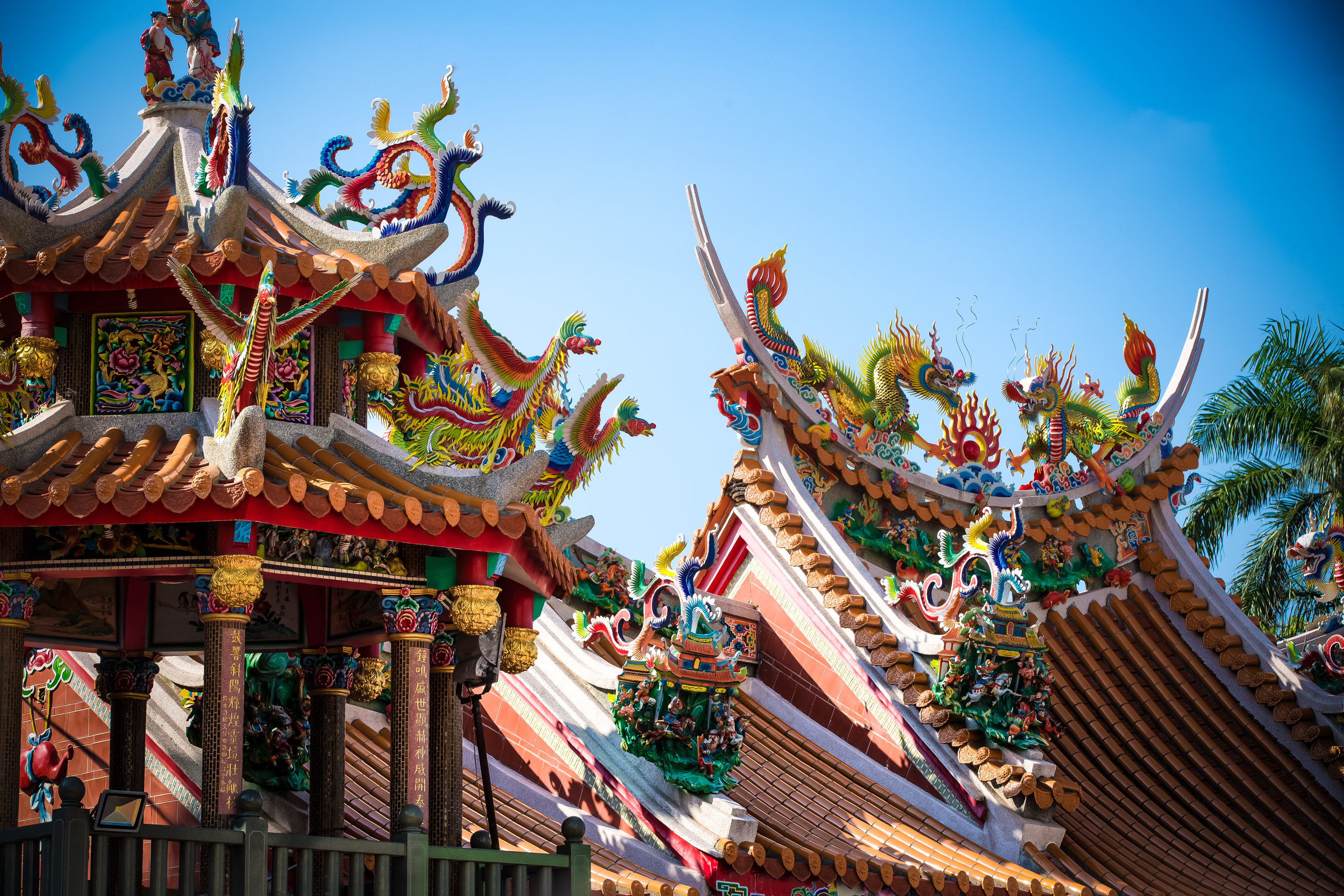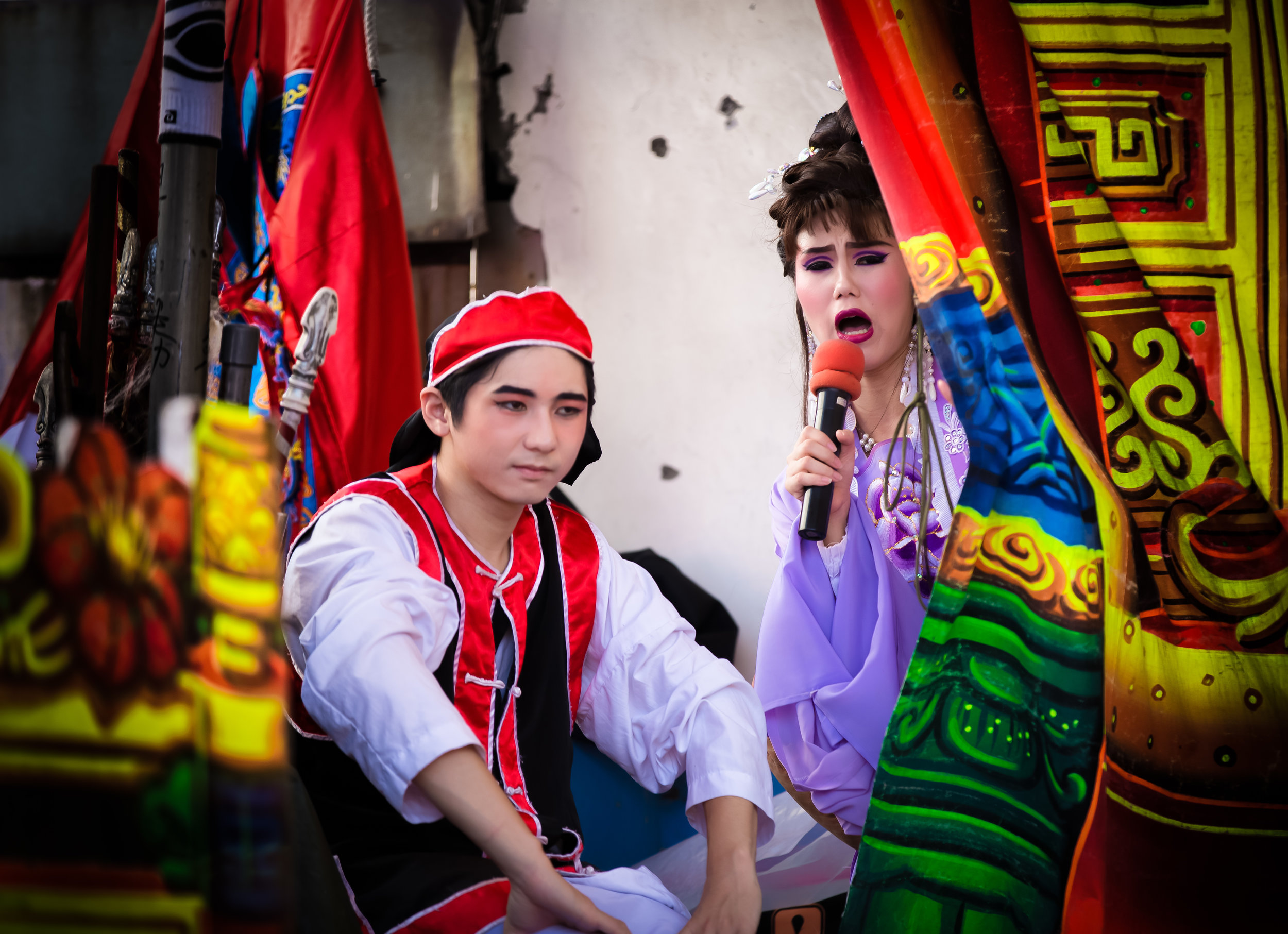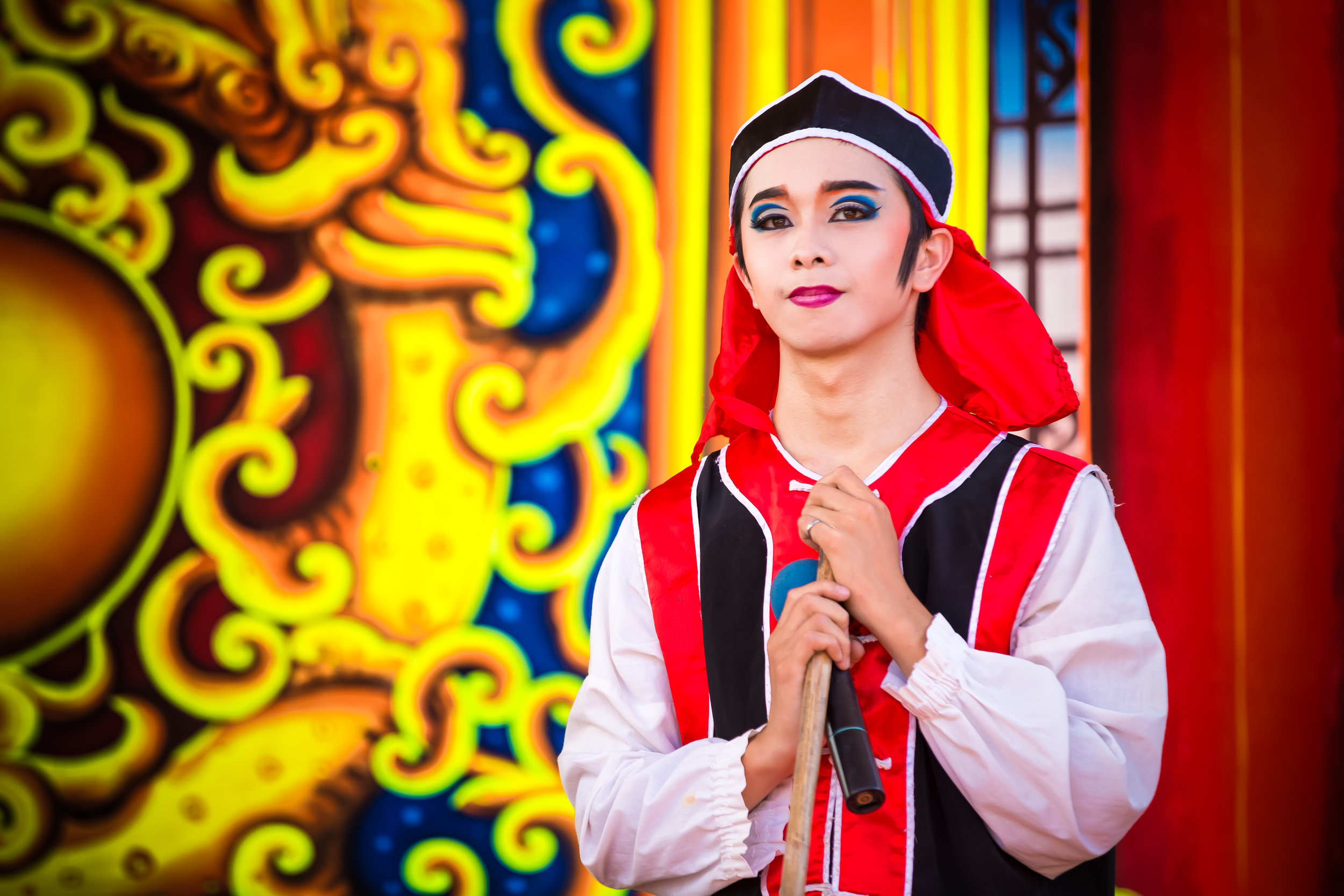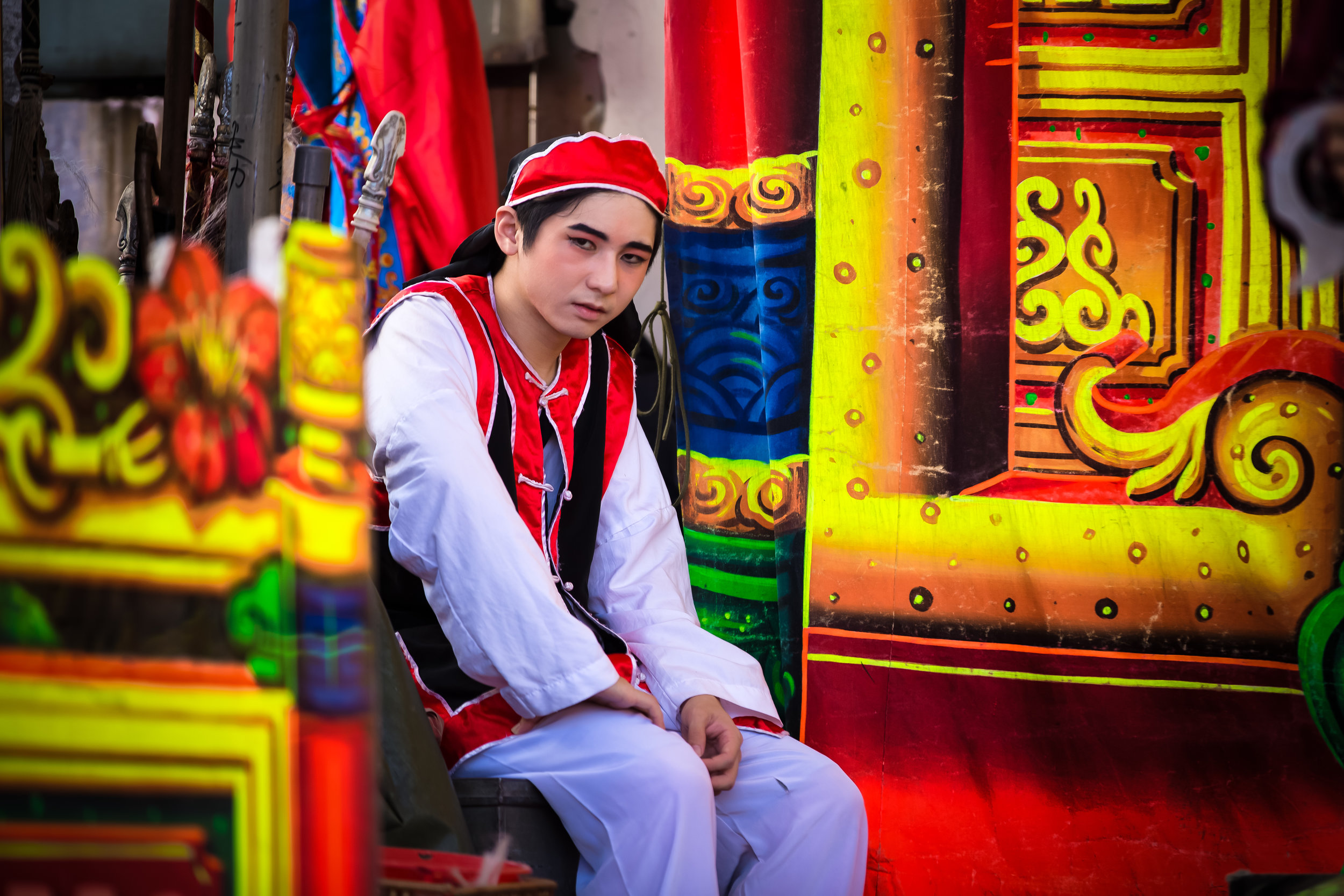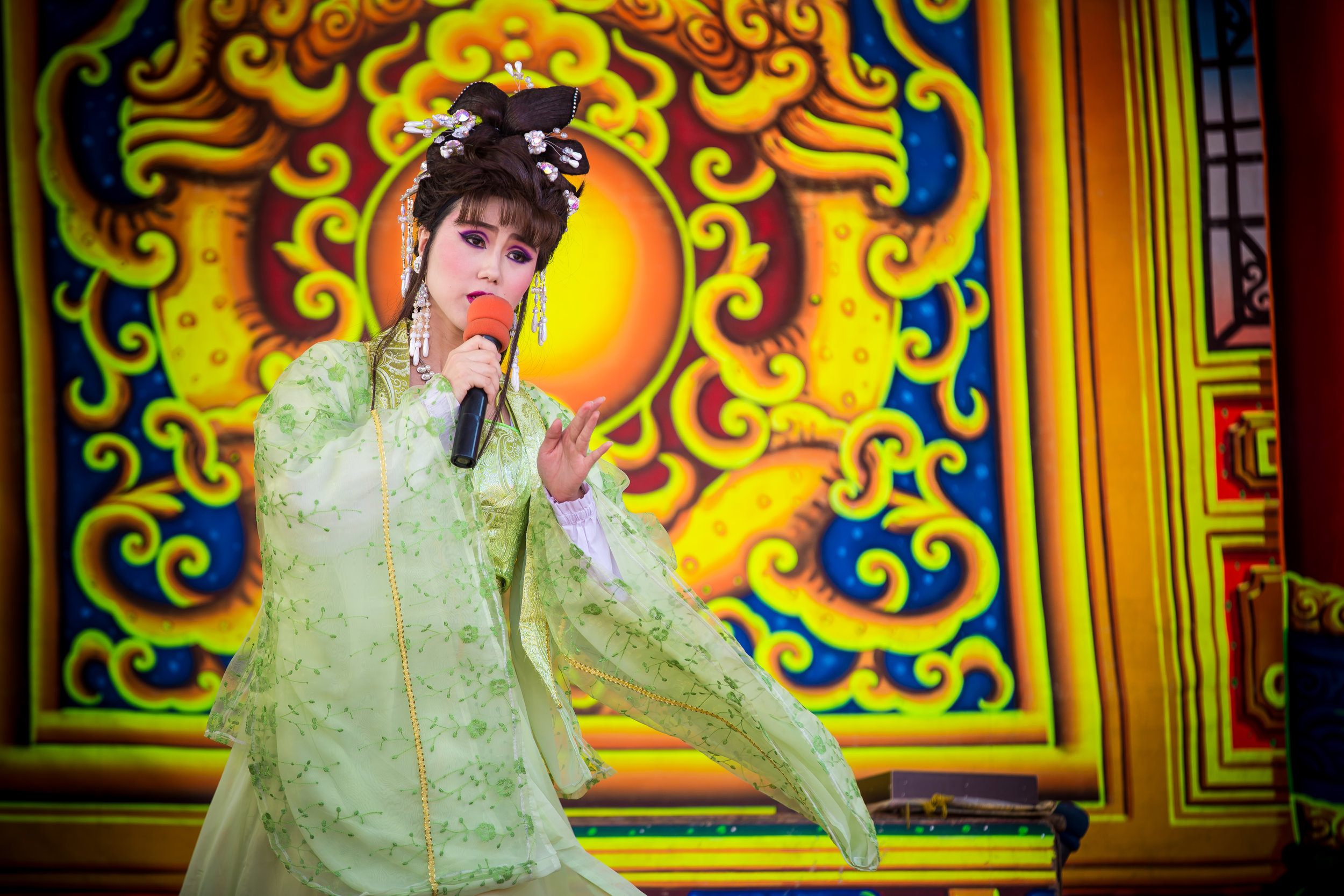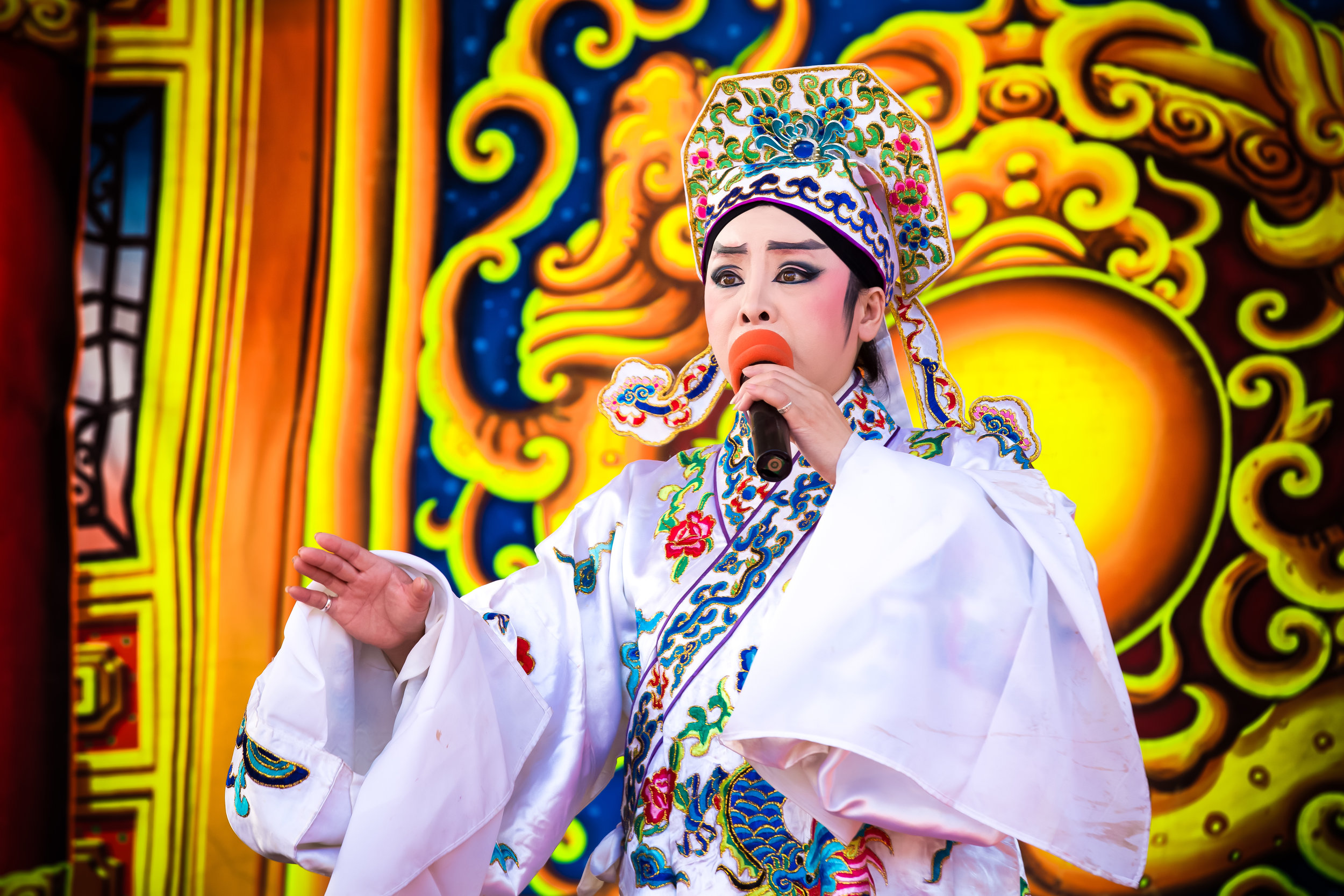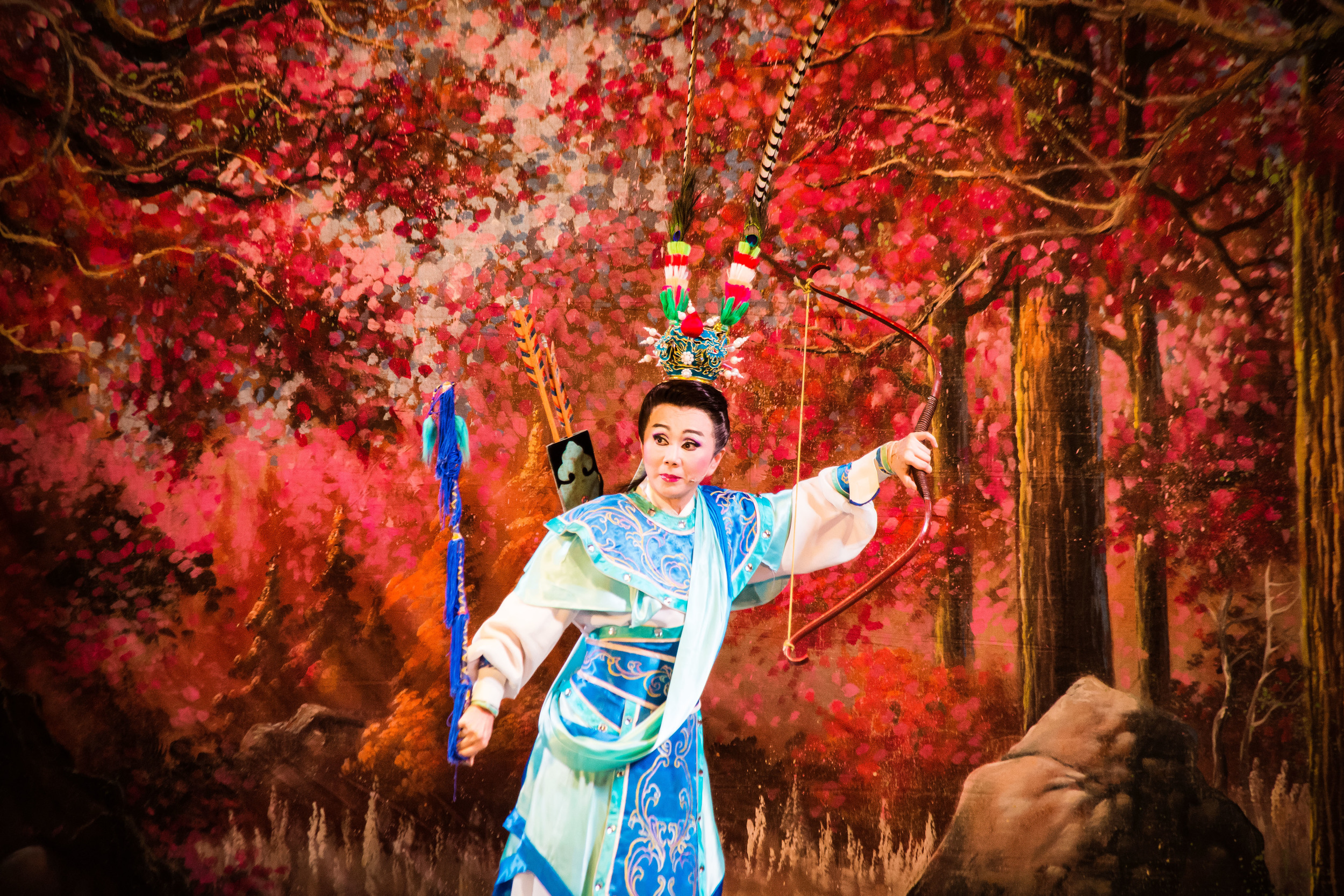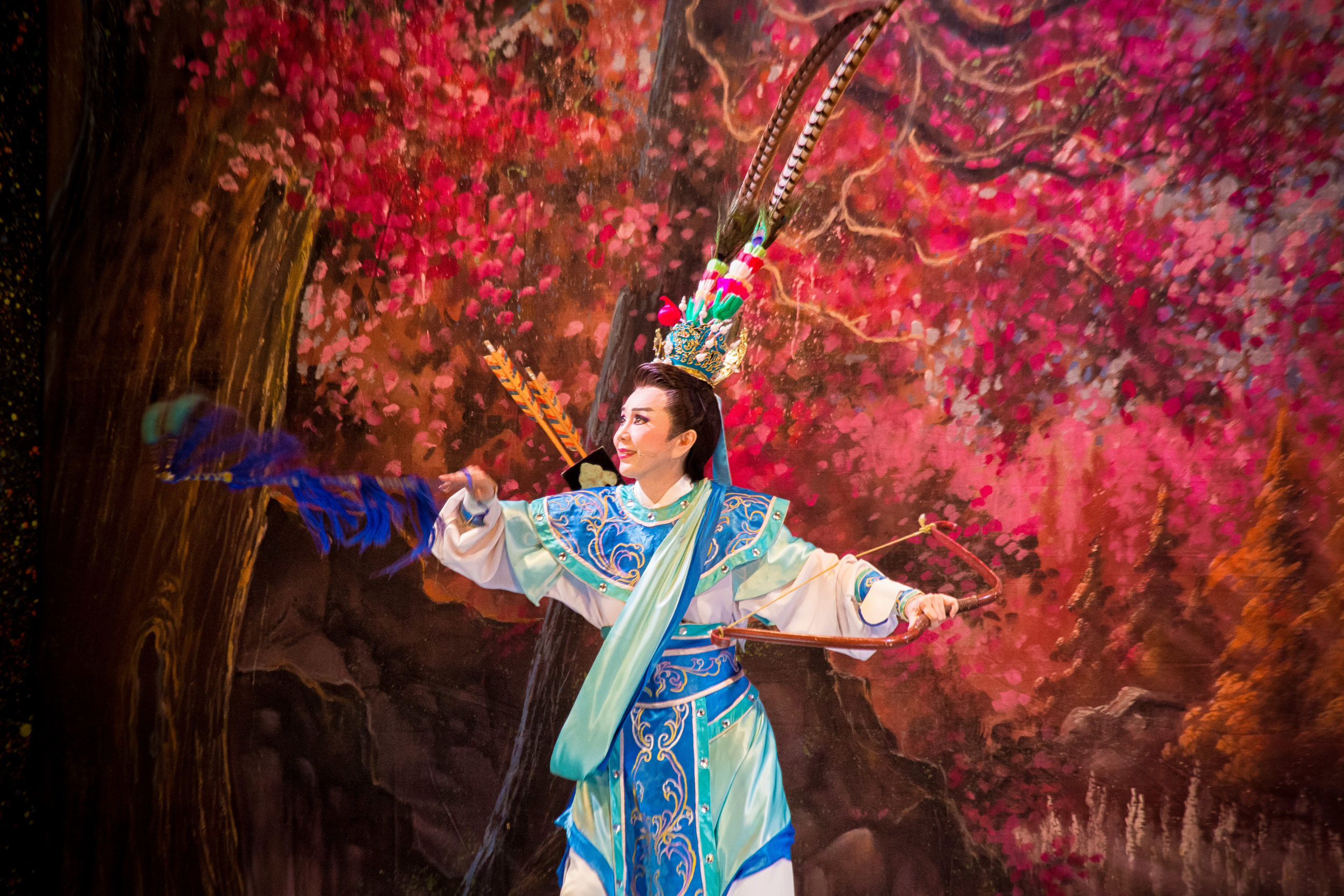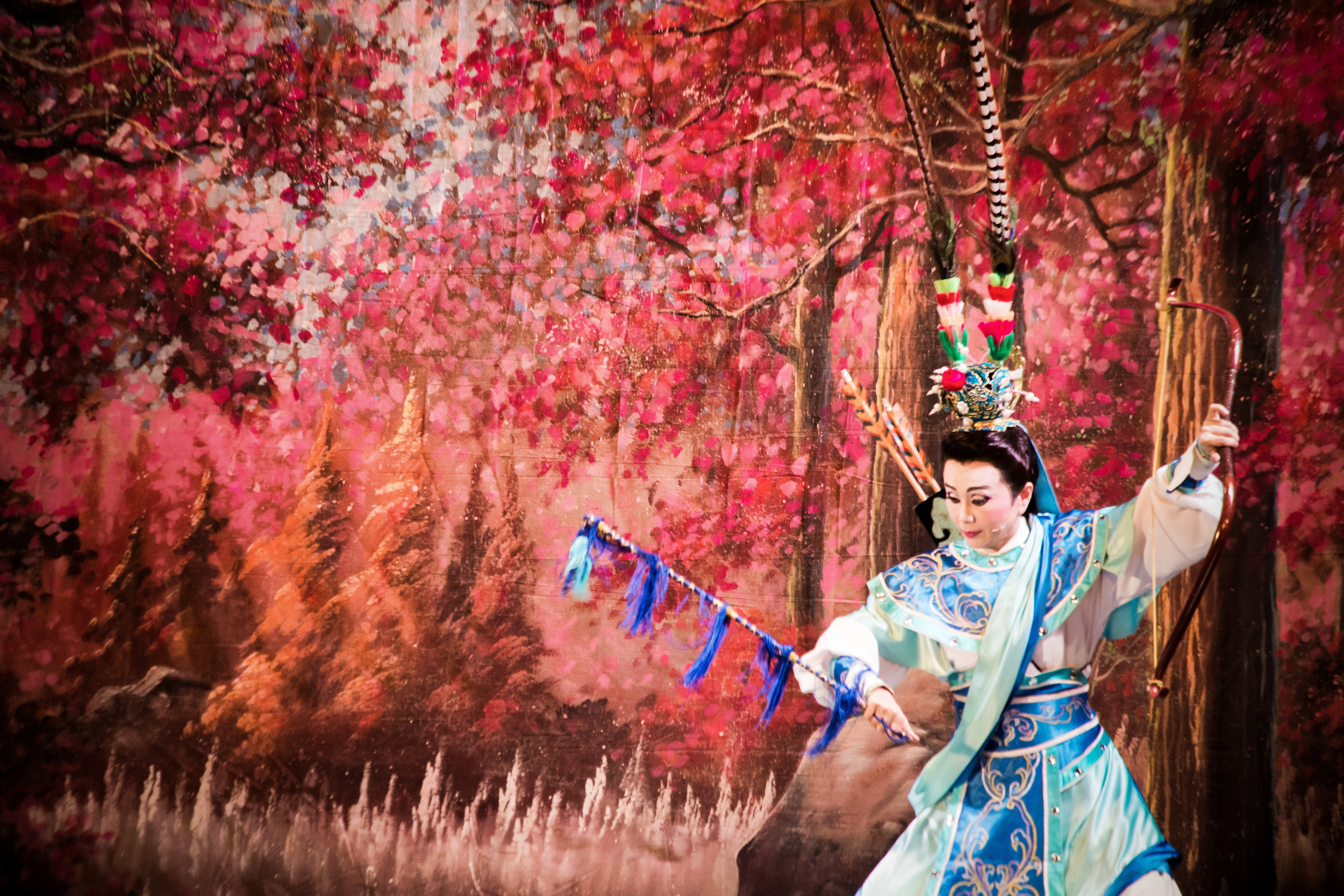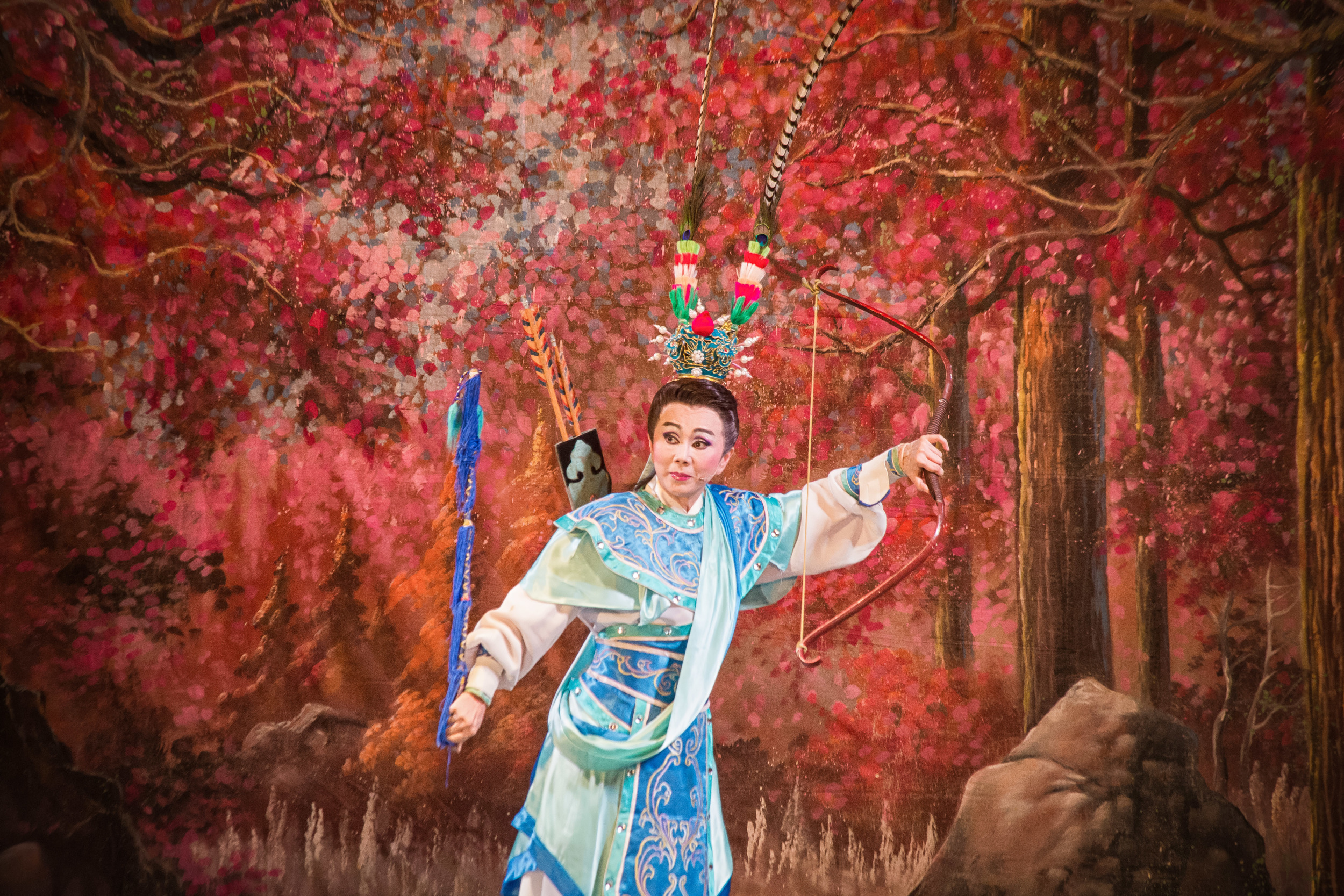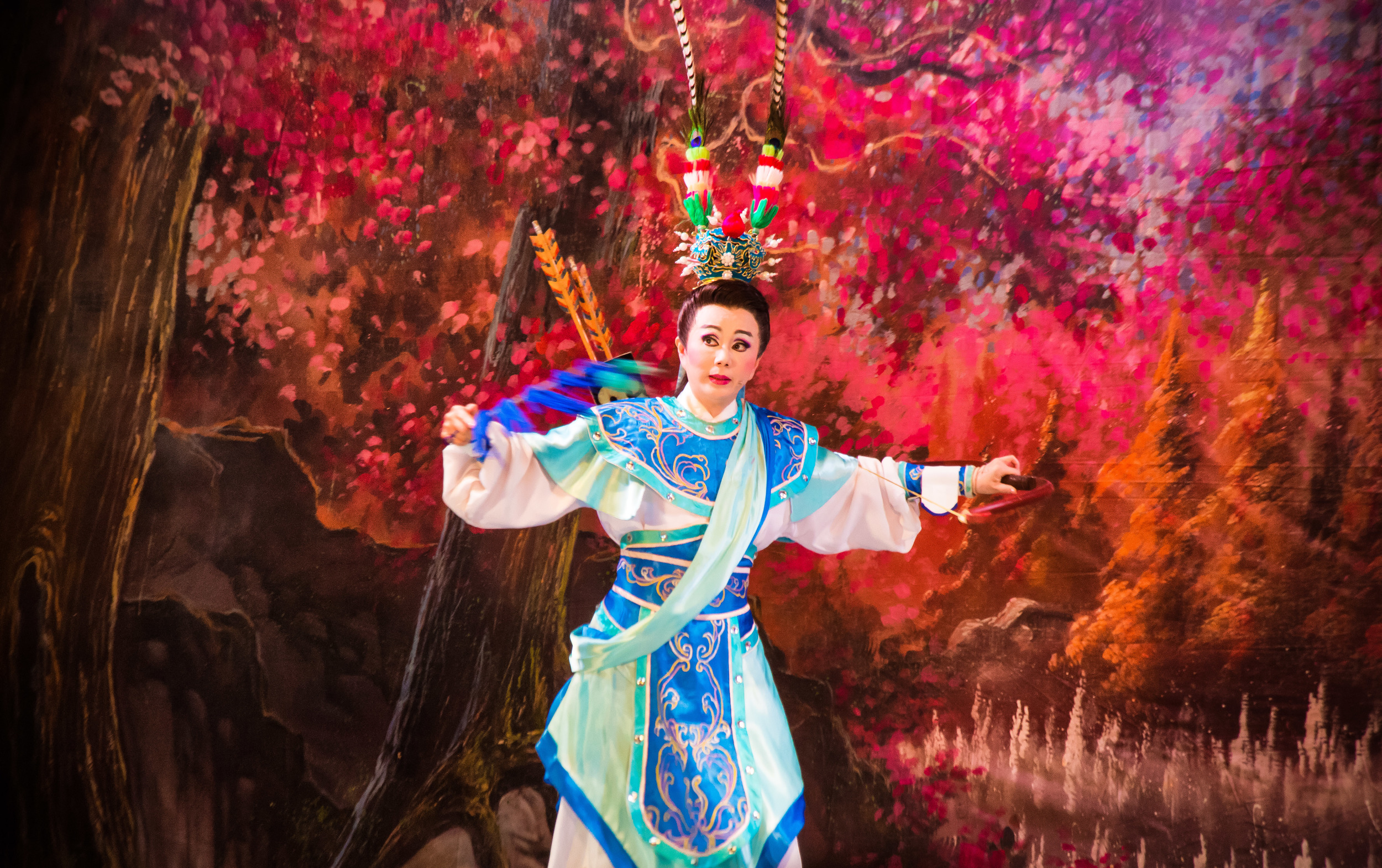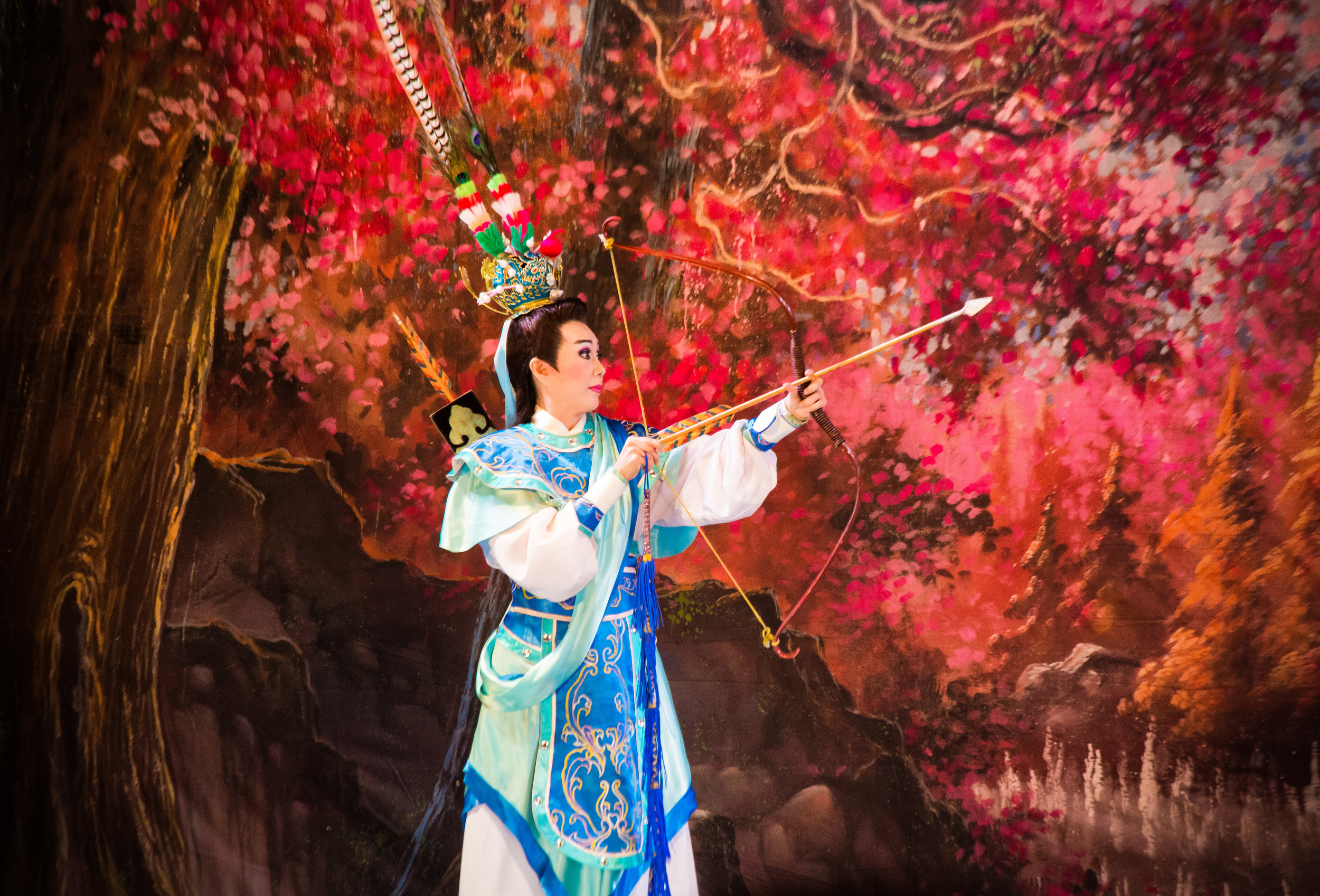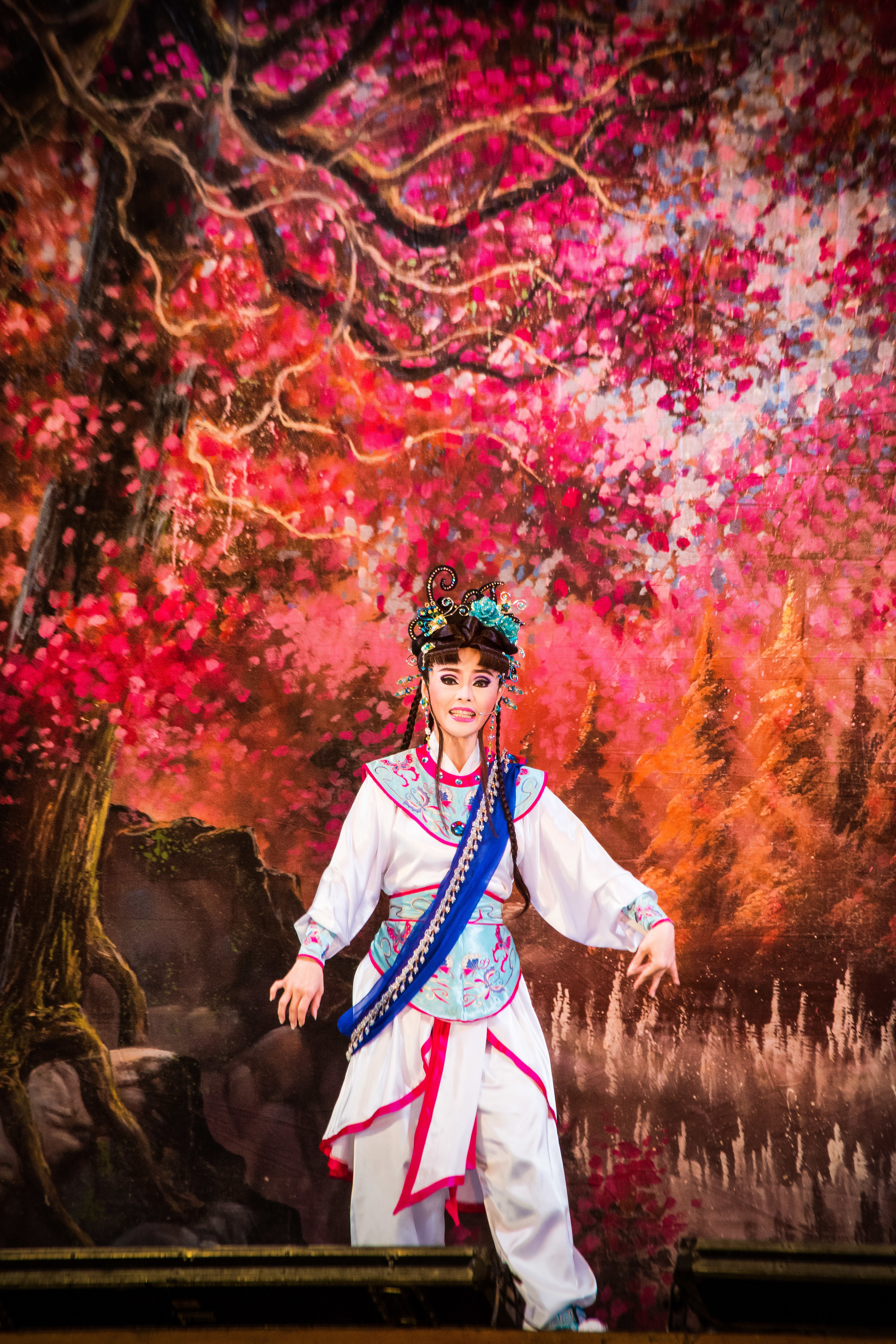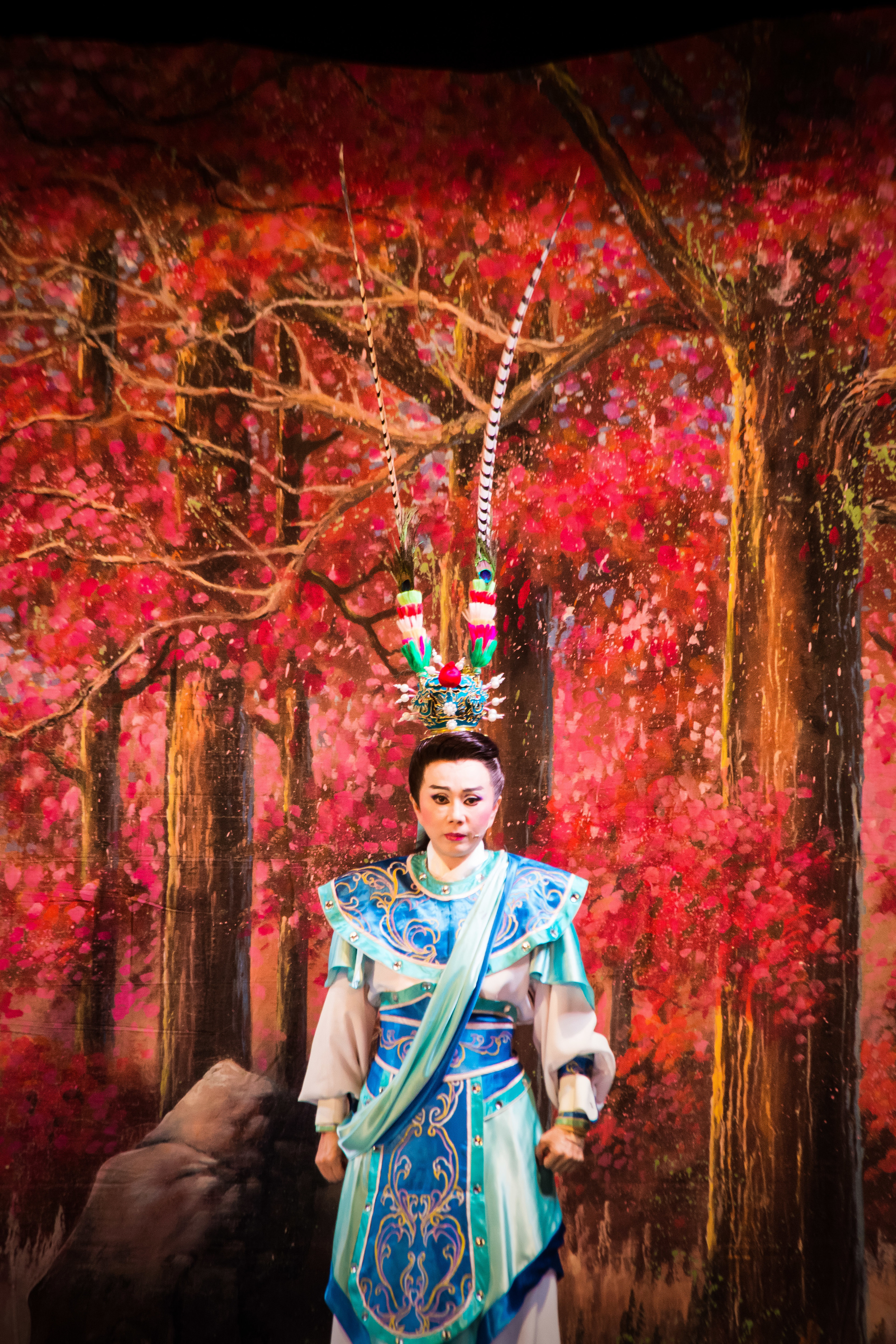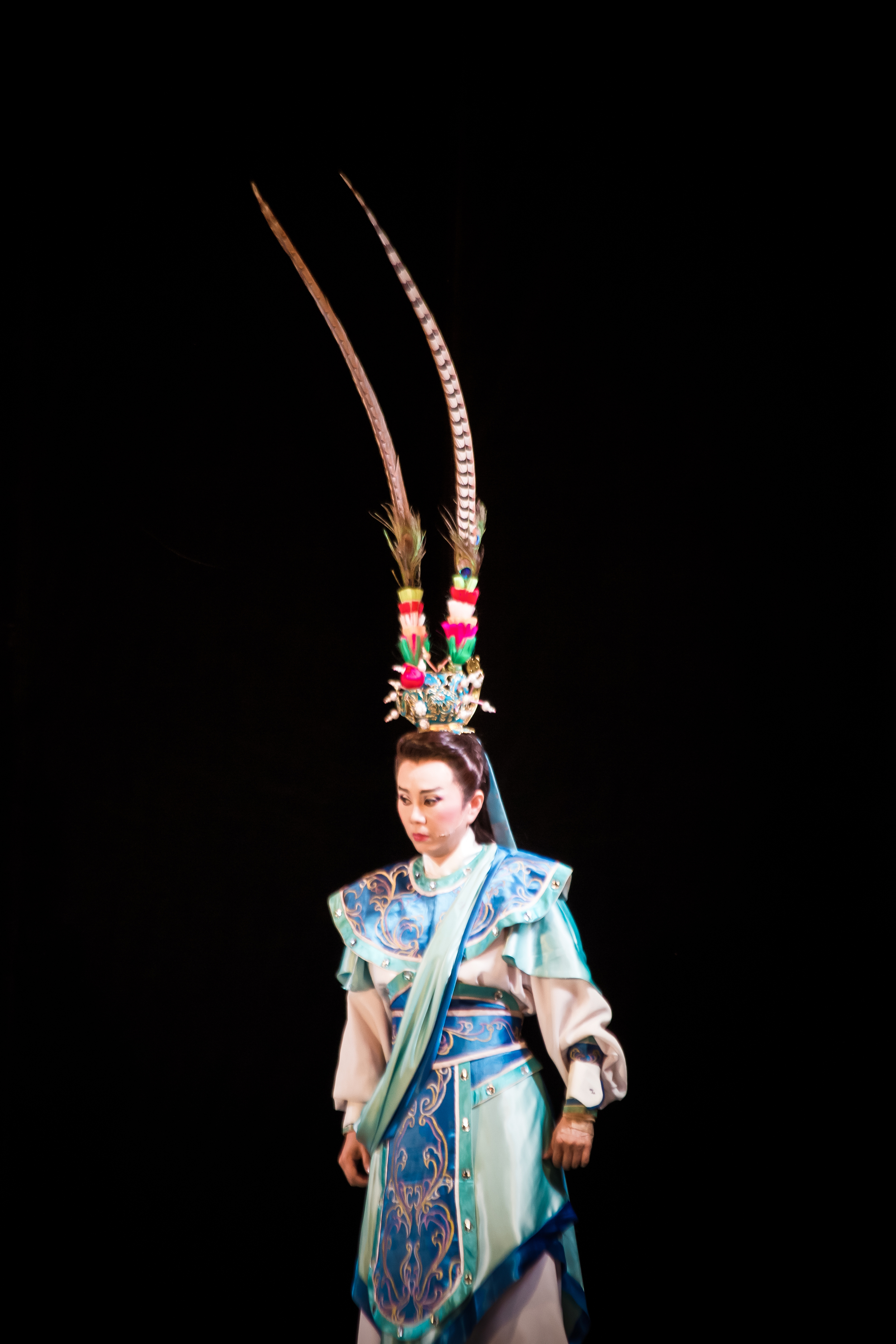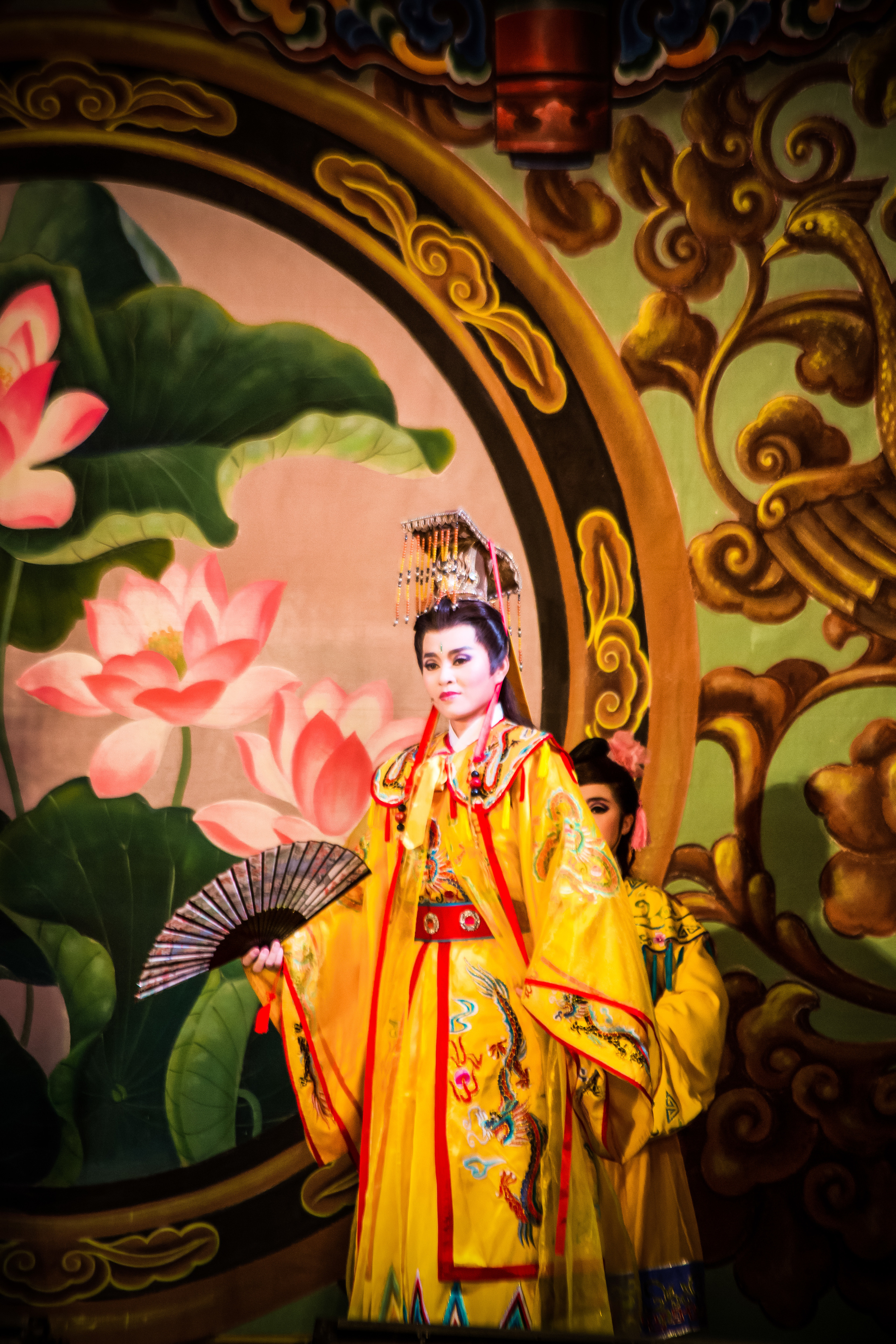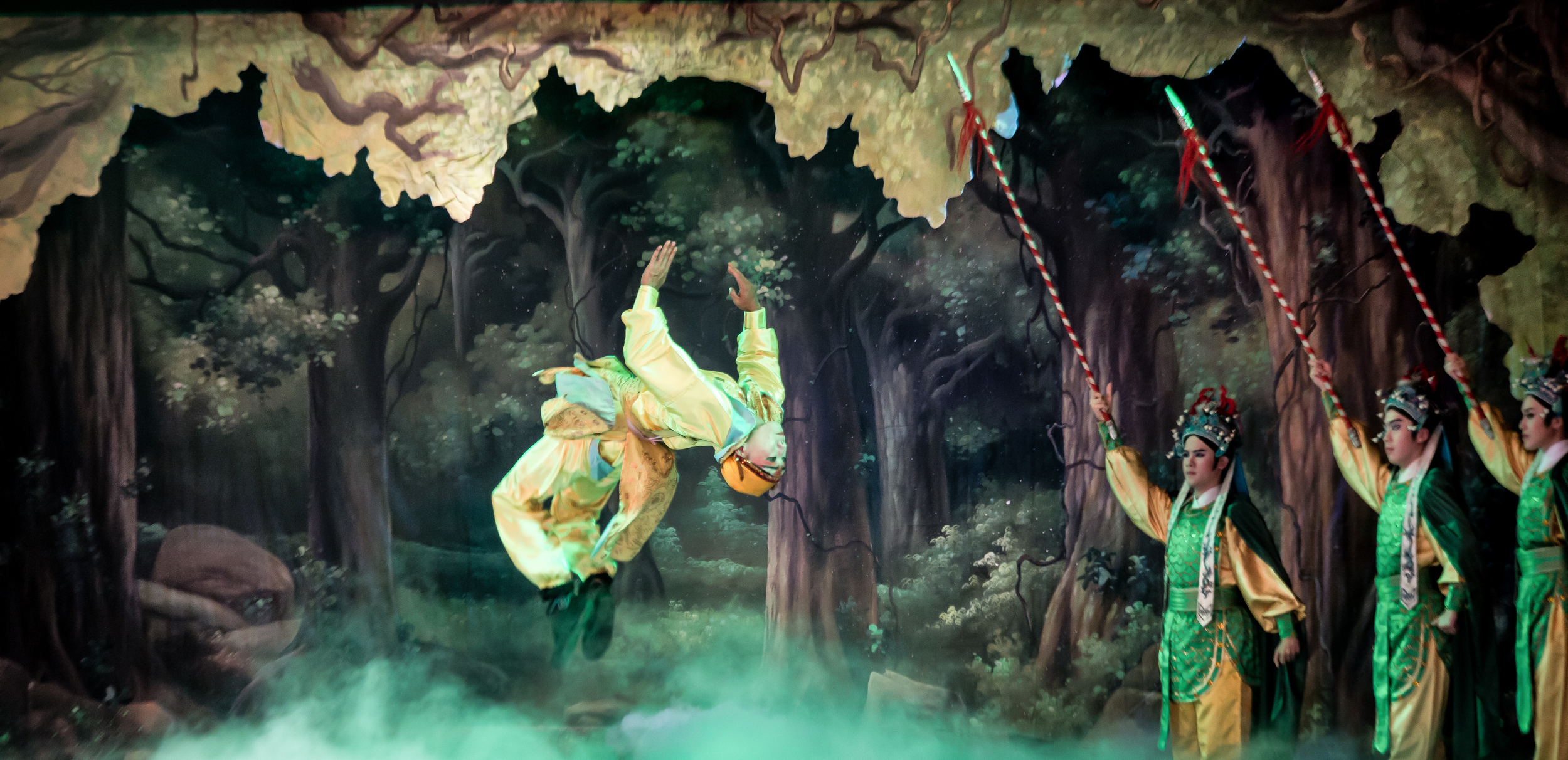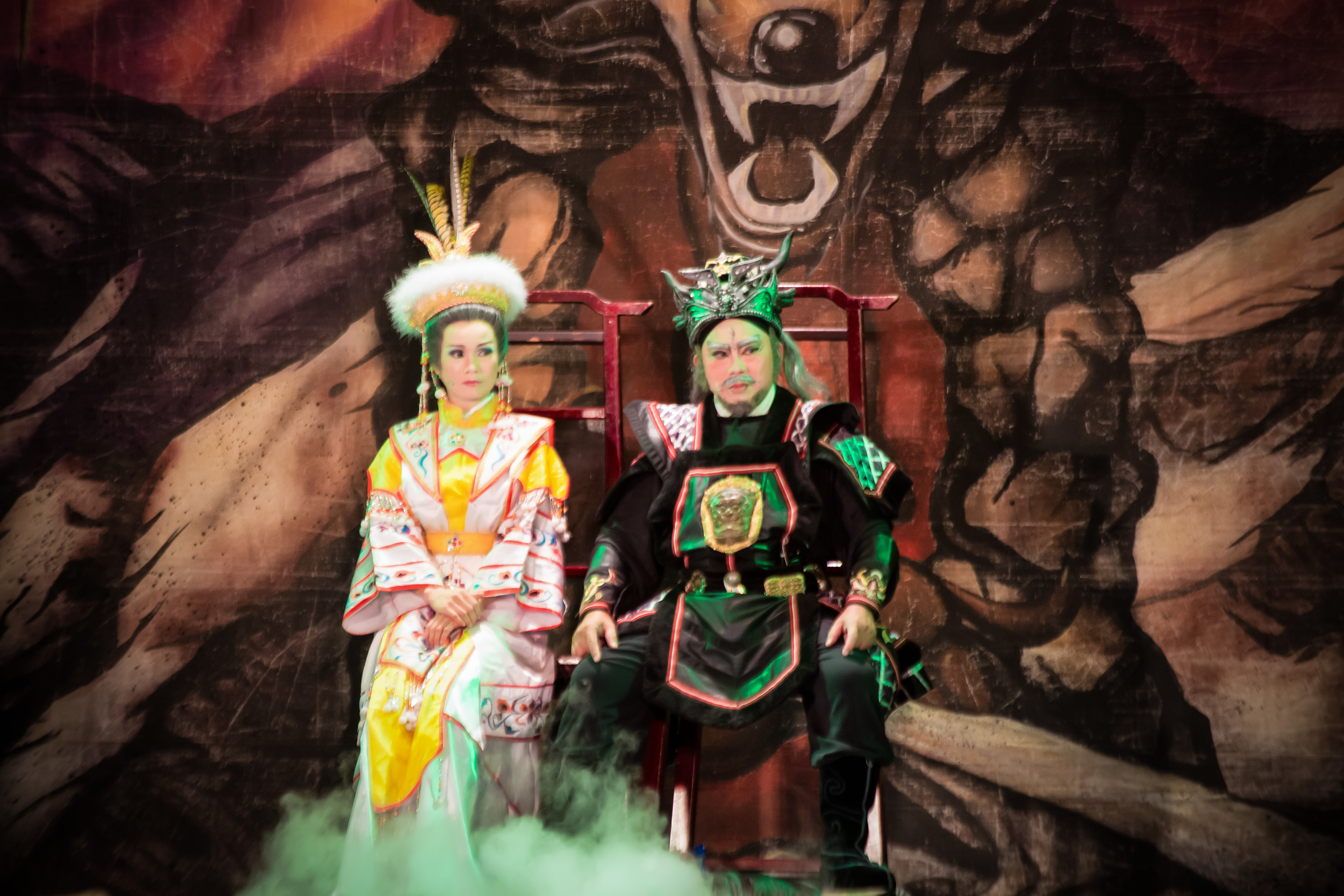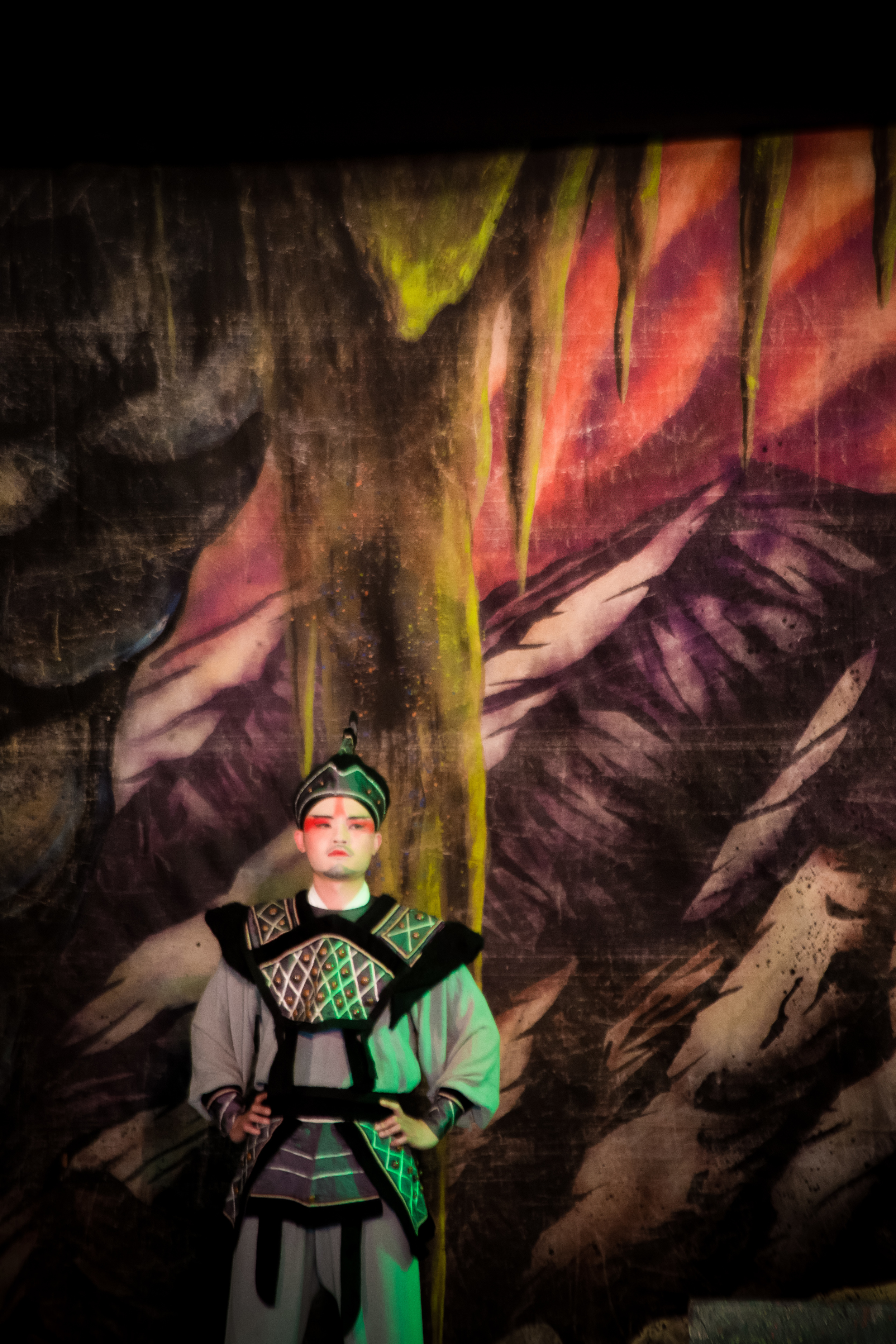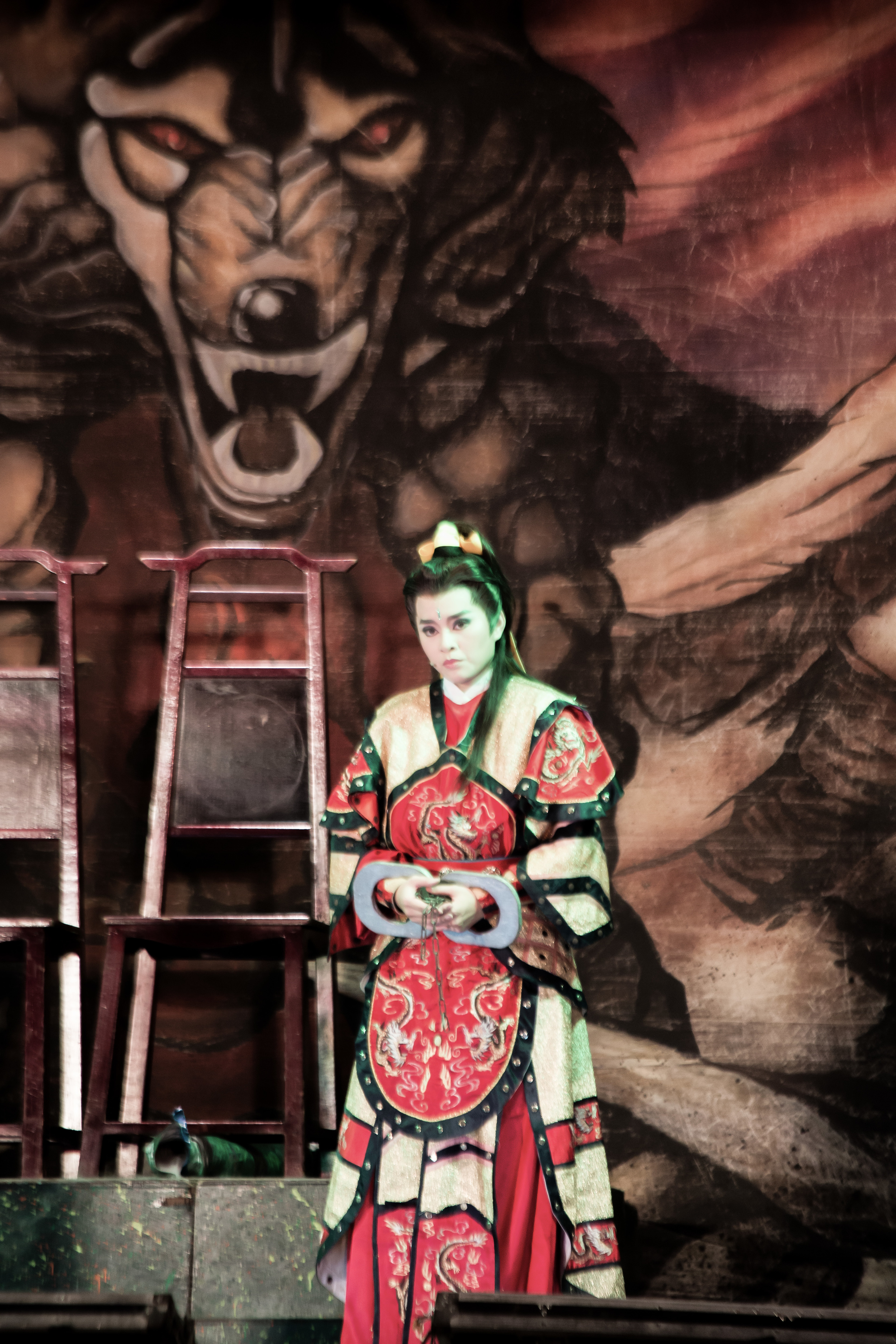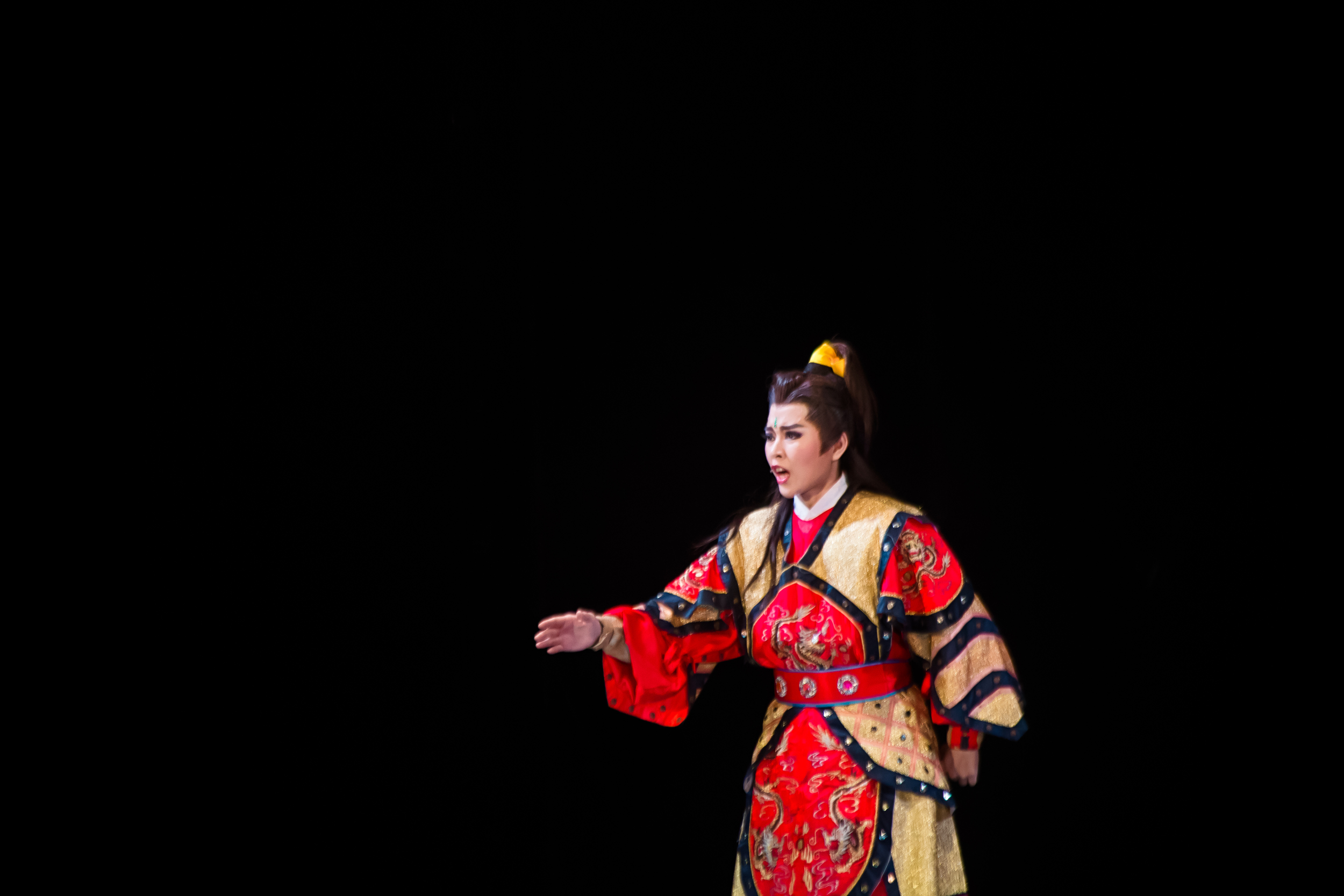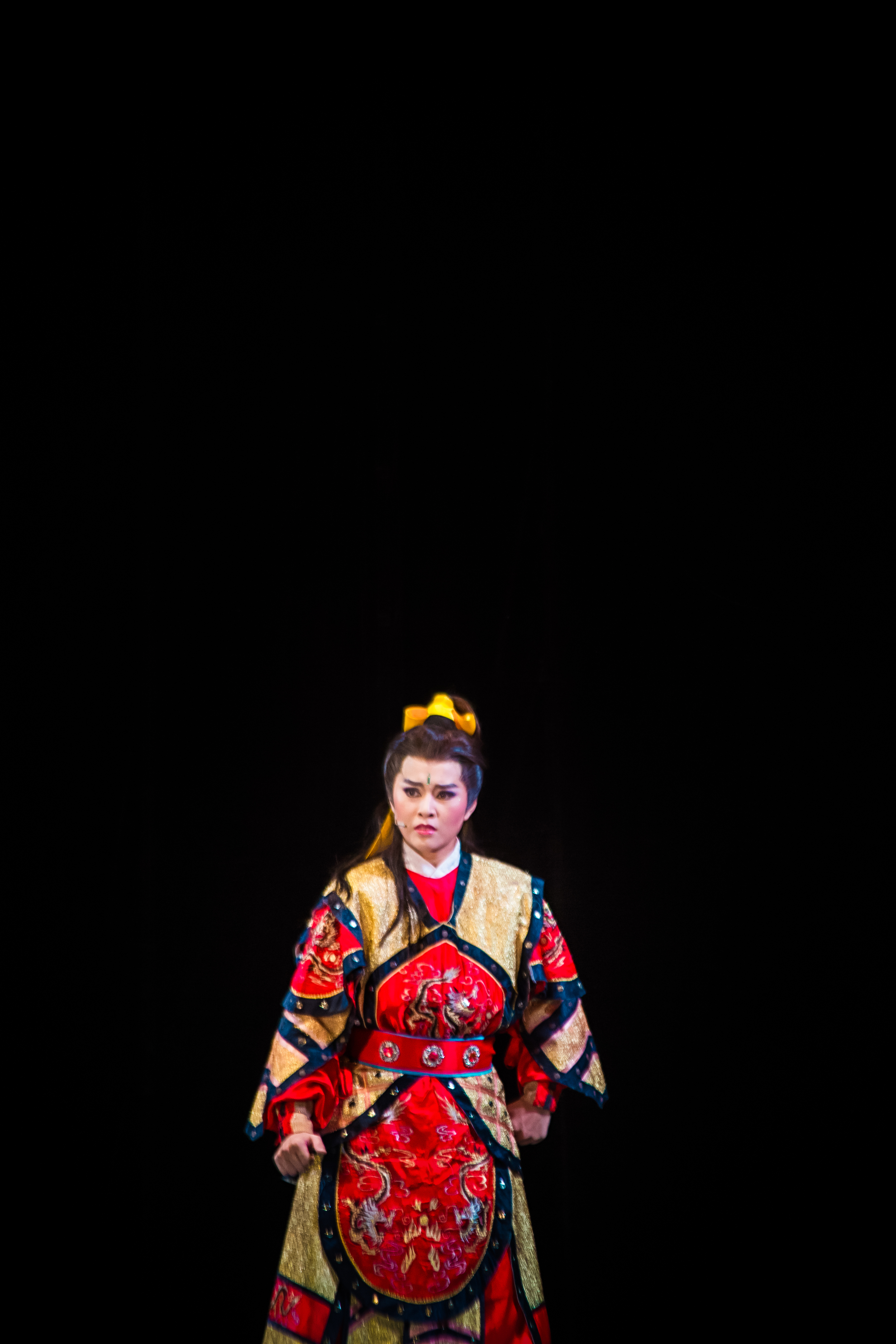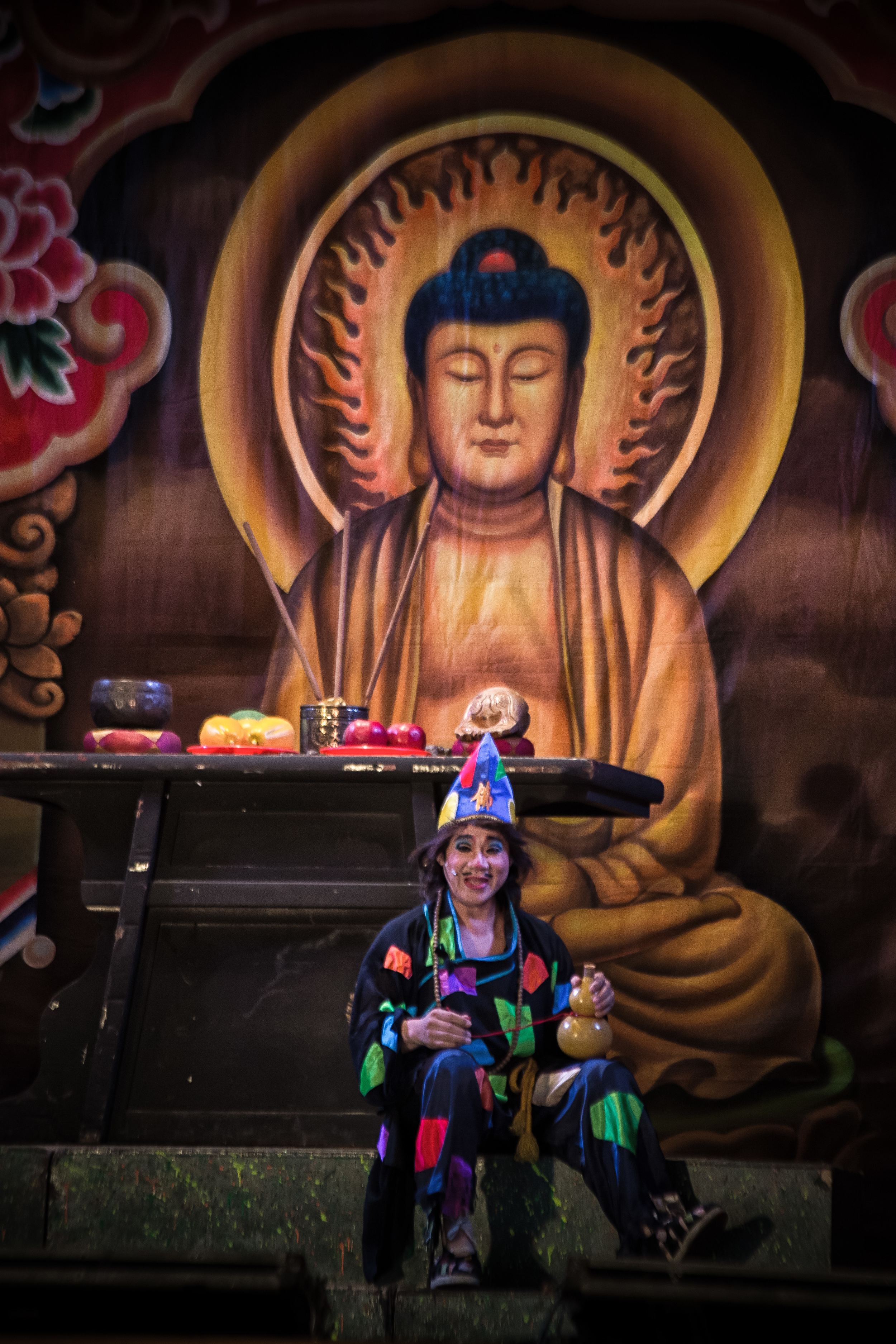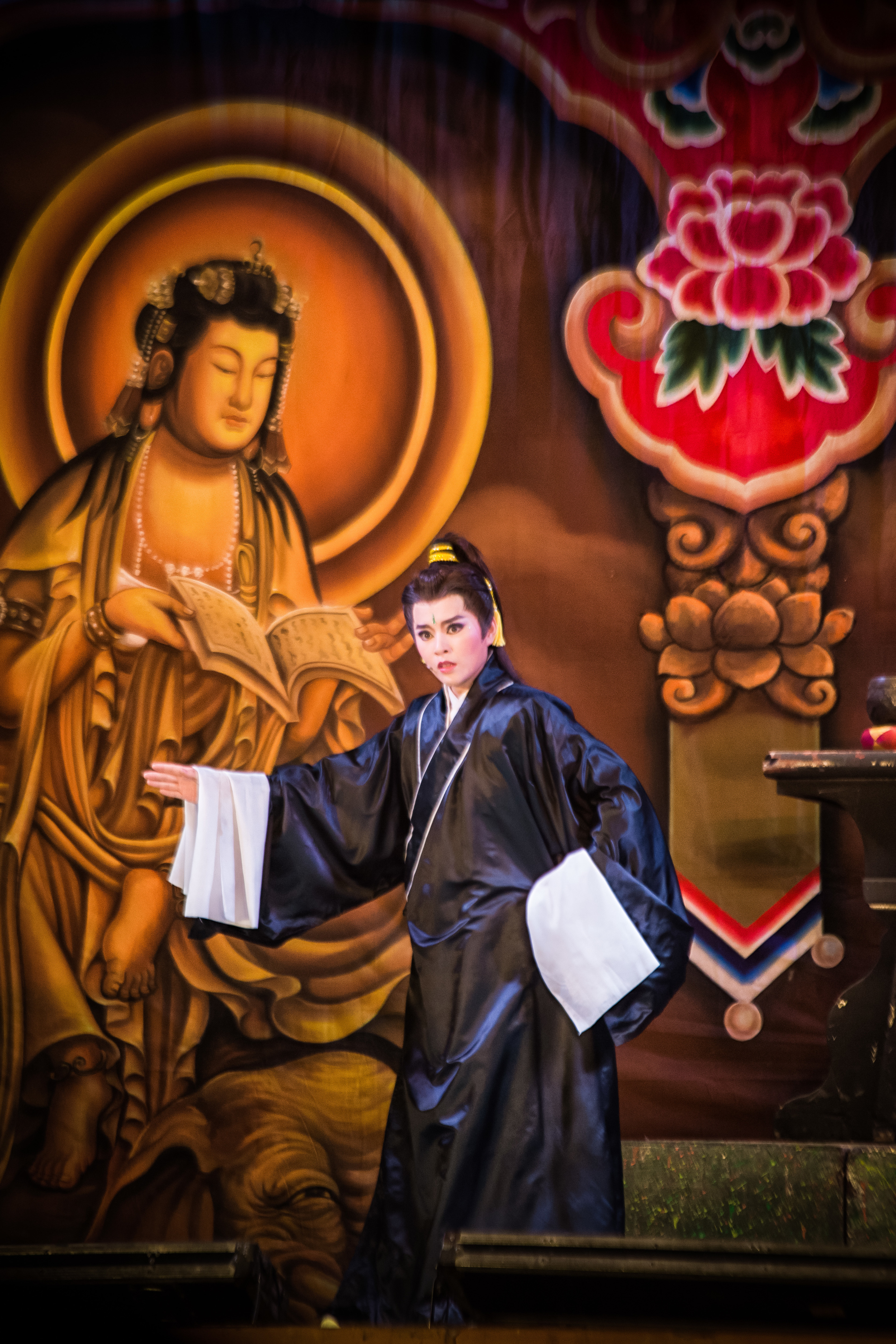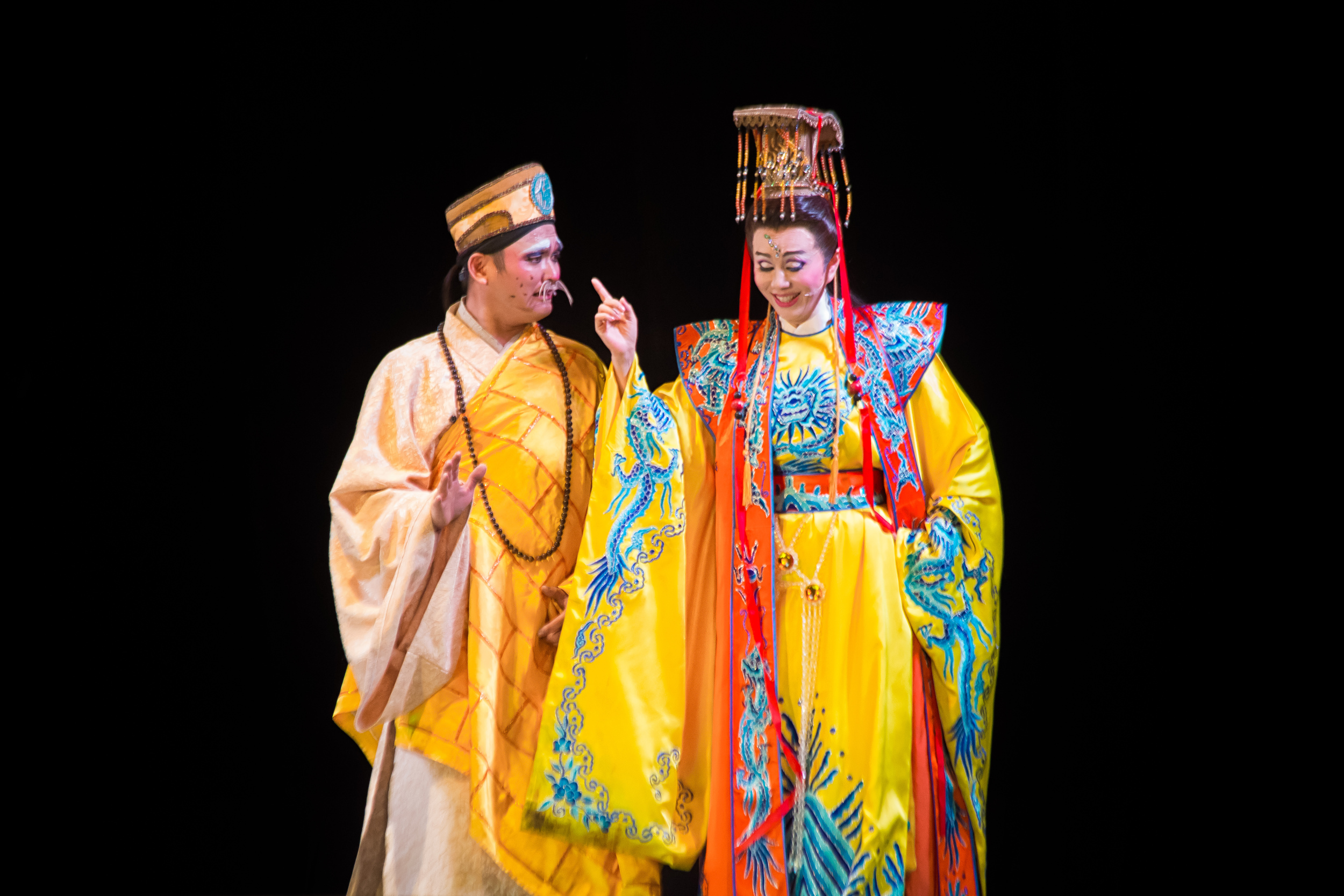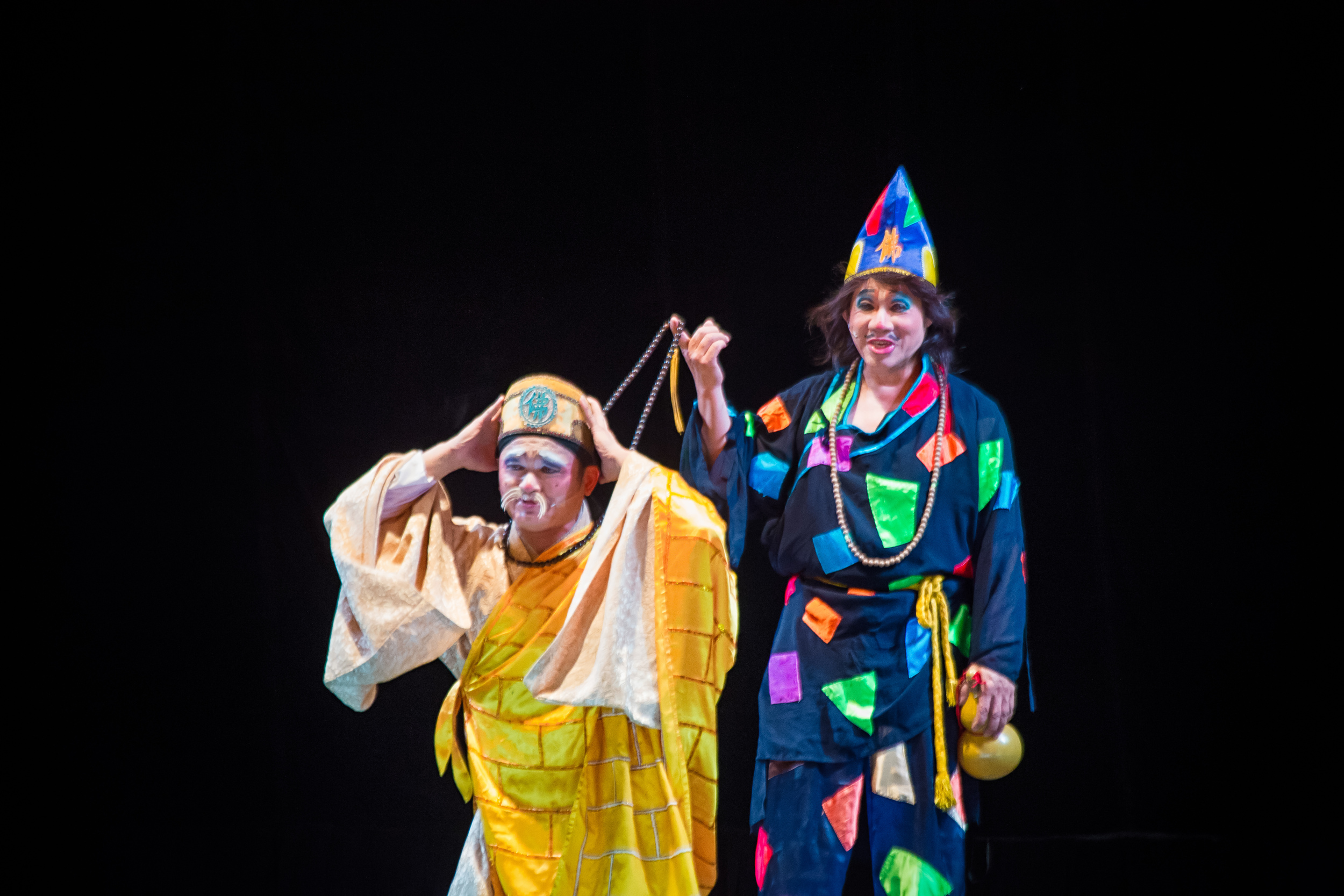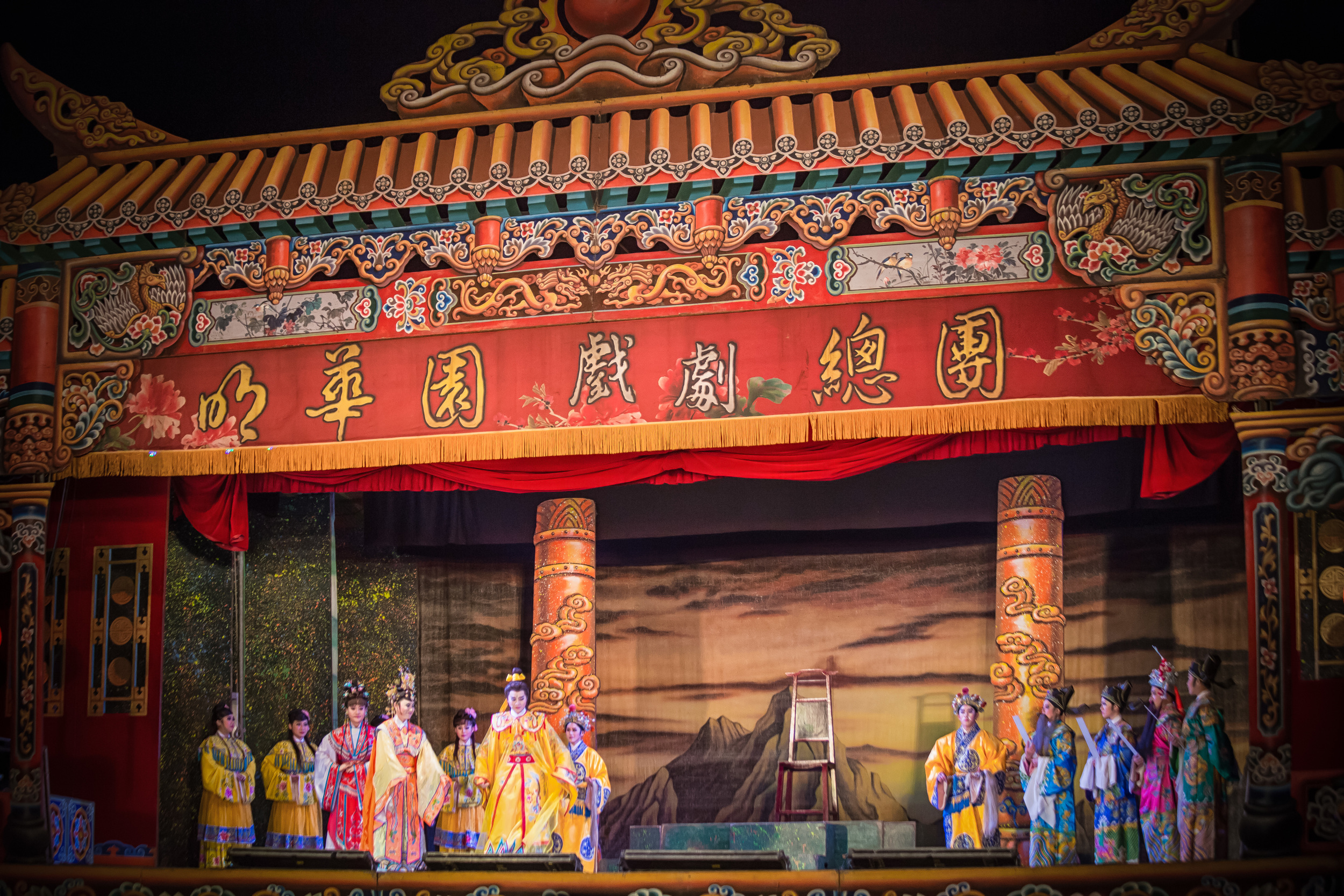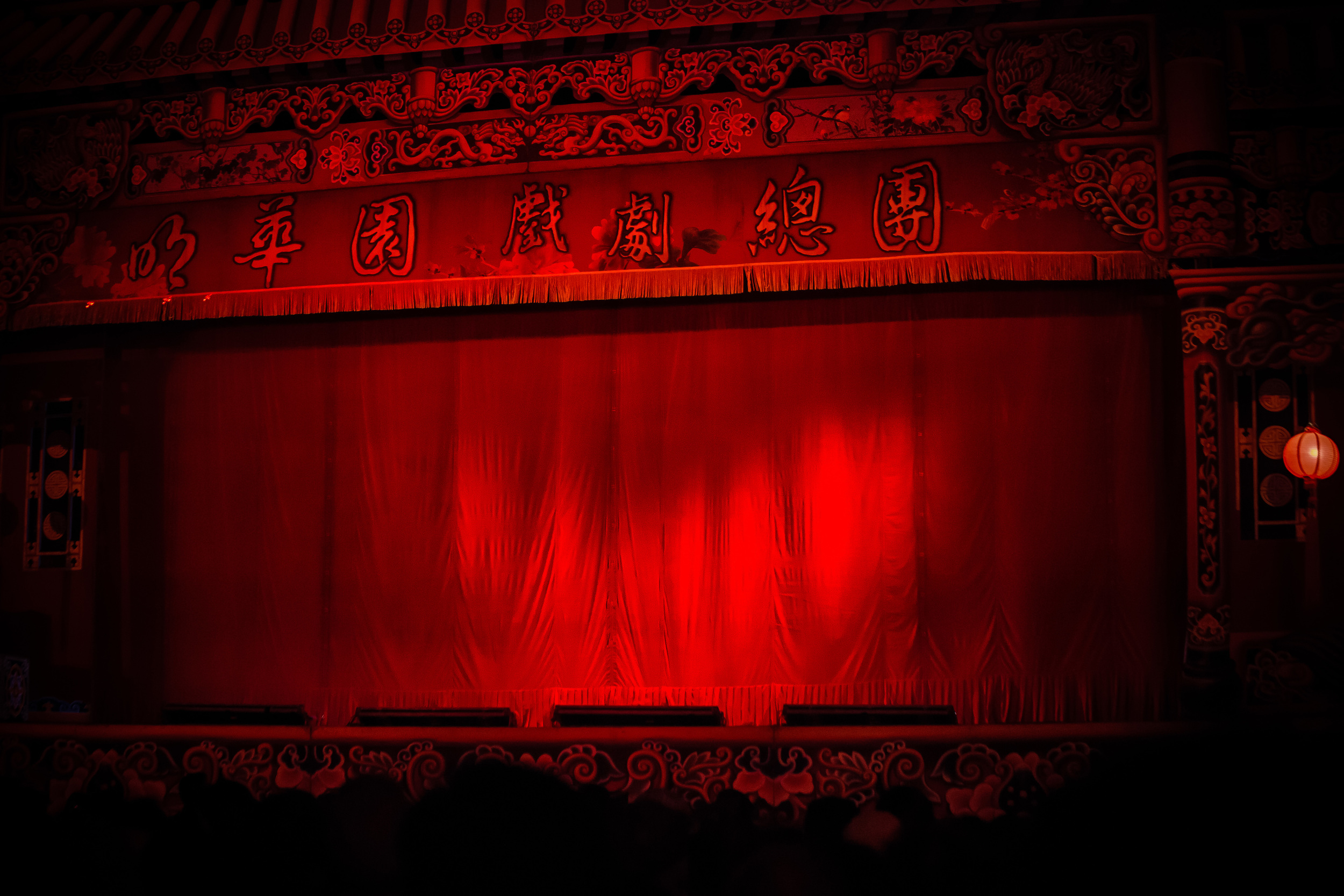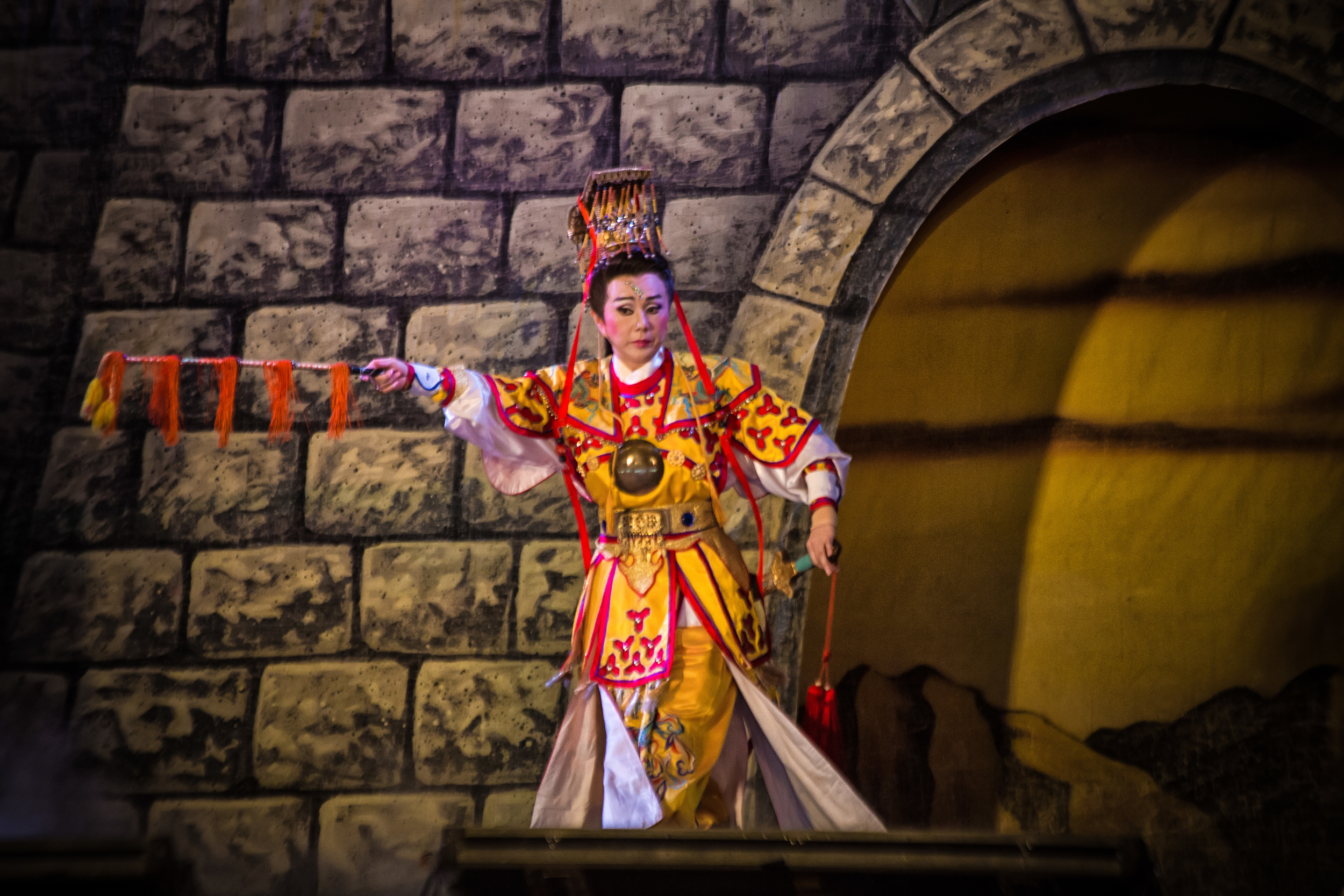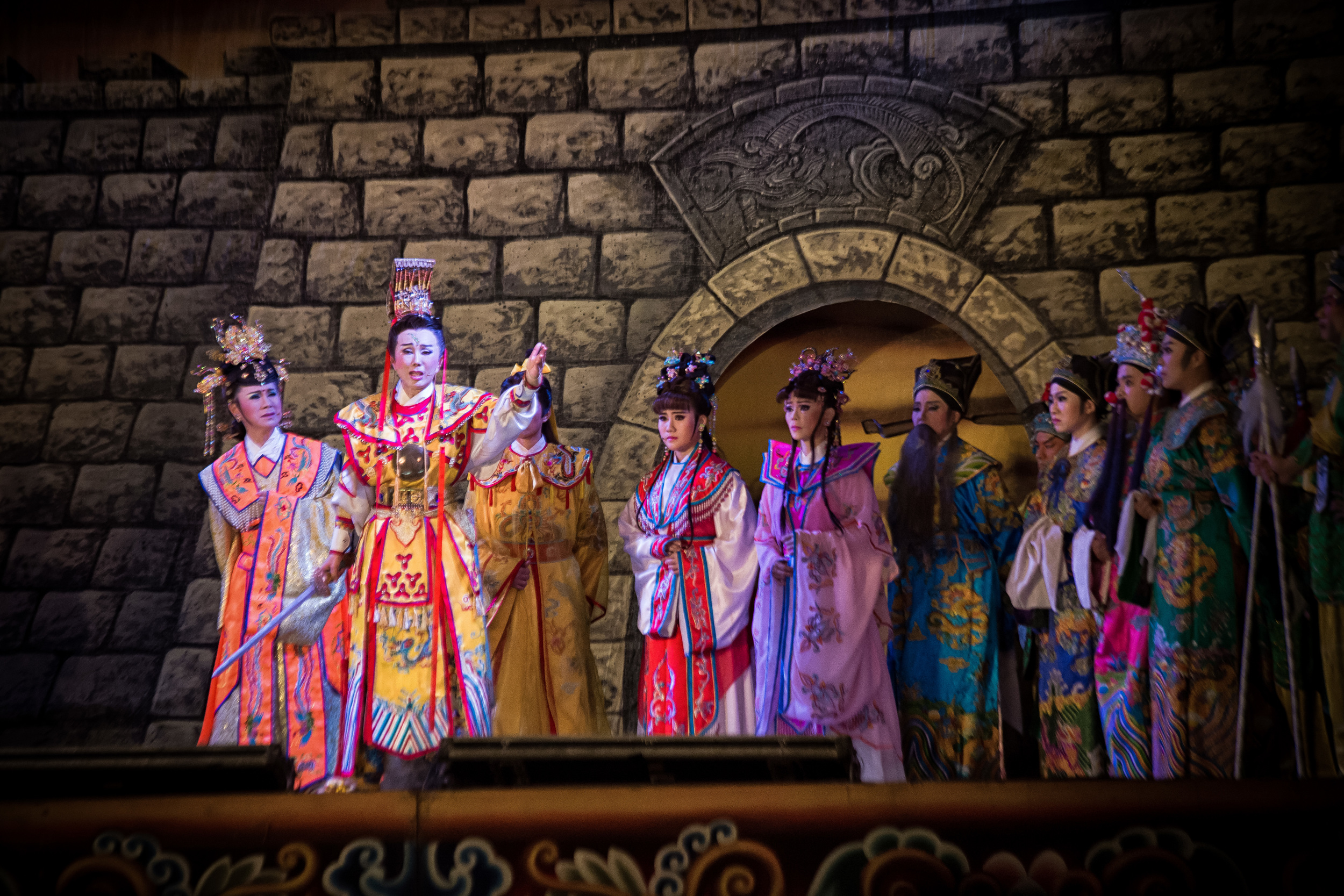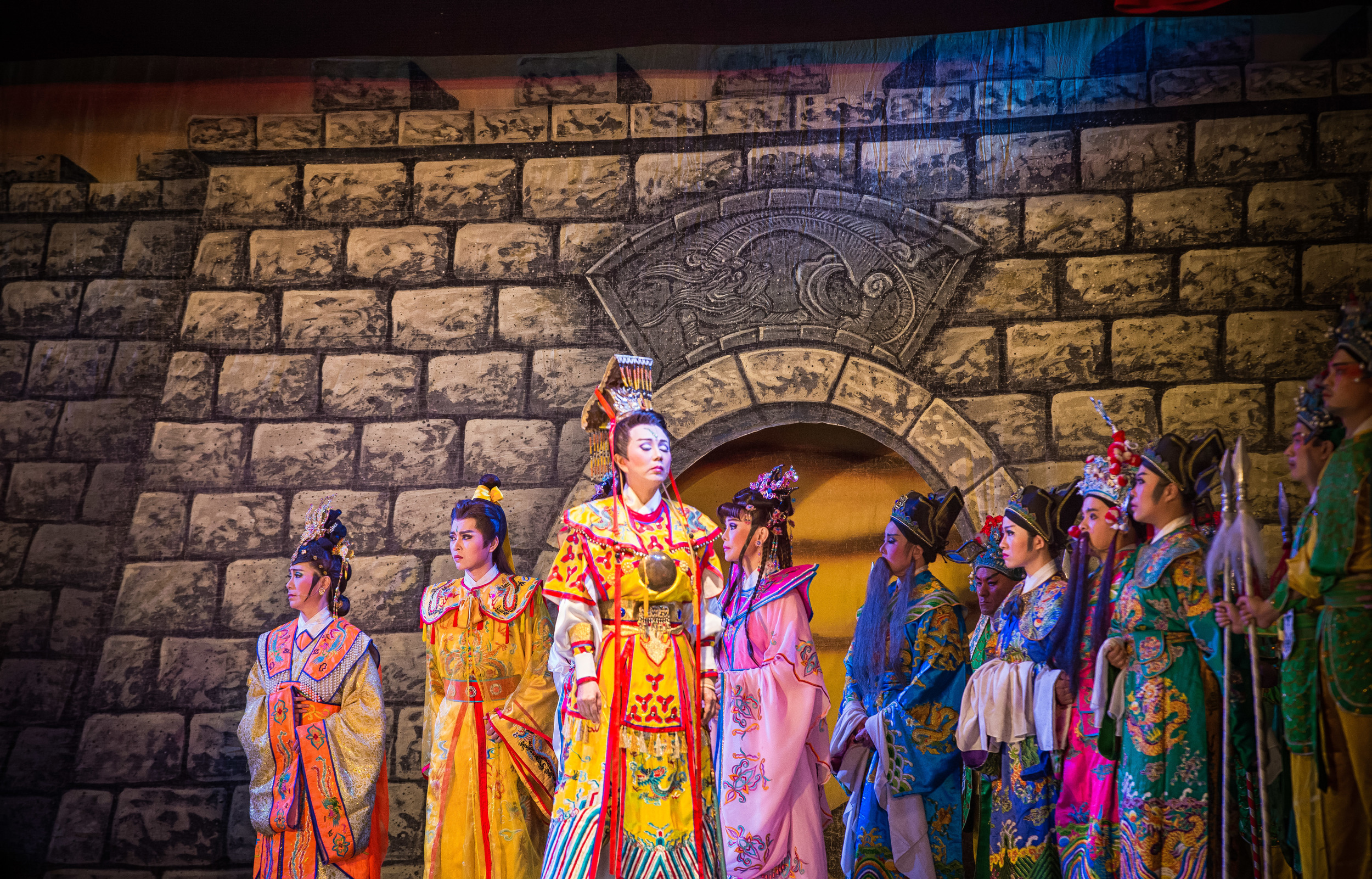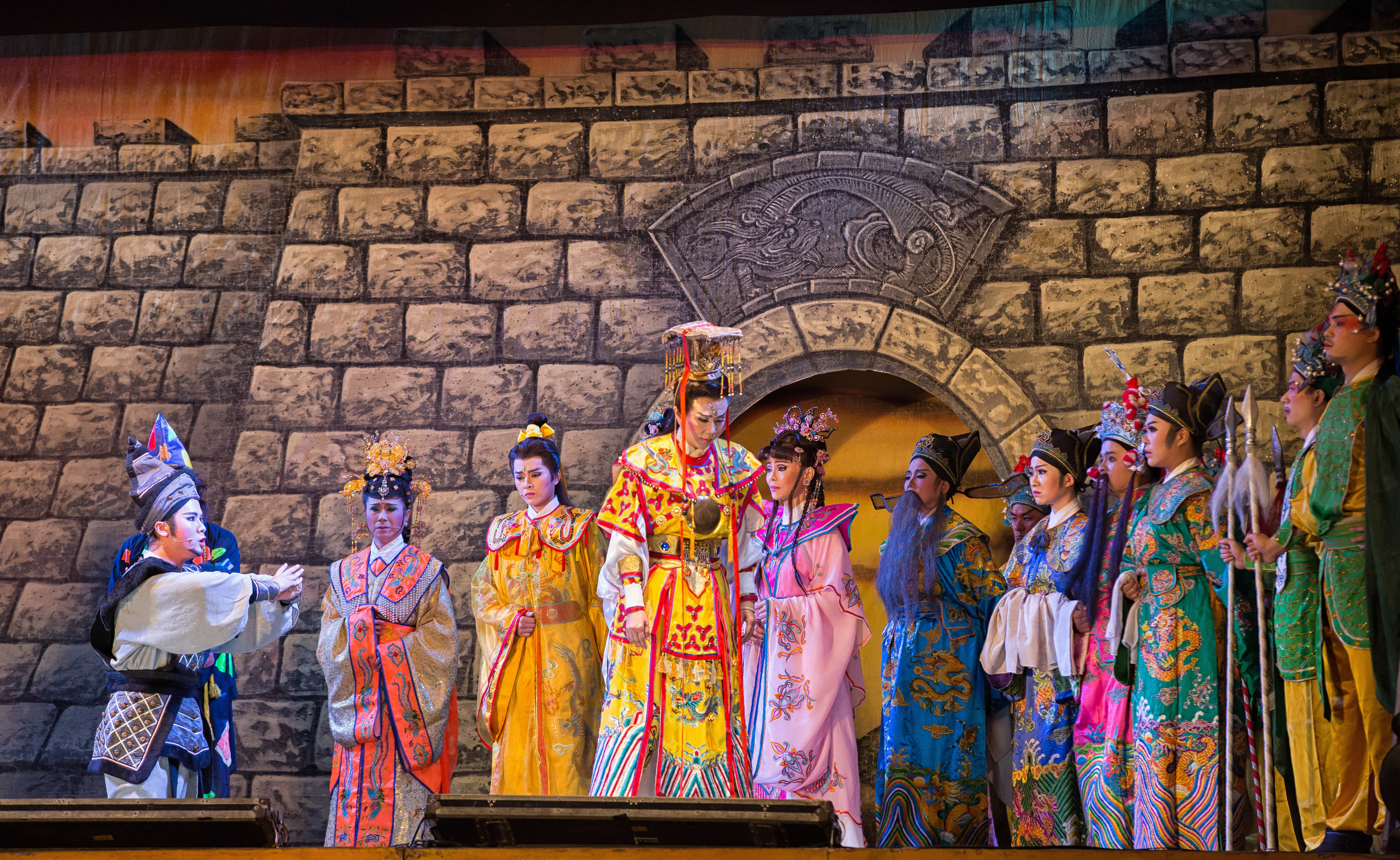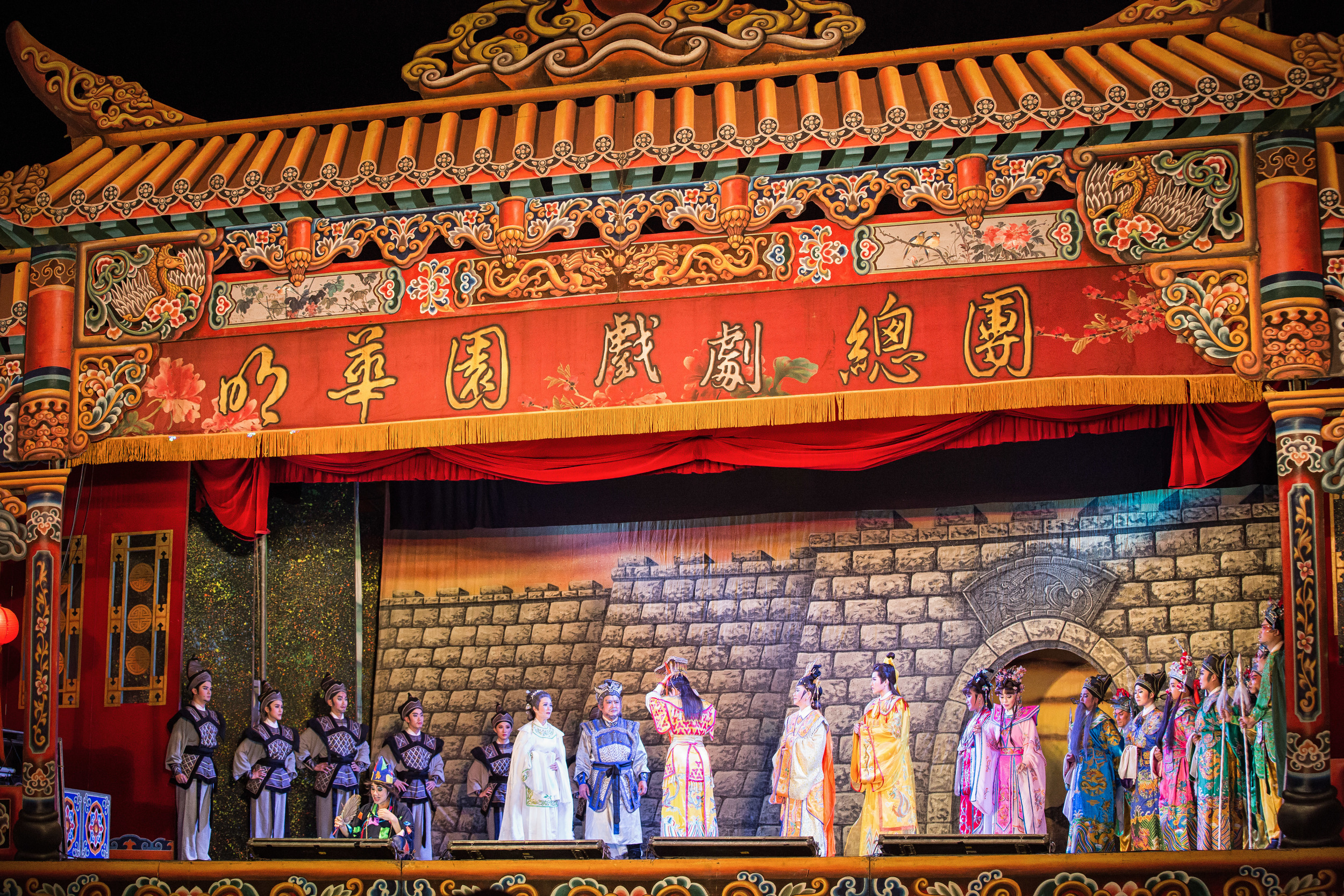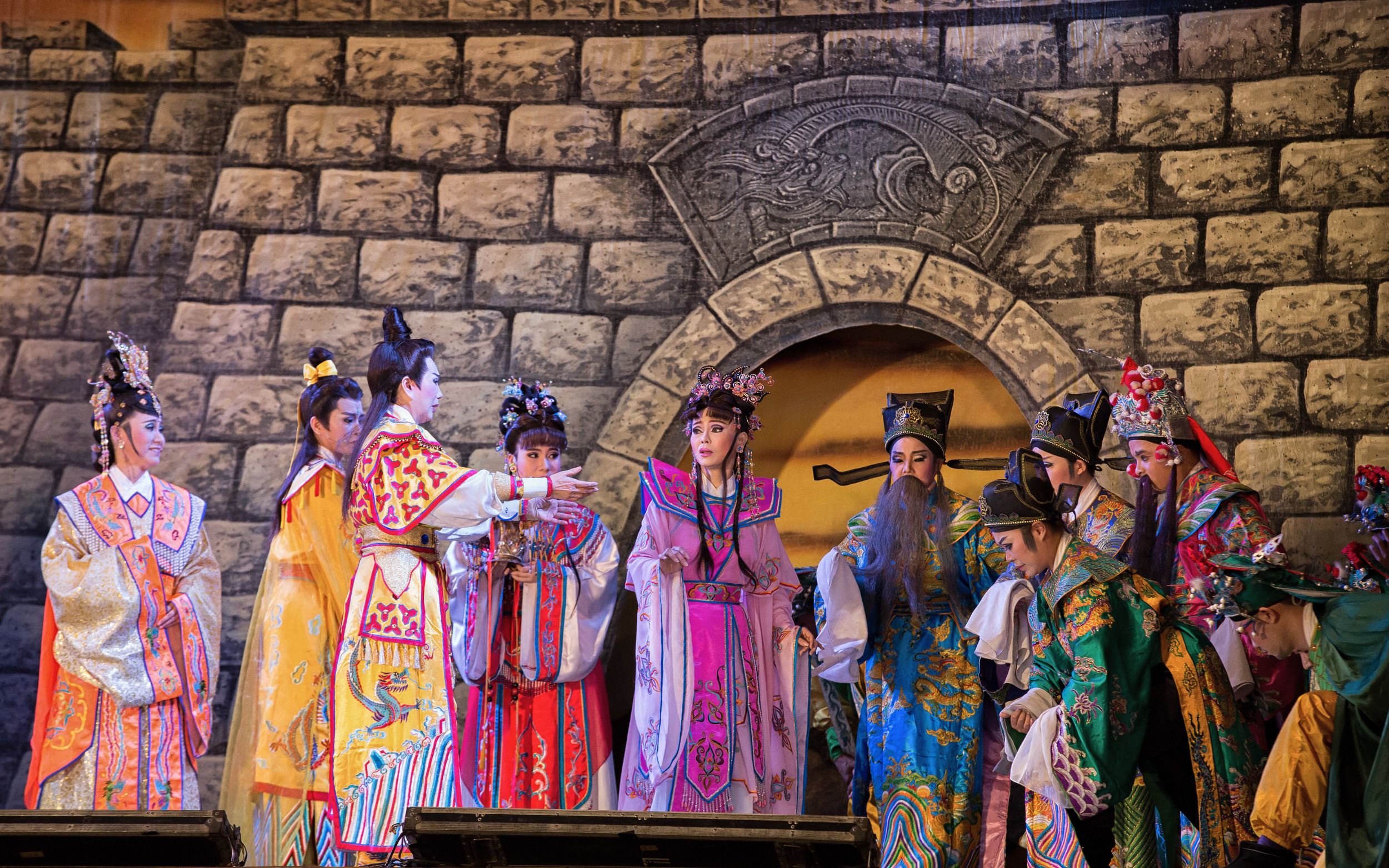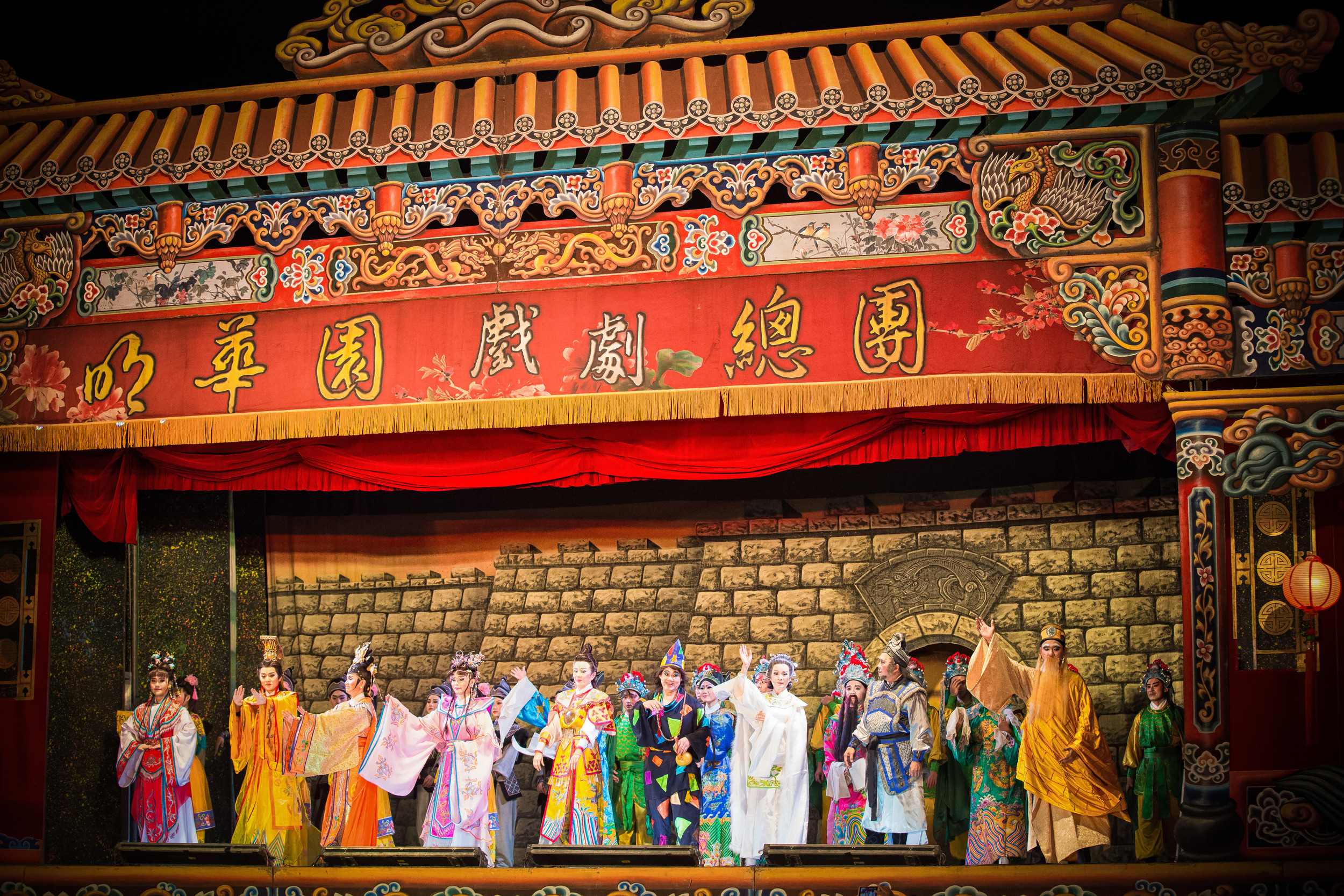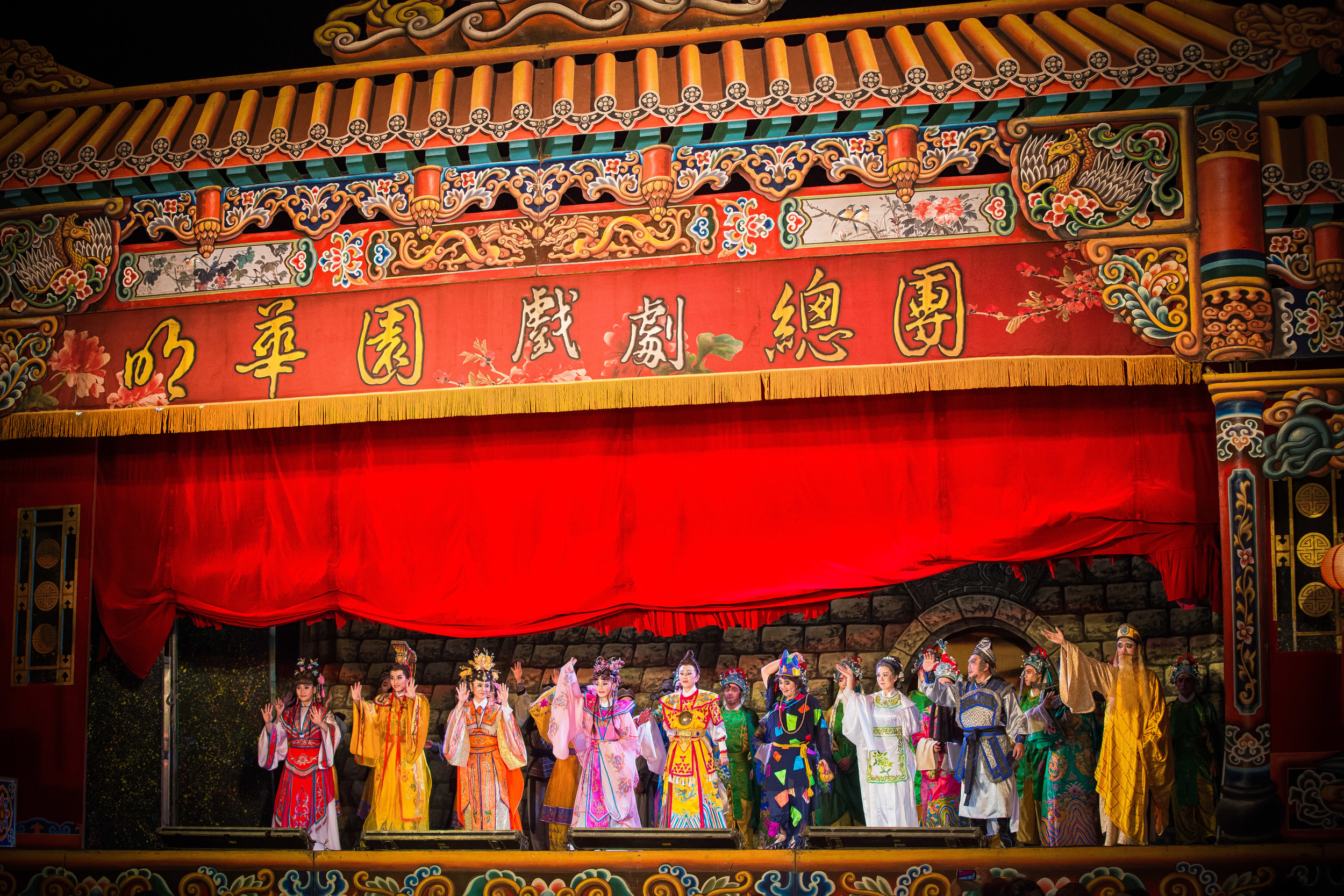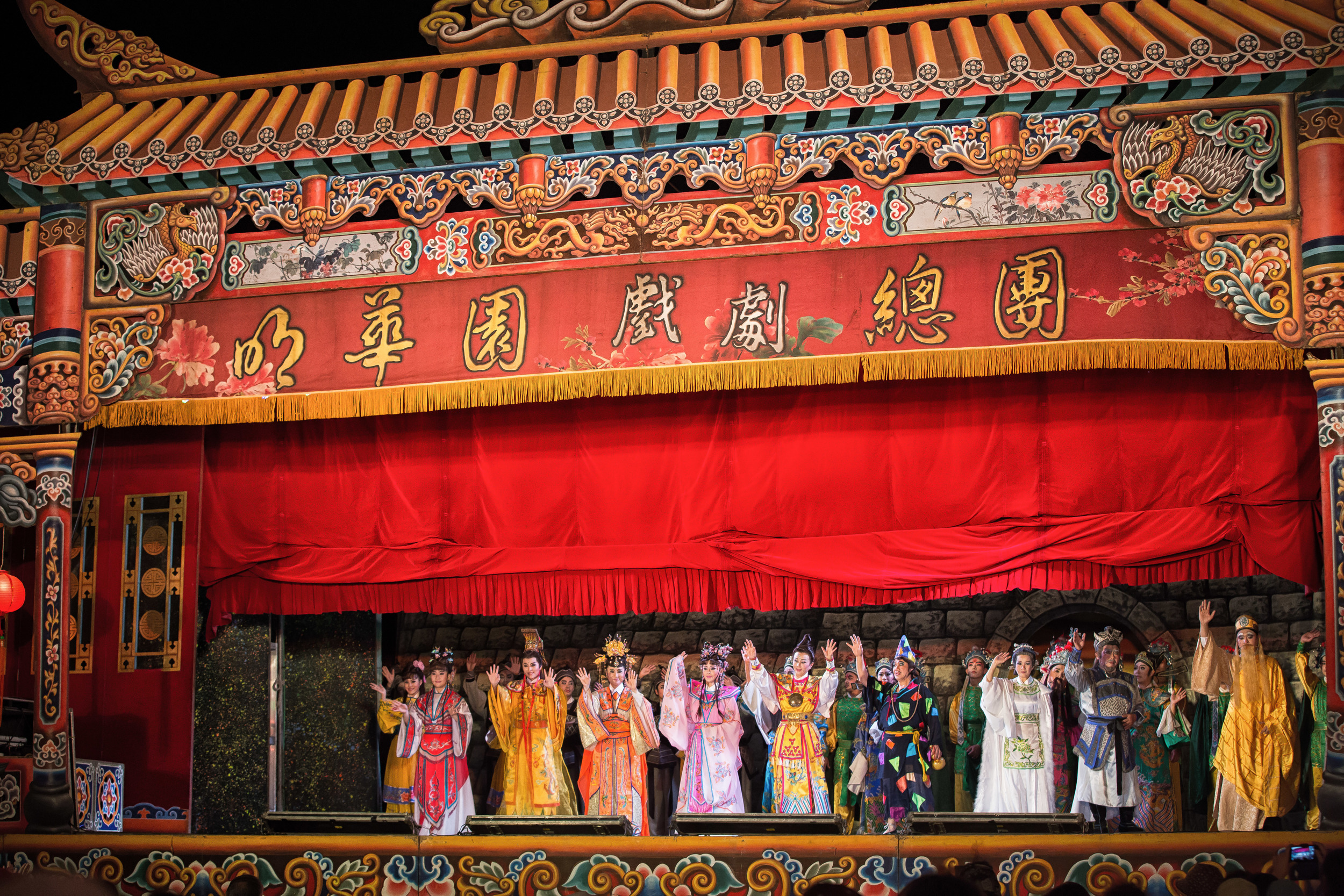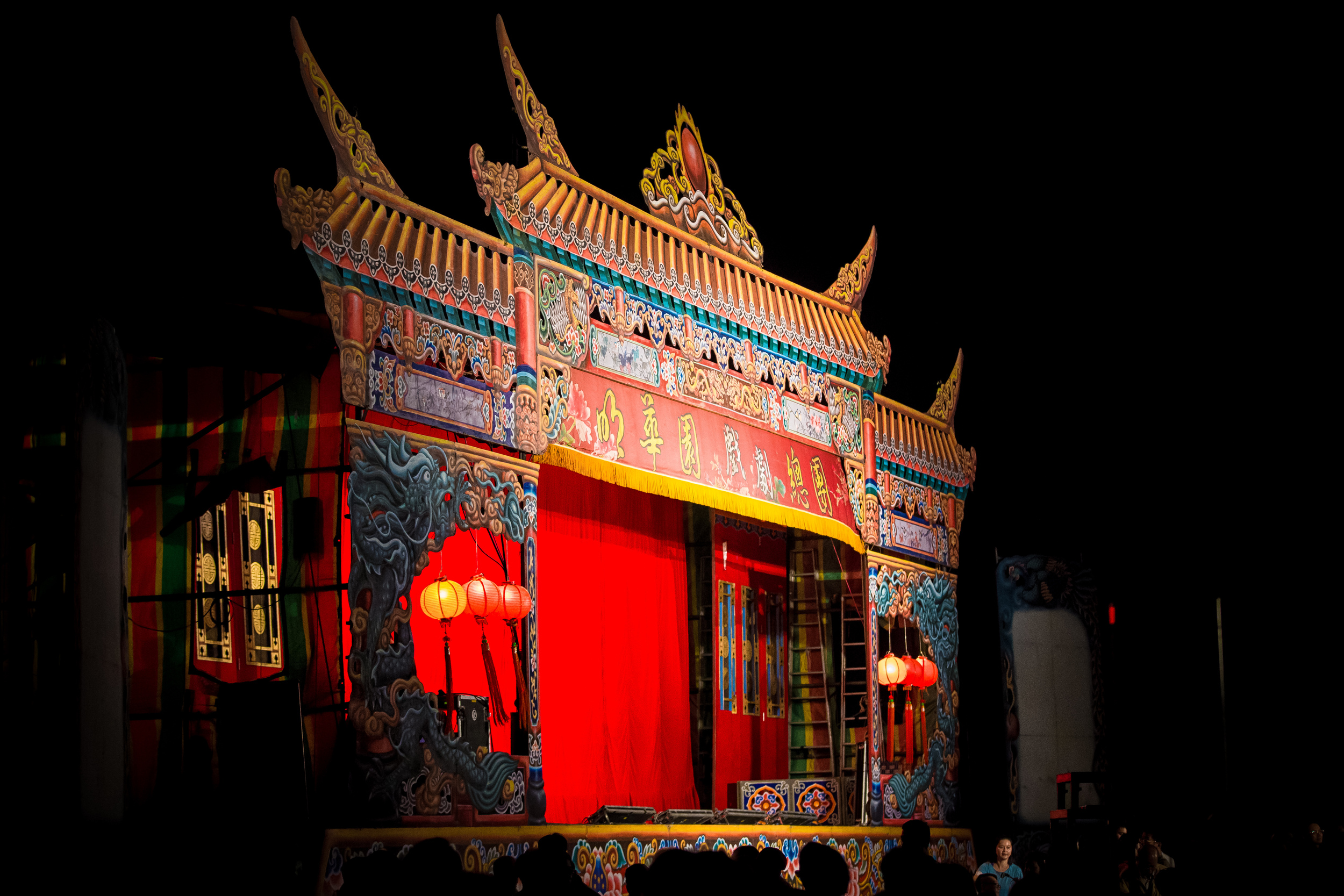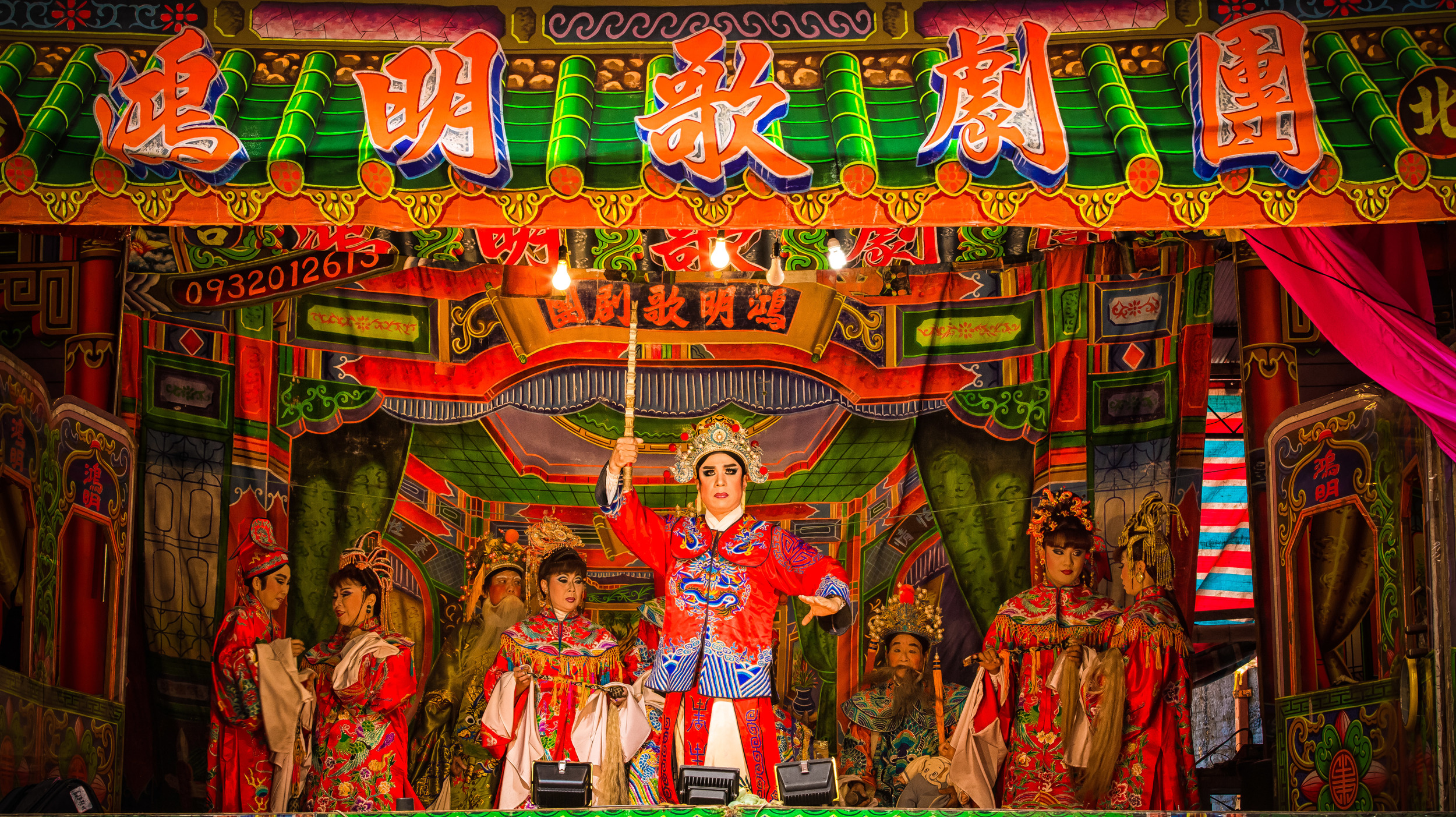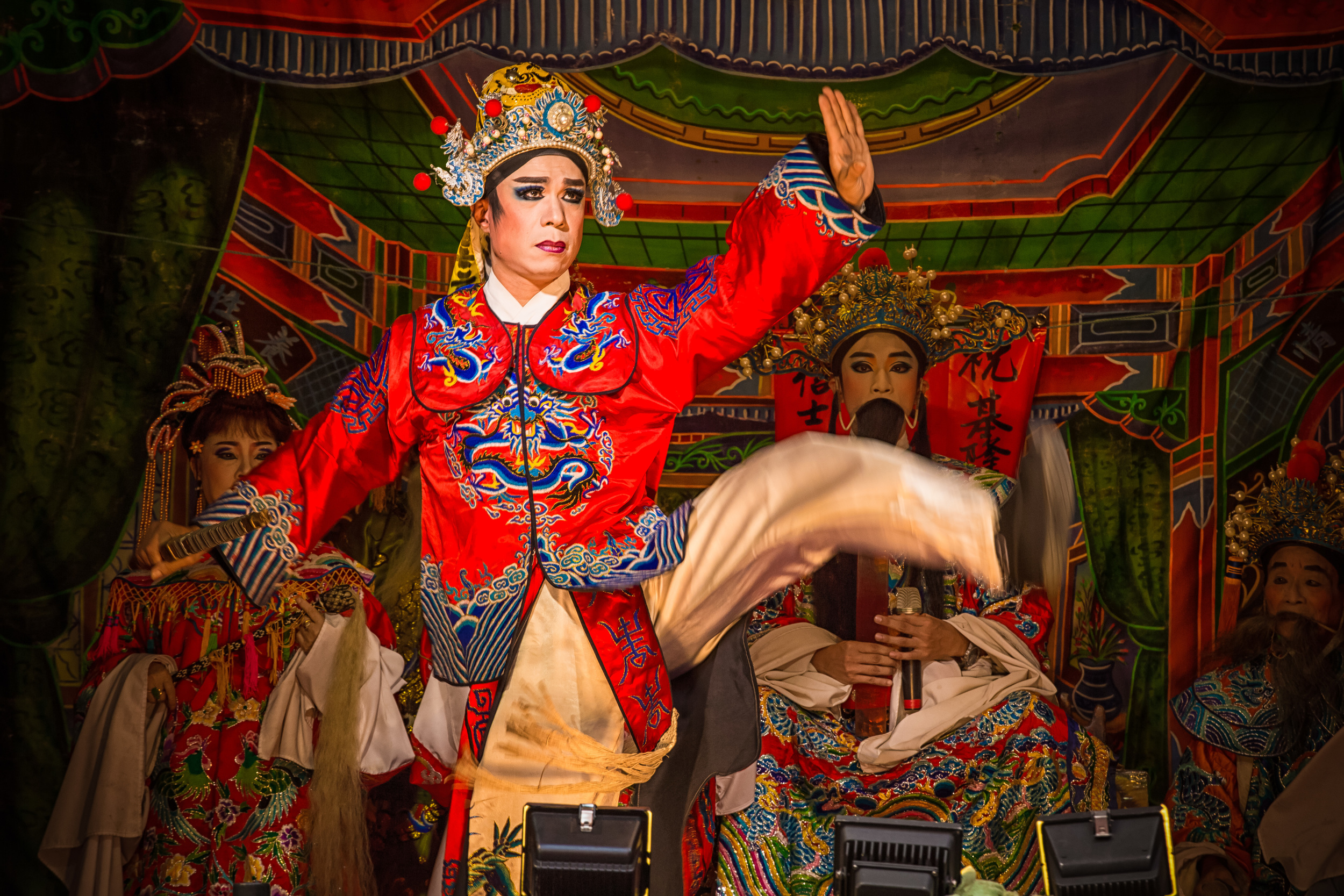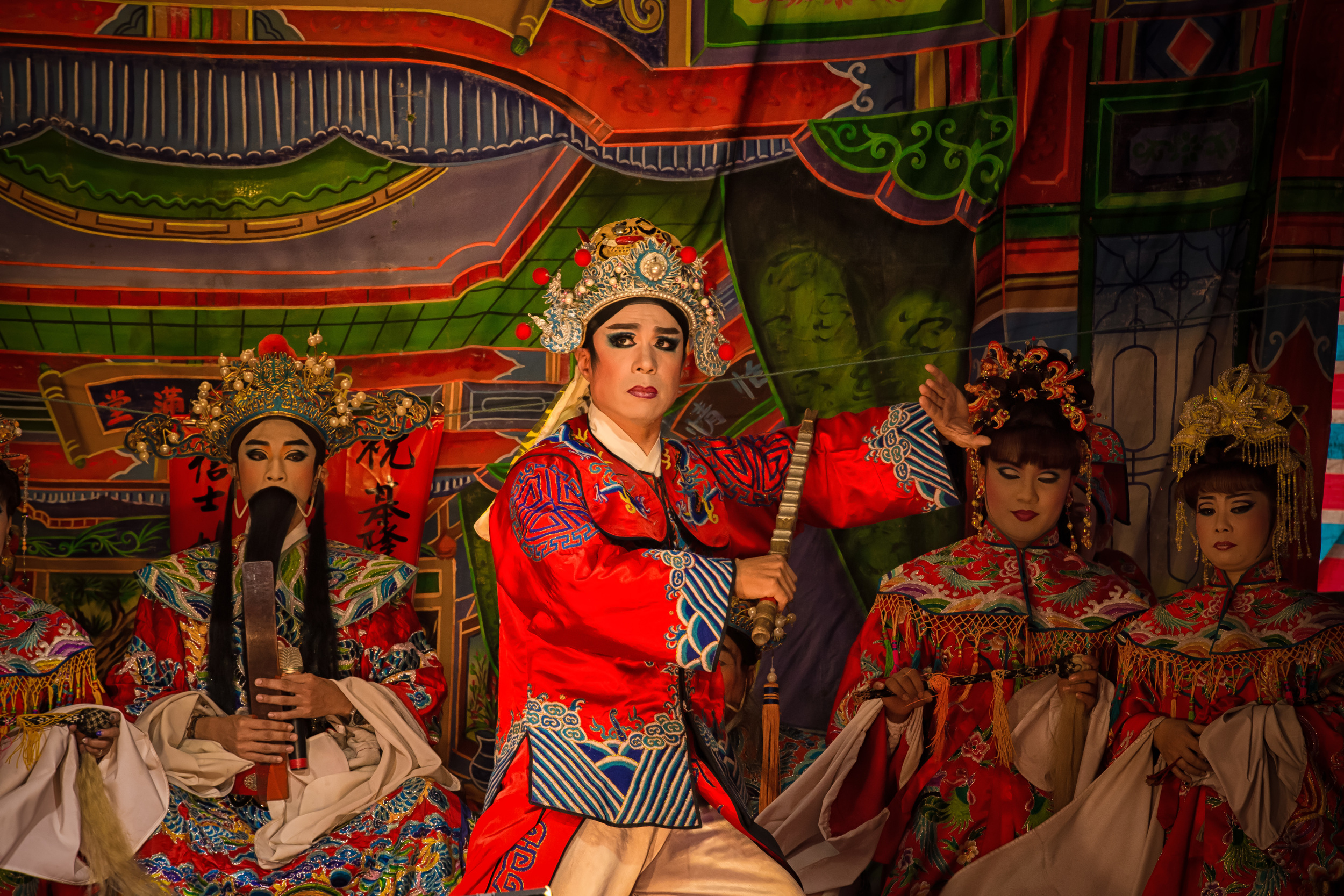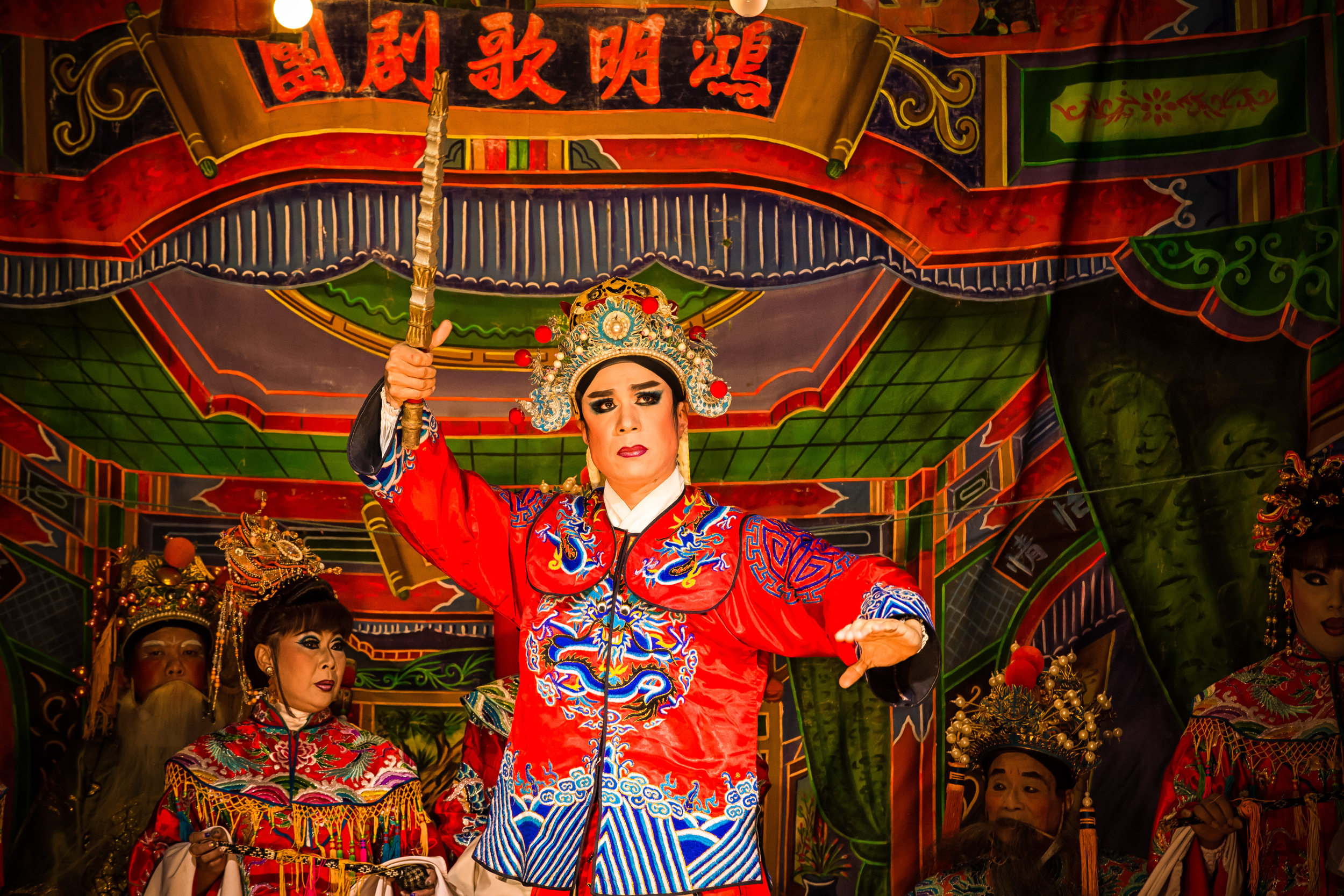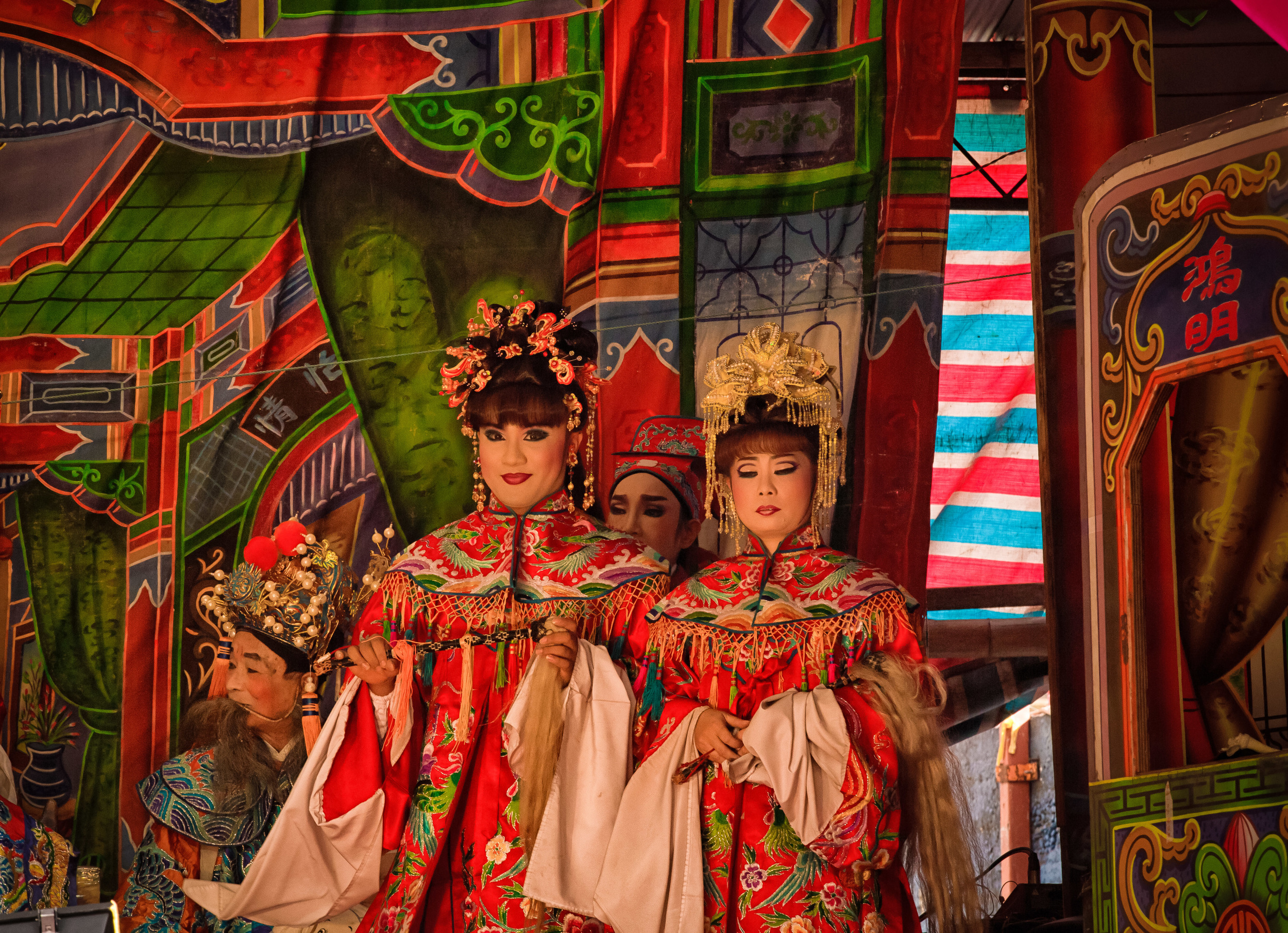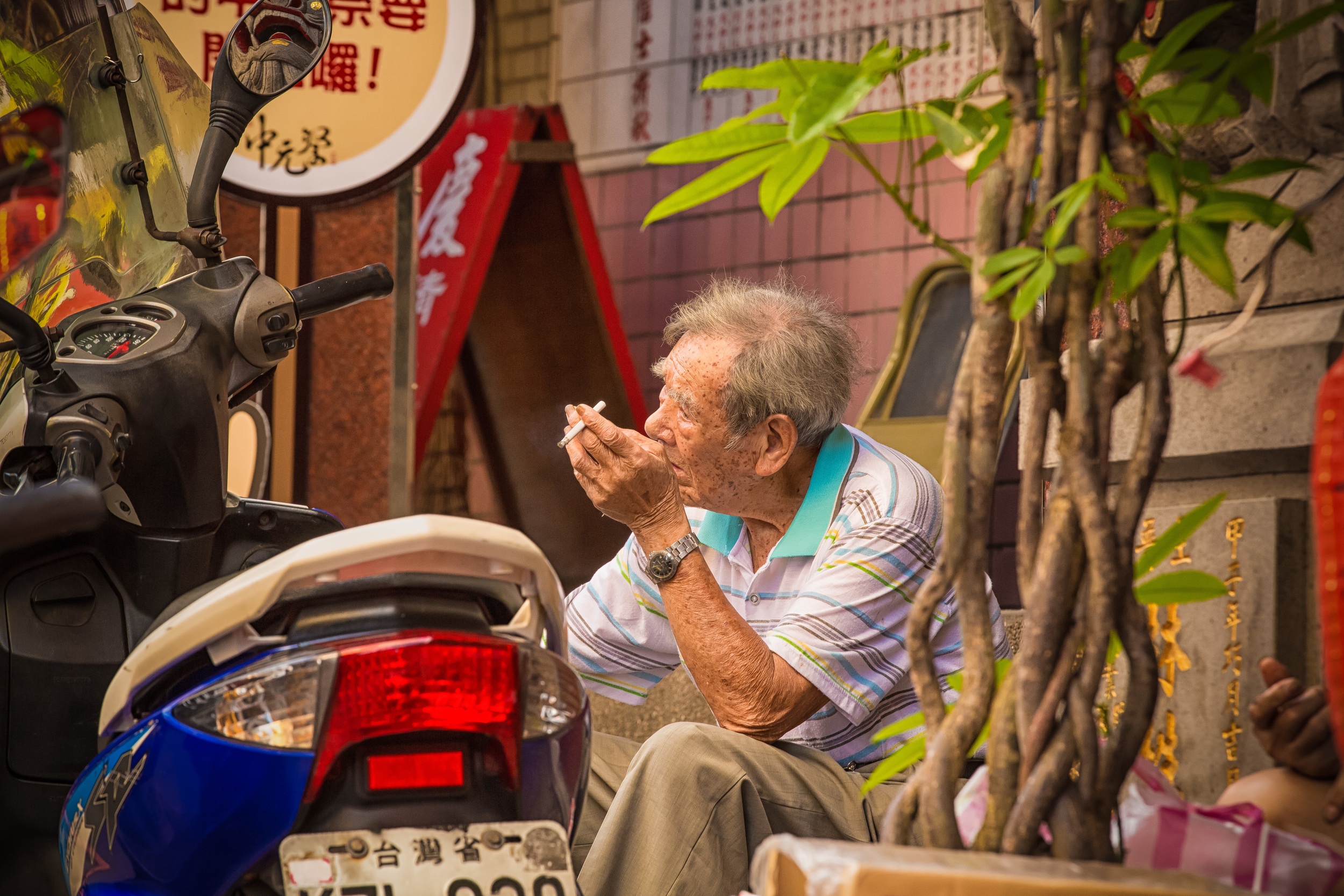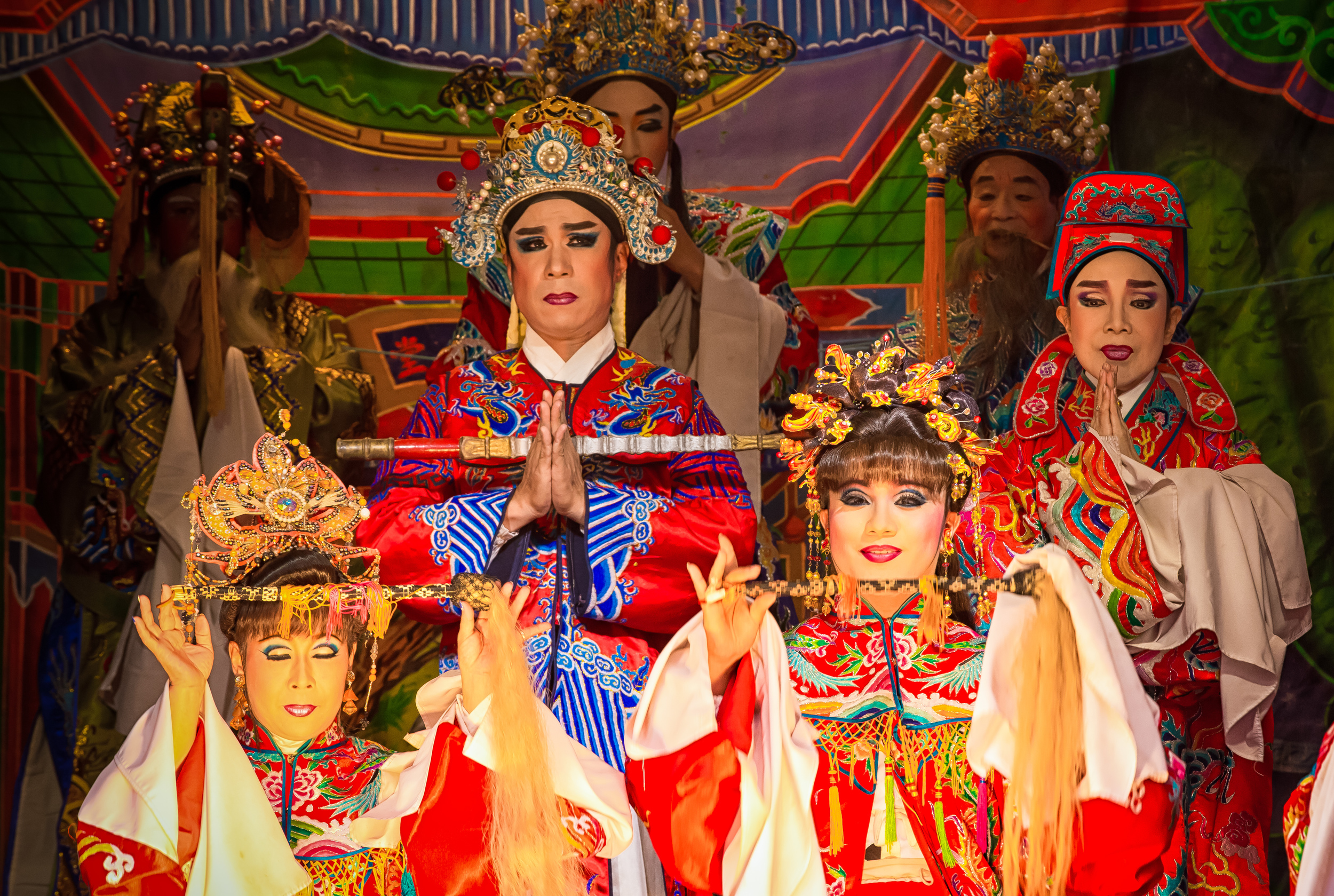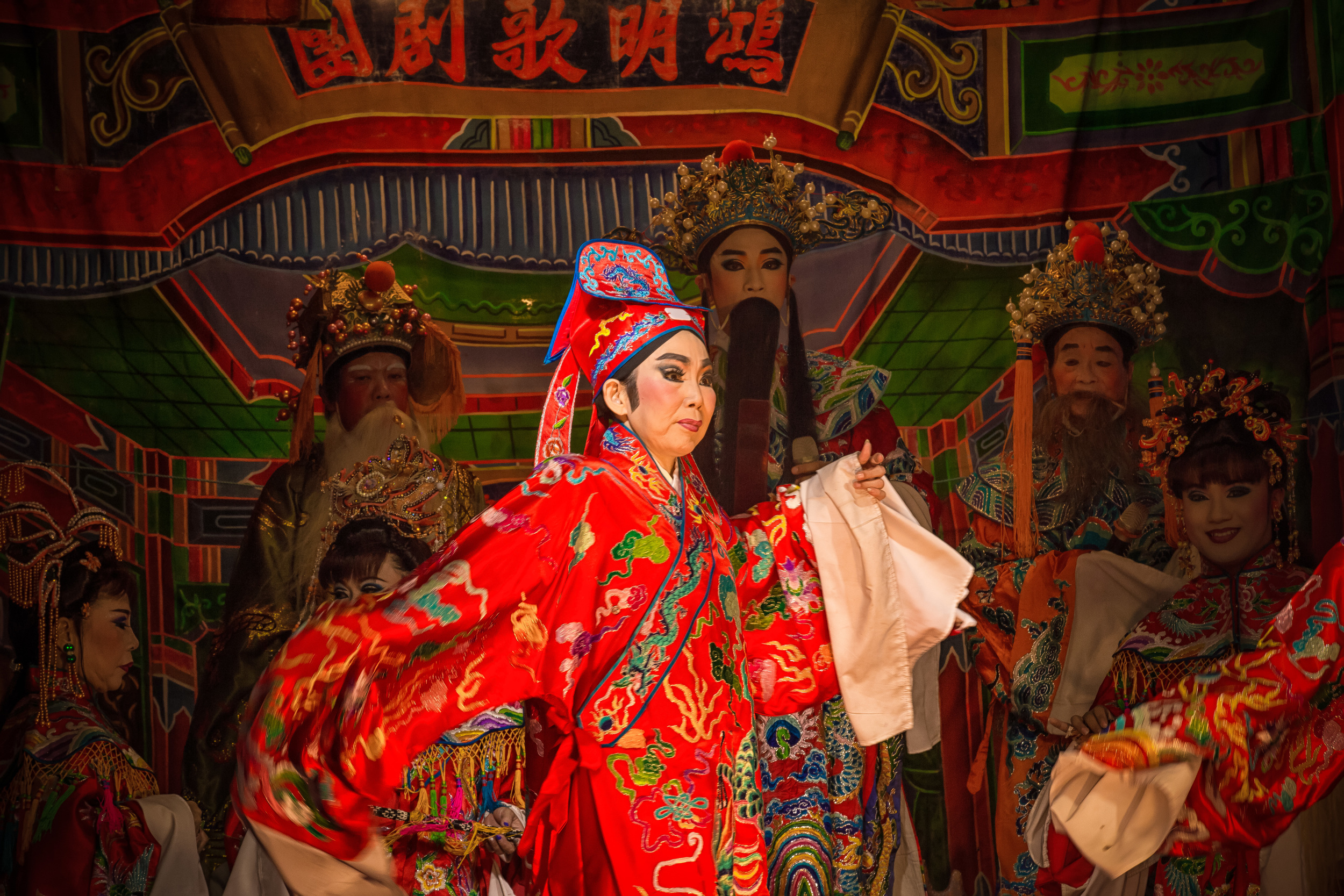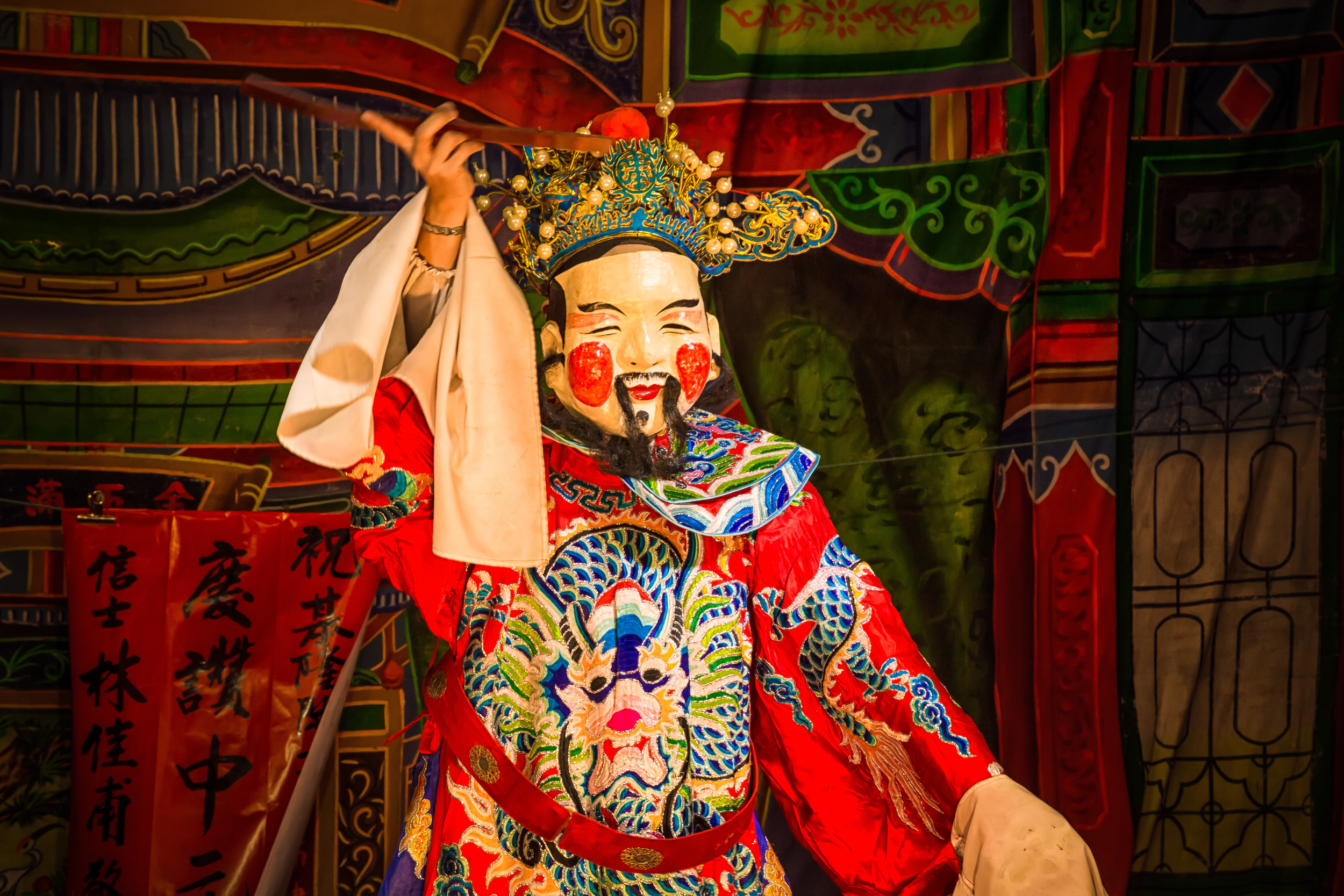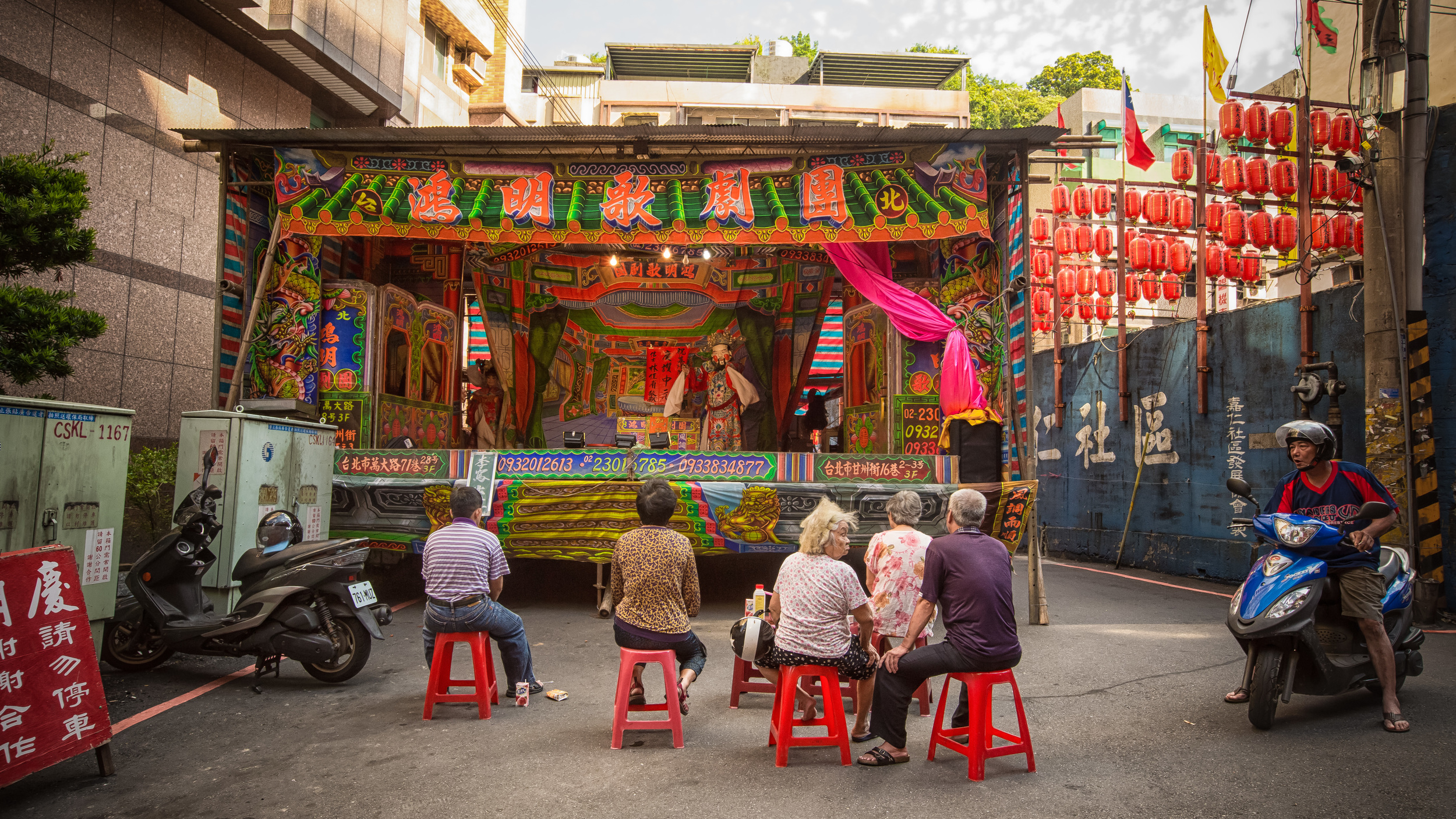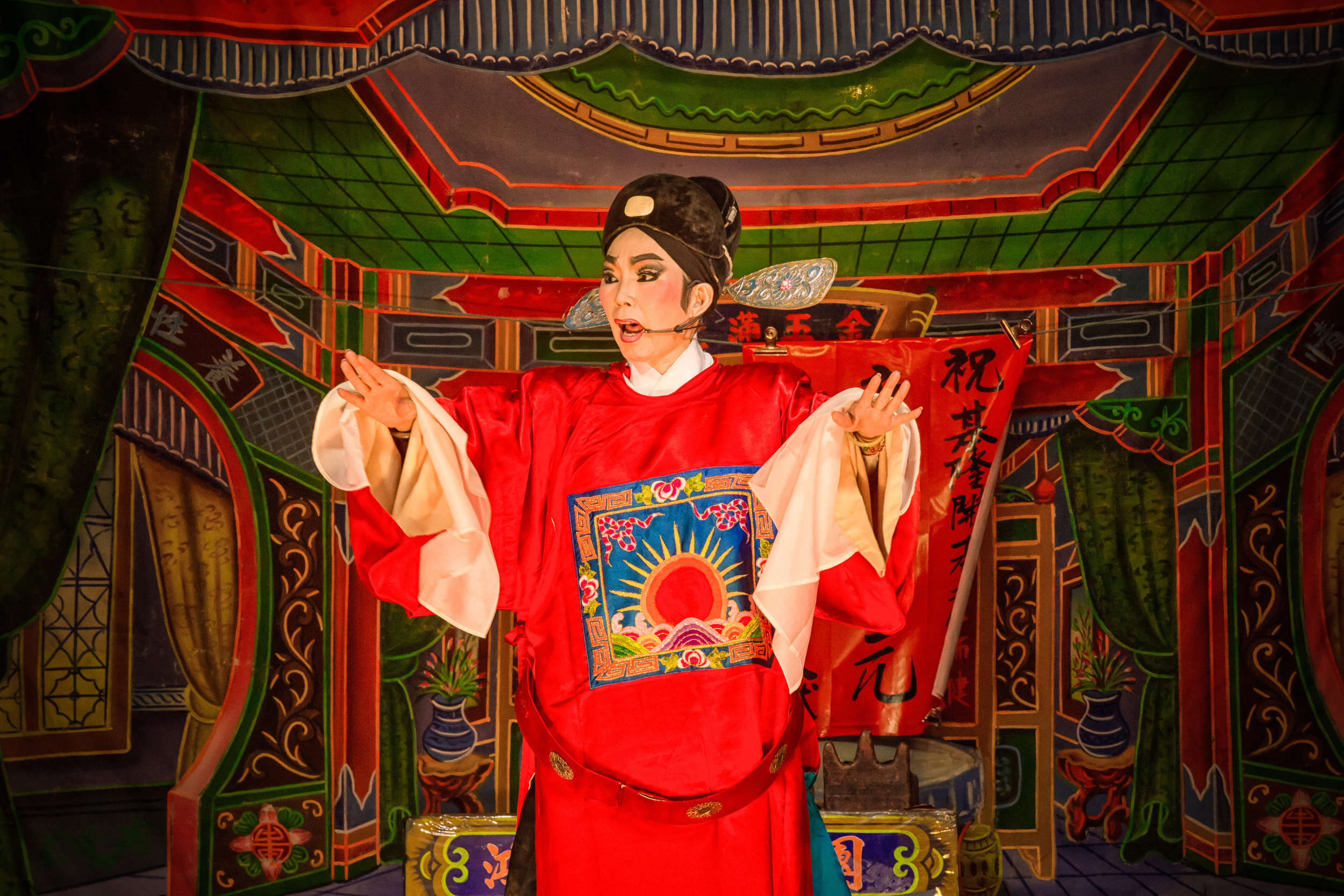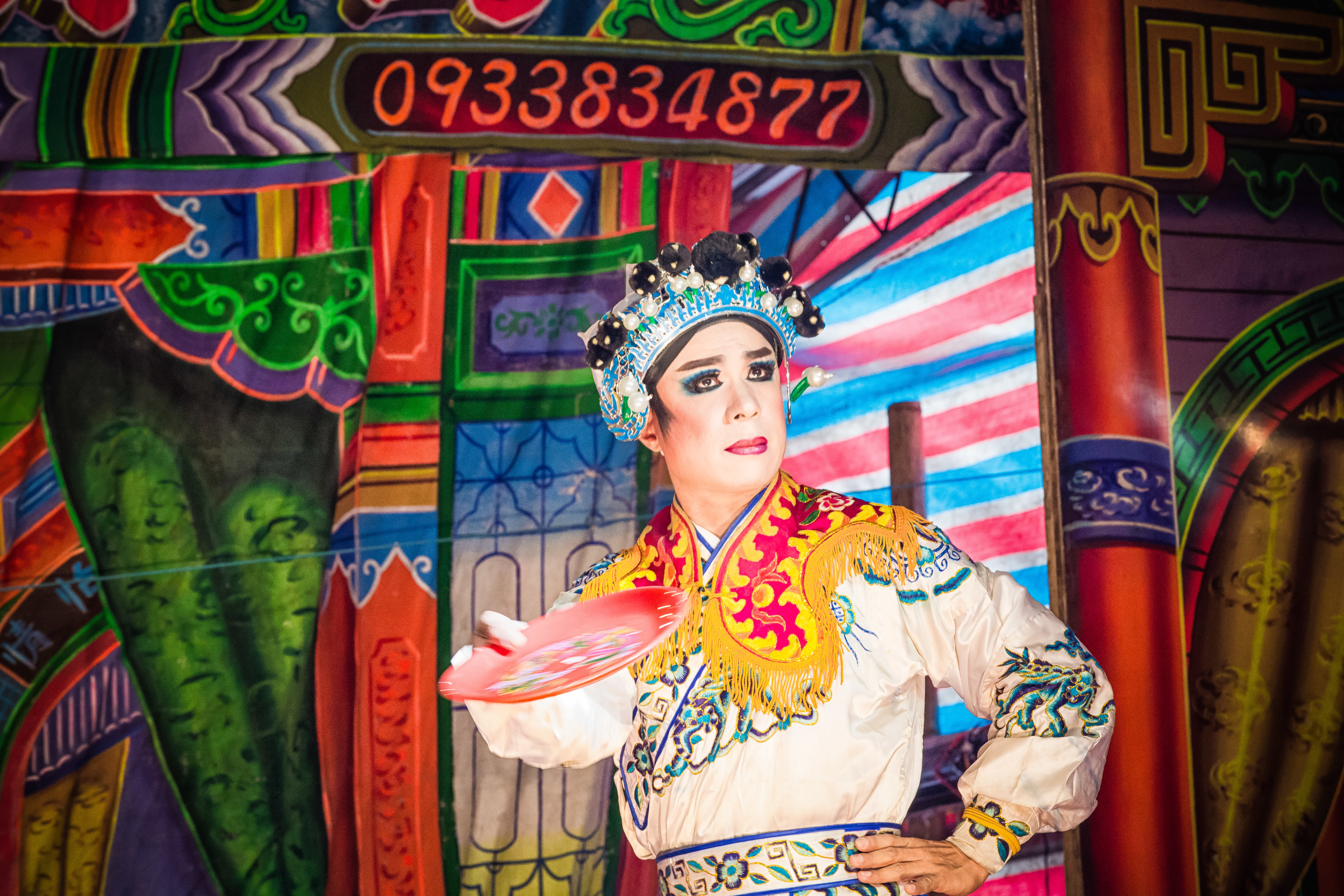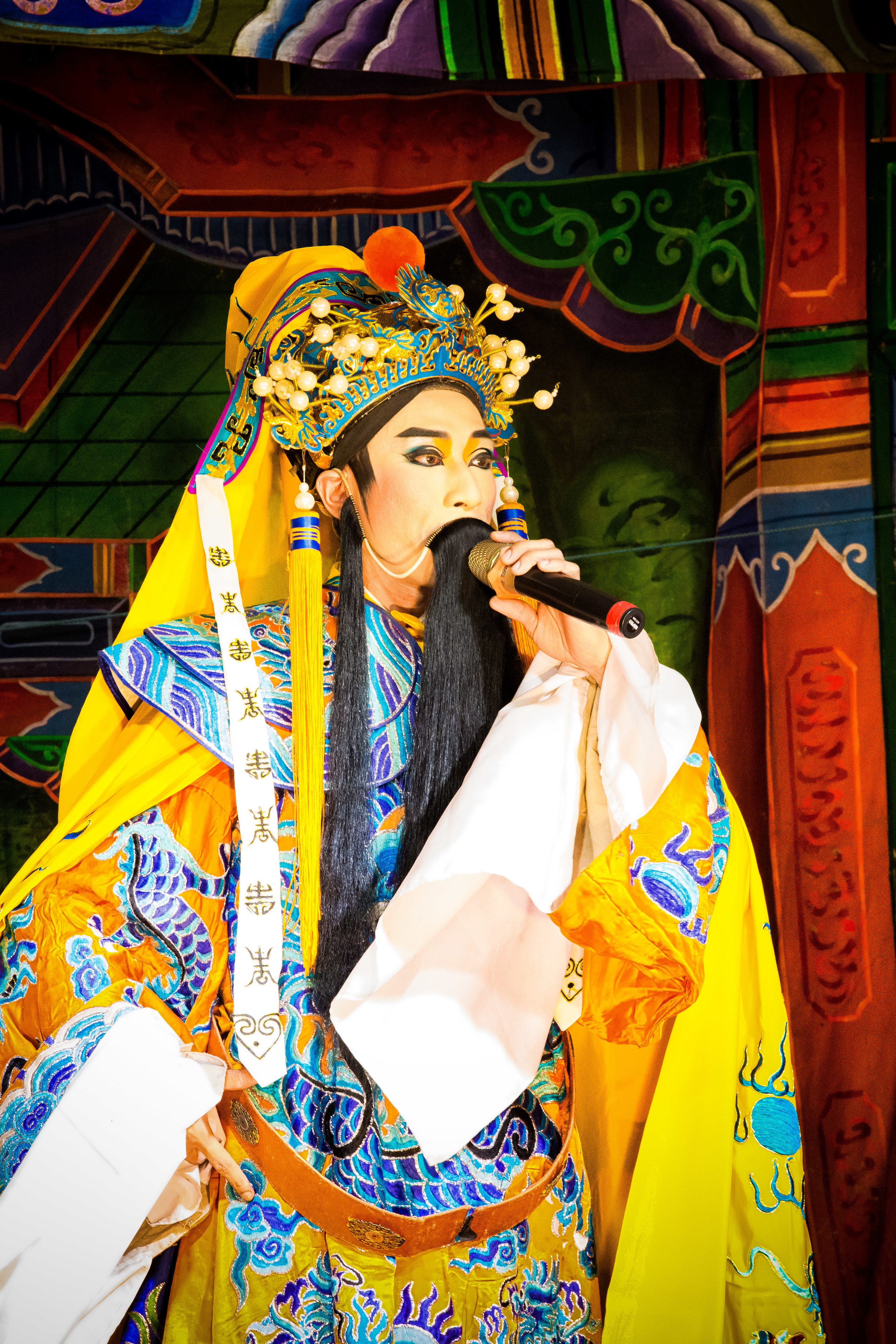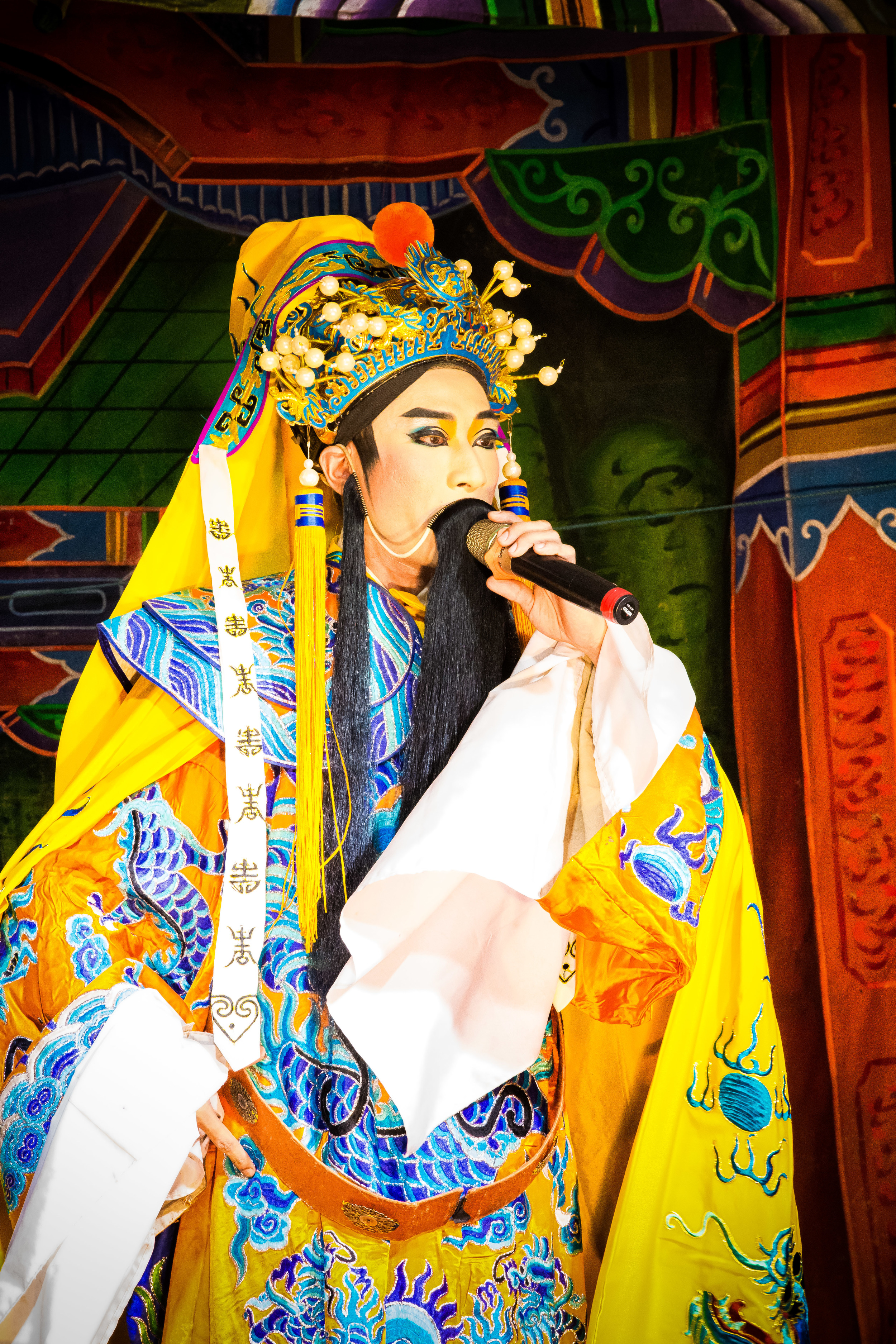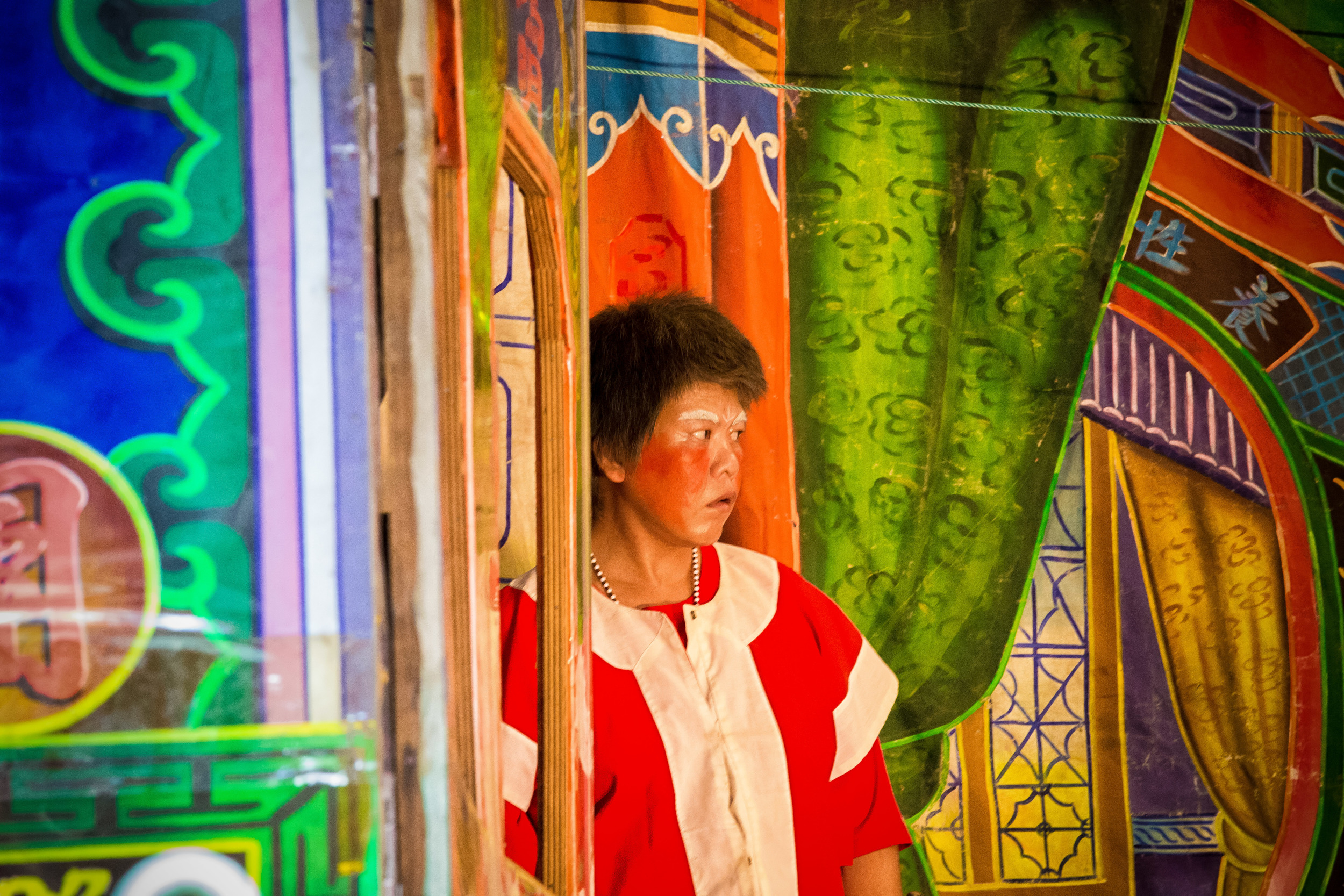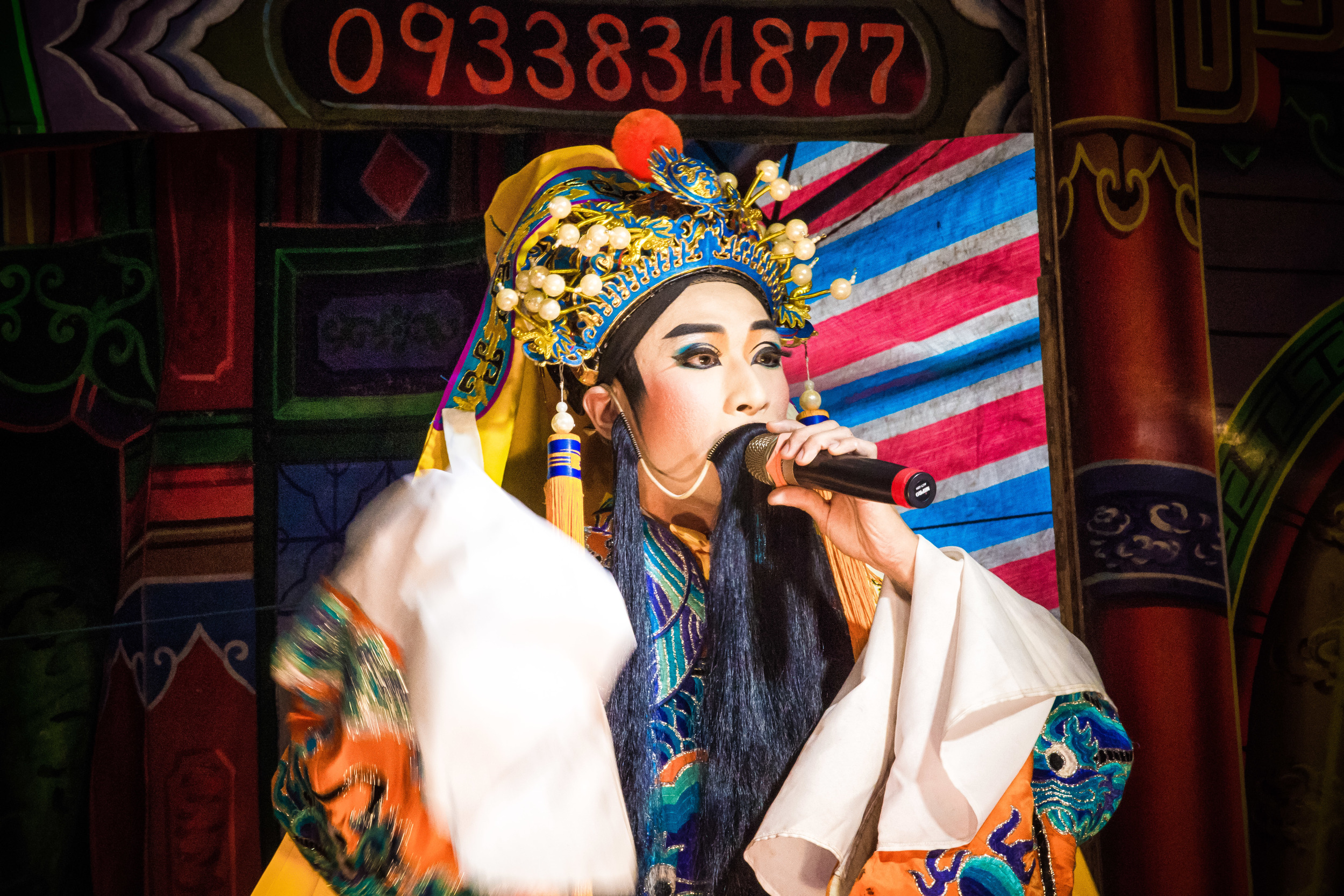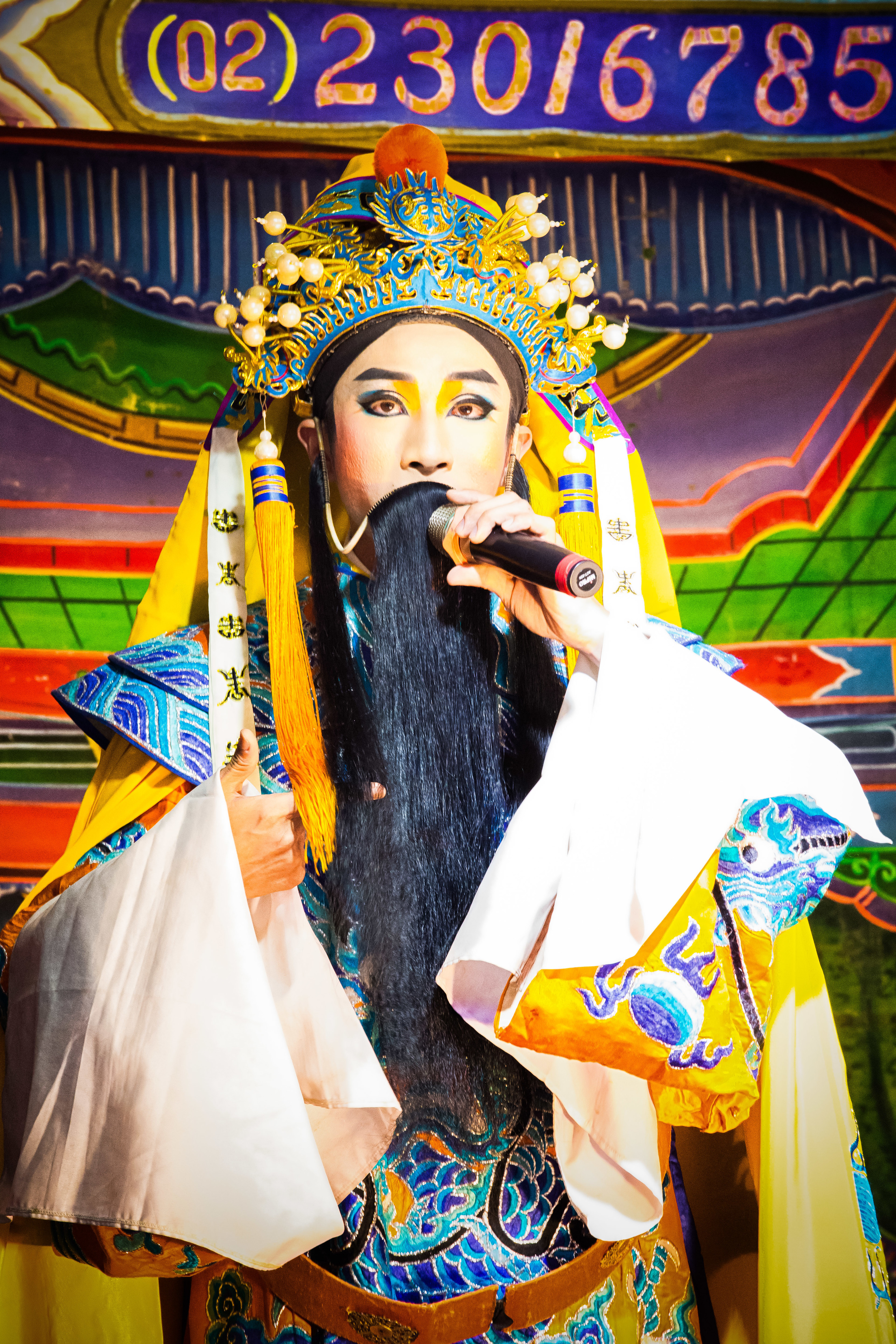Since I started this blog a little over two years ago, one of the most popular posts has been the one about the Pigs of God festival. There isn't a wealth of information available in English about this cultural tradition, so I've always figured that the post was interesting to those who might be curious about what exactly goes on with this event after seeing something about it in the news or on social media.
My post last year was meant to explain the ritual and give a bit of the cultural context to people overseas who don't really understand what's going on but feel triggered somehow and end up condemning the people of Taiwan when they see sensationalistic news and photos about this festival.
With this post, I plan to expand upon the information I provided about the ritual last year as well as provide some updates and personal opinion. I've attended this festival pretty much every year for the last decade, so I hope that after reading this you'll understand a bit more about this cultural tradition through my experience. The purpose of this post is to attempt to offer a balanced look at this centuries-old cultural practice and not to sensationalize things the way the foreign media does.
Before I move on though, I should add the disclaimer that there will be a few photos of dead pigs in the later stages of this blog post. There is nothing particularly gruesome but I'm just warning you beforehand!
The practice of putting giant carcasses of dead pigs known as the "Pigs of God" (神豬) on display as a form of animal sacrifice is a tradition that started with the Hakka people a few hundred years ago here in Taiwan. Chinese culture however is no stranger to animal sacrifice and the practice has been going on for thousands of years. This particular ritual is a relatively new one with only a two hundred year history but is one of those traditional cultural practices that has struggled to stay relevant in modern times due to to societal changes and attitudes towards animal welfare.
The event is often described as being mired in controversy but at the same time it also has the ability to arouse the curiosity of society at large who yearn for a bit of tradition in their hectic lives while others may look at it as a way to connect them to their heritage. This means that while there are quite a few people who oppose it, there are others who make sure to visit and do their best to experience the vibrance of Taiwanese culture.
The arguments for and against the festival go a little bit like this: Activists argue that this practice is not in line with modern Taiwanese society and that the tradition should cease to continue while supporters insist that it is a traditional aspect of Hakka culture and therefore it should be preserved. Taiwan is a highly developed country where modernity and tradition are often at odds with each other, so when it comes to events like this groups who support these cultural traditions are often just as vocal as the opposition when their traditions are being targeted. In most places around the world a disagreement of this nature would likely lead to violence, but not in Taiwan where people (for the most part) respect the rule of law.
I have covered this festival as a photographer for several years and while I personally don't agree with the practice, I do my best to understand the cultural tradition that has inspired it and generally keep my opinion to myself. I believe that my job as a photographer is to use my camera to show people what is happening and thus letting them decide for themselves how they feel. As an expat living in Taiwan, I don't think it is really my place to tell people what they should and shouldn't do and even though I have issues with animal abuse and animal sacrifice, I have to say that attending the event is always an interesting experience and offers a great perspective into the local culture.
When I first came to Taiwan there were around five-ten giant pigs put on display per year. Friends tell me that when they were younger there were at least twenty or more. That number has slowly decreased with only three showing up last year and only one this year. I spoke to the director of the Taoyuan Yimin Temple (桃園縣平鎮市褒忠祠) and he explained that there are fewer pigs this year due to "environmental concerns" (環保的關係) and the fact that fewer people are willing to raise the pigs nor do they have the space to keep them.
Typically you can see the Pigs of God show up during the Hakka people's Yimin Festival (義民文化節) or (very ironically) during birthday celebrations for Master Qingshui (清水祖師), a Buddhist monk enshrined at the Qingshui Zushi Temple (清水祖師廟) in New Taipei City's Sanxia District.
The pigs are raised for at least two years and during that time they are force-fed in much the same way as a goose or duck in France is fed in order to make foie-gras which allows for the pig to grow to abnormal proportions. There are reports that a few days before the event takes place over-zealous farmers will force feed heavy metals to the pig to make its final weight much heavier in order to win. I'm not going to dispute that this kind of cruelty takes place but I also think that there is a lot of negativity and false information spread around to discredit the festival.
In the past the pigs would be taken out into the public square in front of the temples to be weighed and publicly slaughtered. This was a gruesome sight and one that I'm glad I've never had to experience. Foreign media outlets however report that this is still a common practice as the pigs are brought out on forklifts, weighted and they slaughtered in front of cheering crowds which I have to say is blatantly false and is only used as a means to slander the good people of Taiwan.
While most religious groups that have practiced this type of animal sacrifice have put an end to the practice, Yimin Temple (義民廟) and Sanxia's Qingshui Zushi Temple (清水祖師廟) are the last to carry the torch. Both temples have had to tone things down though and the Qingshui temple has promised to end the practice by 2017 and find another way to carry on the tradition in an attempt to placate both the traditionalists and those who stand up for animal rights.
Last year, the winning pig weighed around 840kg (1680台斤) and this year the sole entry into the contest was around 675kg (1350台斤) showing a bit of a decrease from years past. For a bit of clarity - market sized hogs sell when they are at about 250 - 270 pounds (113-122kg) meaning that the Pig of God this year grew at least 5-6 times the normal size while winning pigs of the past have reached anywhere between 800-900 kilograms making them almost ten times the size of a normal healthy pig.
The pigs are raised in a way that they are constantly overfed which eventually forces them to become immobile. This lifestyle is extremely unhealthy for the animals as they develop painful bed sores and often suffer from organ failure and various other ailments. Despite knowing all of this, after the pig is slaughtered there are long lines of people lined up to get a piece of the freshly butchered hog that is freely distributed to the people in attendance.
The historical nature of the is event is a bit hard to understand and (even if you speak Mandarin) there aren't a lot of resources on the Internet to really explain why it all started but after several hours of research I was turning up blanks. So, I decided to just ride my scooter over to Hsinchu's Hsinpu village (新埔鎮) and visit the largest and most important Yimin Temple to get the answers I needed.
The origin of the event shares a history with the formation of Yimin temple itself - The temple is a religious and cultural centre for the Hakka people but it's purpose is to memorialize the patriotic Hakka militiamen who worked together to protect their homes and later quell several rebellions (林爽文事件及戴潮春事件) against the Qing Emperor in the late 1700s.
After each rebellion, the deceased members of the Hakka volunteer army were brought back and buried in the area where the temple now stands. For their heroism and loyalty to the Qing empire, the emperor sent plaques in their honour to thank them for their service and their sacrifice. The temple was ultimately built to remember these heroes but also to give the Hakka people a place to worship and celebrate their culture.
The deceased militiamen were honoured with a spirit plaque (神位) in the newly built temple which became known as "Yìmín Yé" (義民爺) and thus became the reason why the Hakka people celebrate the Yimin Cultural festival (義民節) every summer. In the early days of the festival there would be a huge feast to celebrate the deceased heroes and this feast always consisted of pork because it was one of the most important ingredients used in Hakka cuisine and also readily available to the people of that era.
This doesn't really explain why the Pigs of God became a competition though - This came years later when a young Hakka boy from Hsinpu who wanted to pass the Imperial Exam (科舉) visited the temple to pray to Yimin Ye to ask for a blessing in passing the test. When he eventually passed the test and returned to Taiwan he went back to the temple to thank Yimin Ye for help in passing the test. As a way of thanking the 'Yimin' his family prepared a huge feast at the temple for all the people to come and celebrate his achievement. During the feast it was decided that from then on it would become a tradition for a large pig to be raised in honour of Yimin Ye and to be presented during the Yimin Festival. The responsibility for raising the pig would ultimately rotate between the prominent Hakka families in order to ensure that each family did its part and that people wouldn't foolishly waste their money when they had such an important responsibility.
This rotation went on for quite some time but ultimately a healthy competition started between families as the pigs raised for the festival became larger and larger each year. A large pig became a symbol that a family was quite well off, so farmers started doing whatever they could to make the pig they had to raise grow as large as possible. When the problem of "face" comes into these kinds of things in Taiwan, a competition is bound to happen, and in this case, it was to be expected that even in off-years people would still raise a pig to submit to the competition while at the same time offering gratitude to Yimin Ye.
Basically things got out of hand because of a drunken conversation over a feast of amazing food.
In the history of the world this isn't the worst thing that could have happened because of a drunken conversation - but I think knowing the history gives me hope for the future - A future without the Pigs of God!
If the whole point of this was to have a feast and get together with the community, there are ways to do that which don't require giant pigs. Instead of raising a giant pig, the money that is spent on feeding such a giant animal for two years would probably be better spent on preparing an actual meal of amazing Hakka food for people to enjoy!
There are many ways to improve amazing festival while at the same time celebrating Hakka culture and history - I have seen with my own eyes that a lot of these changes are already taking place and that while the Pigs of God were an important aspect of the past, they are not an important part of the future.
If you have any questions, comments, corrections or criticisms, don't be shy, comment below and I'll get back to you as soon as I can!
Gallery / Flickr (High Res Photos)
